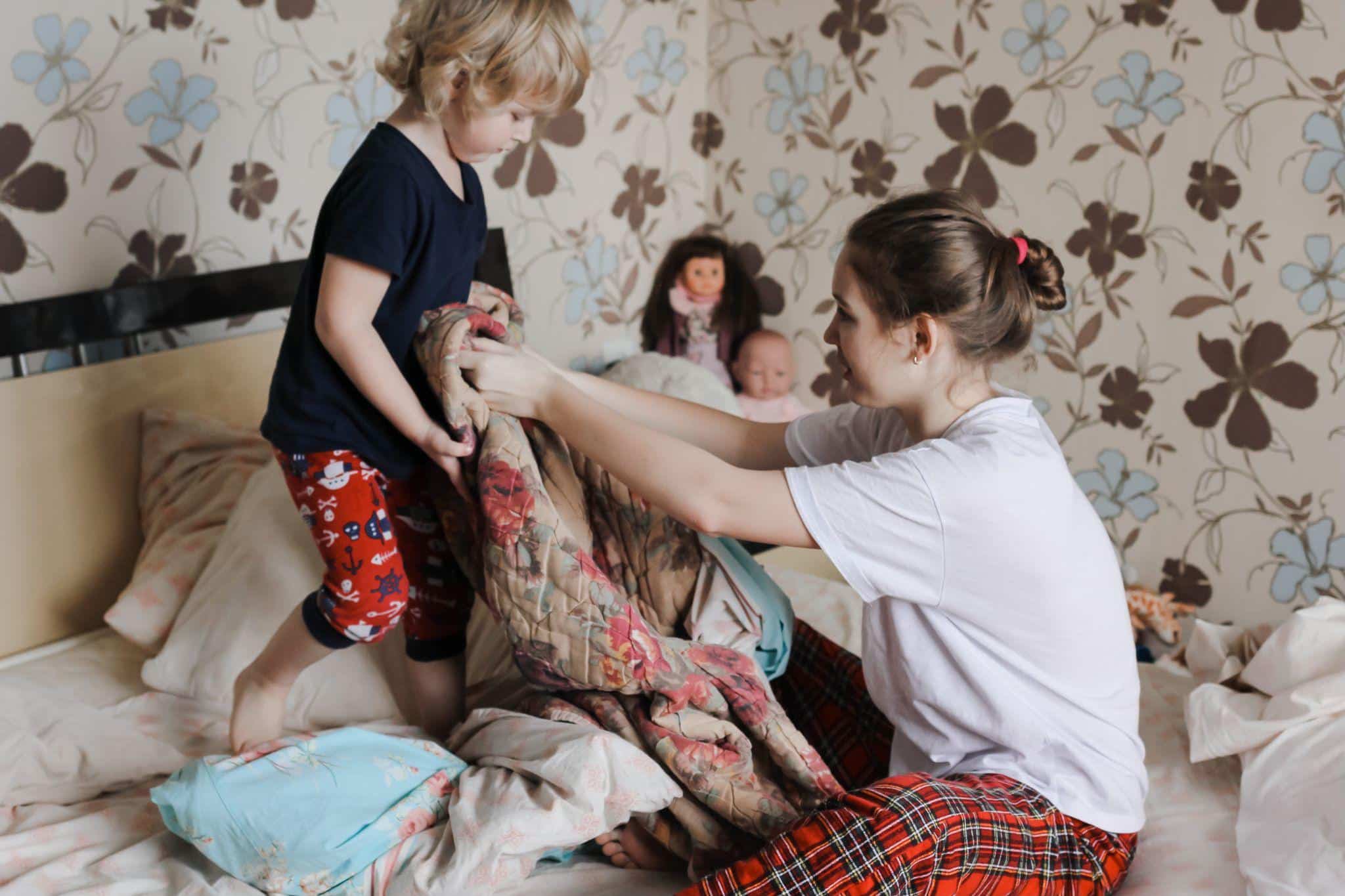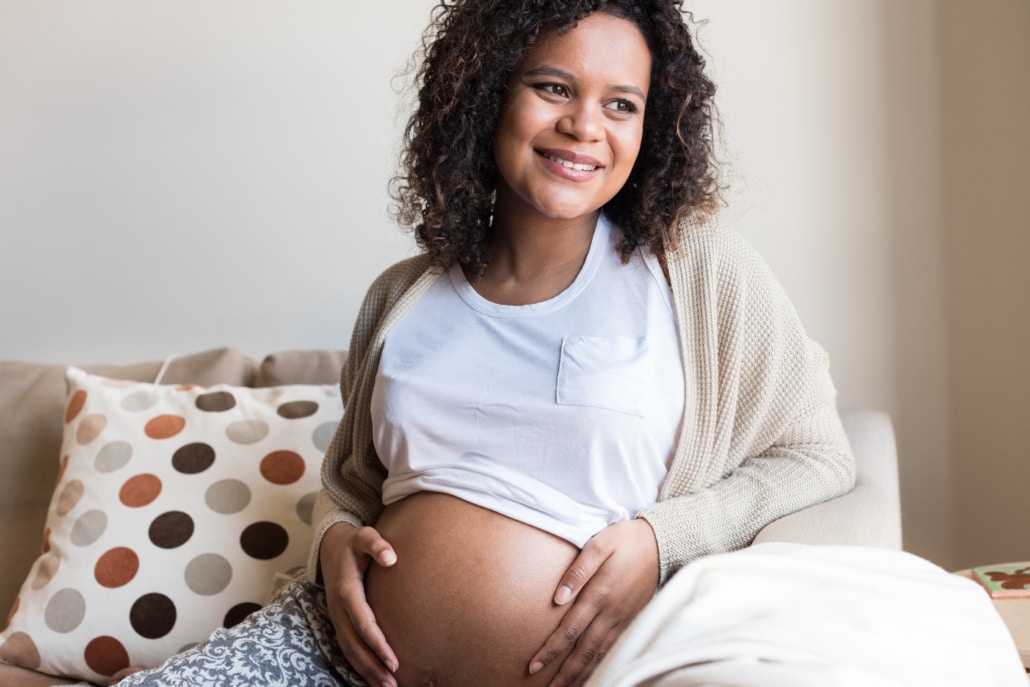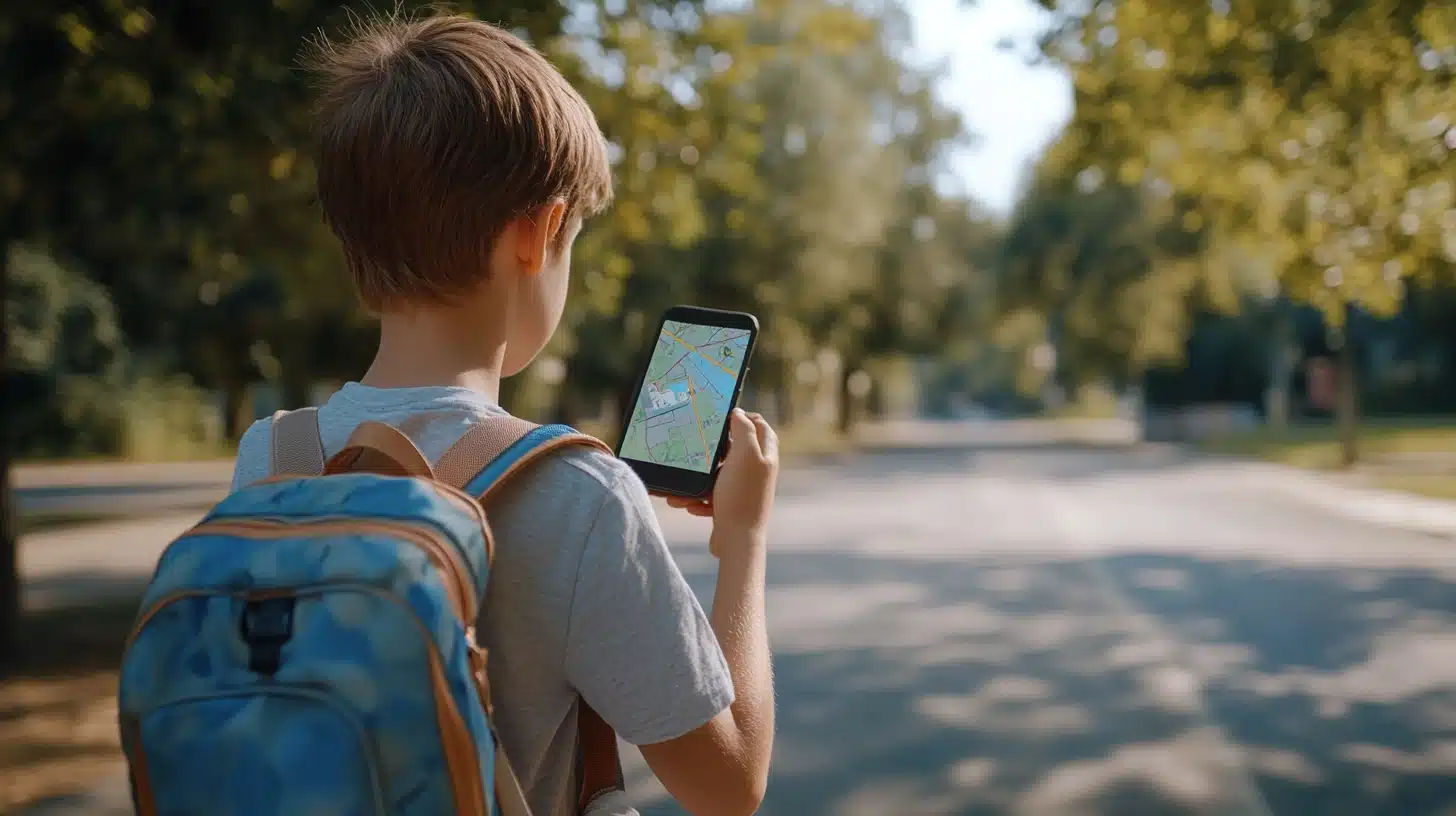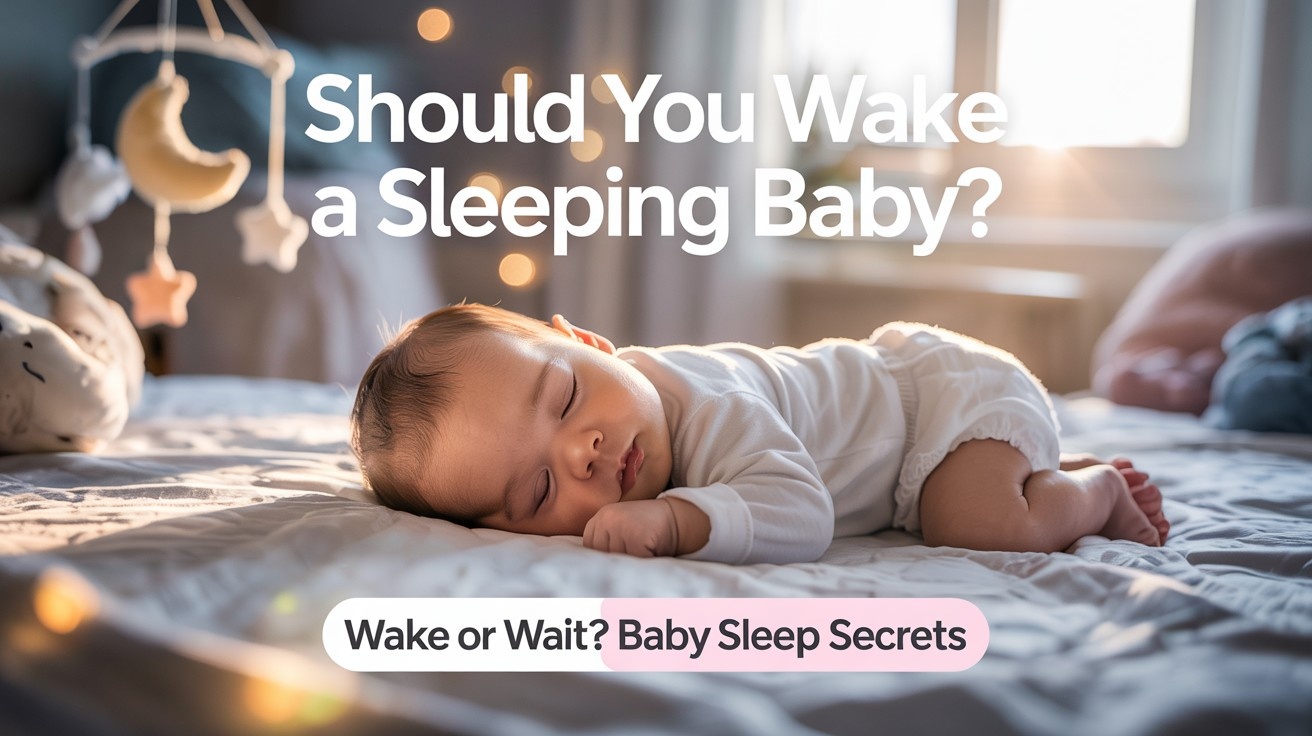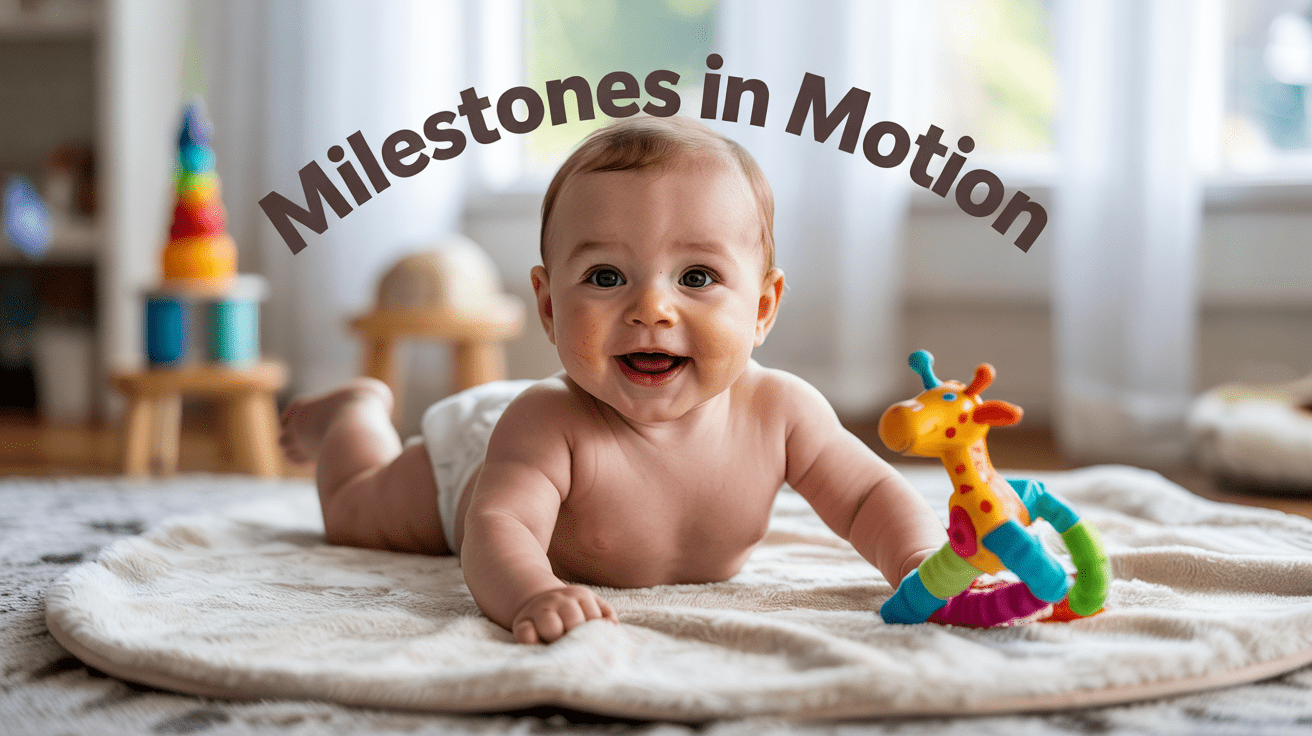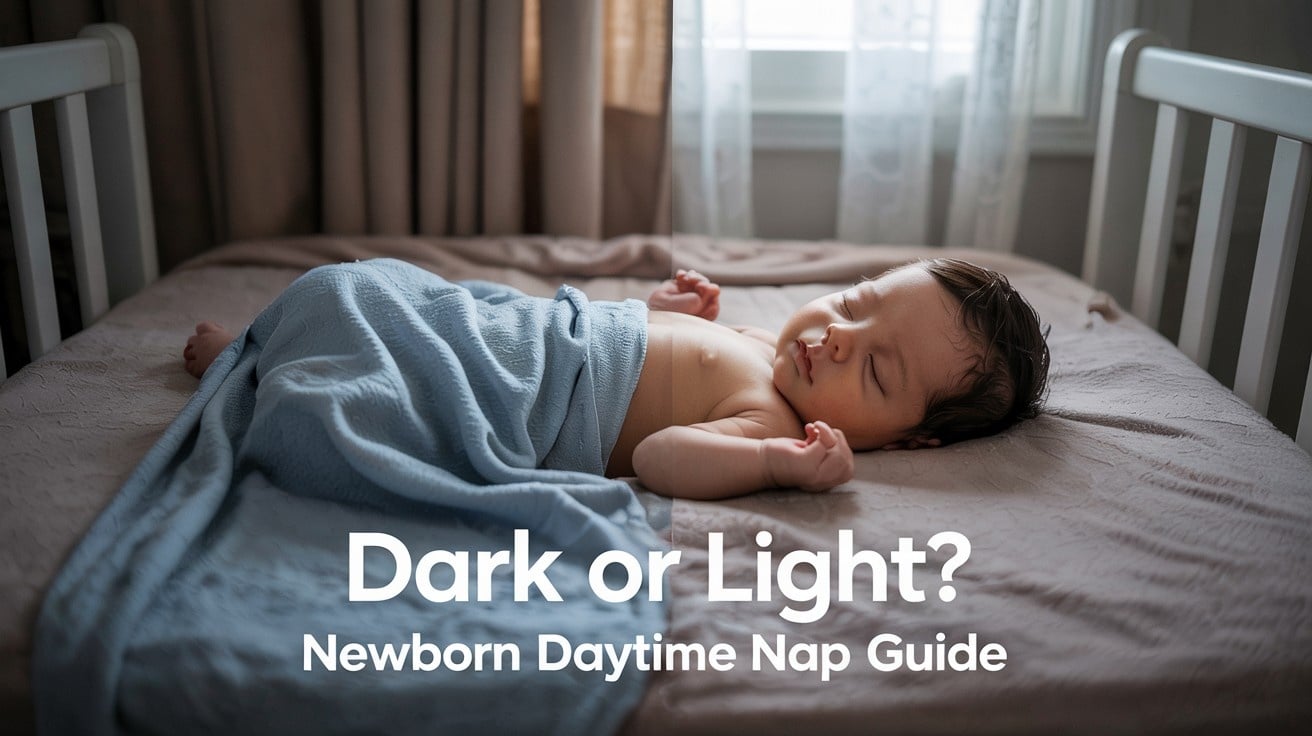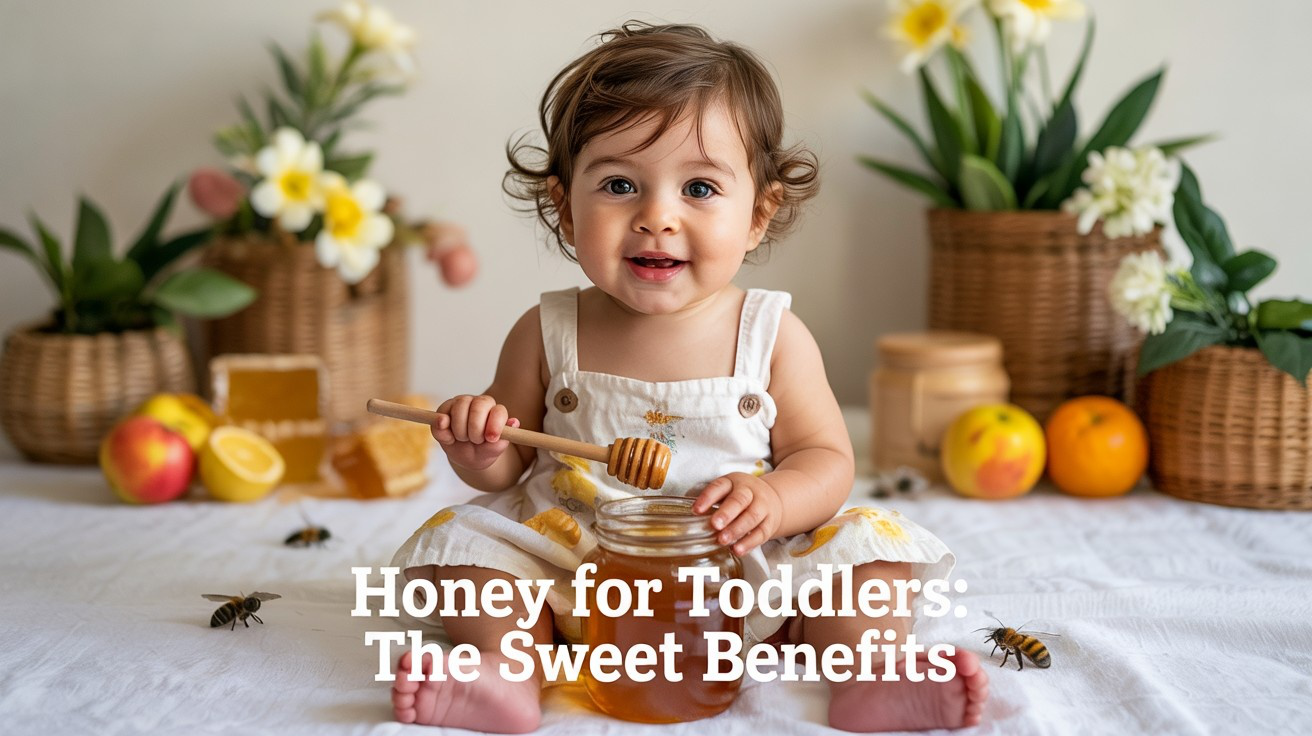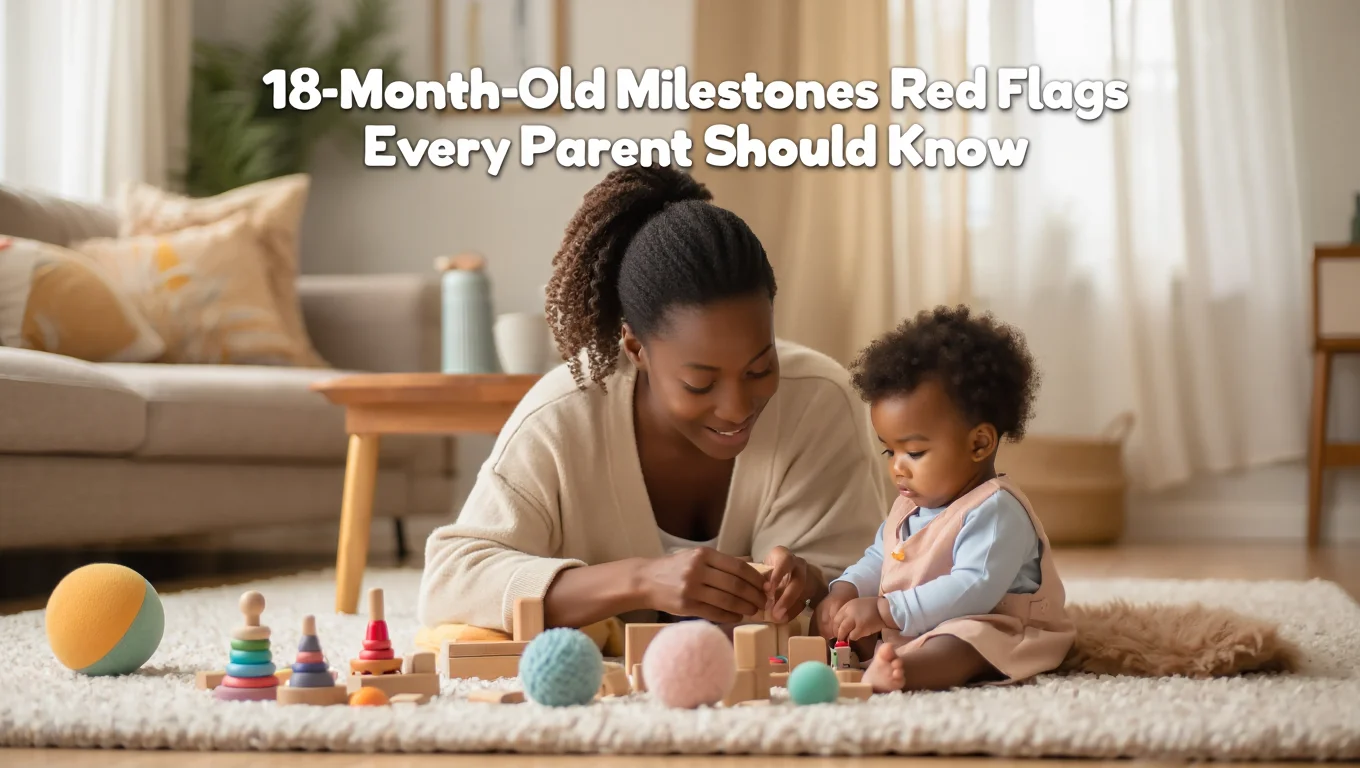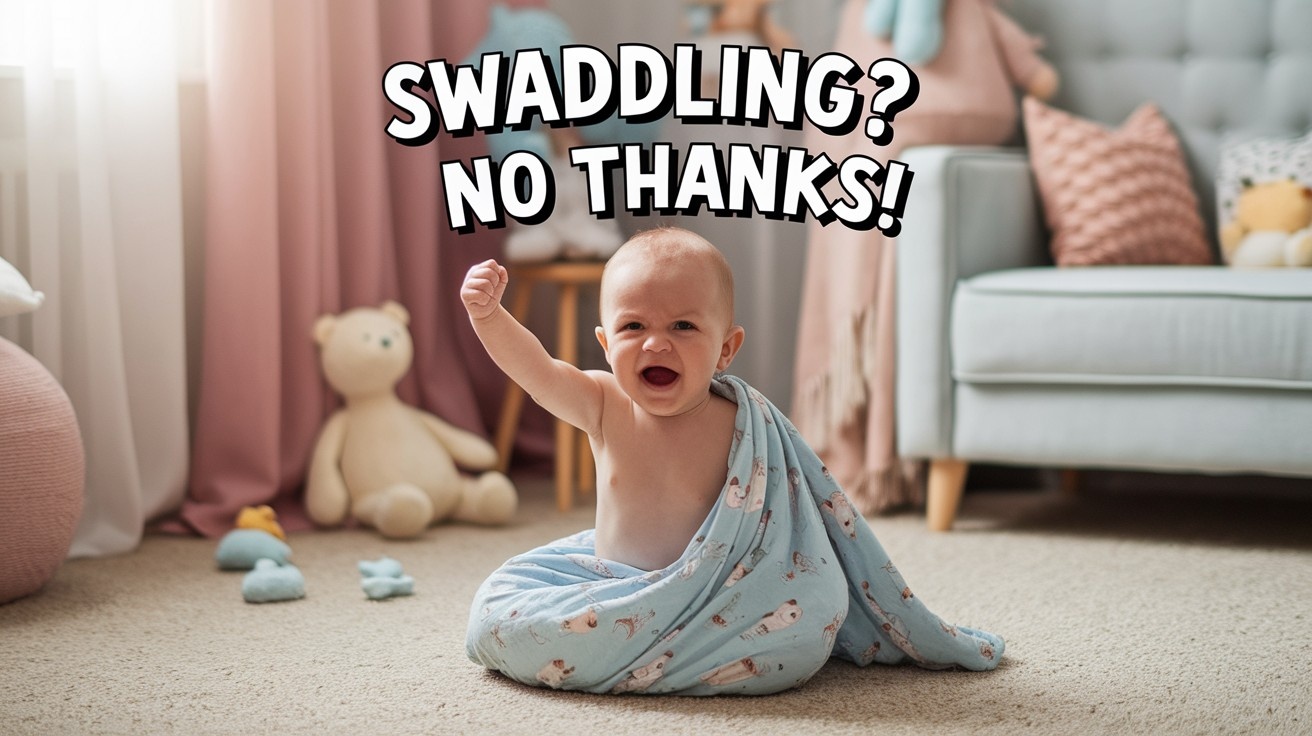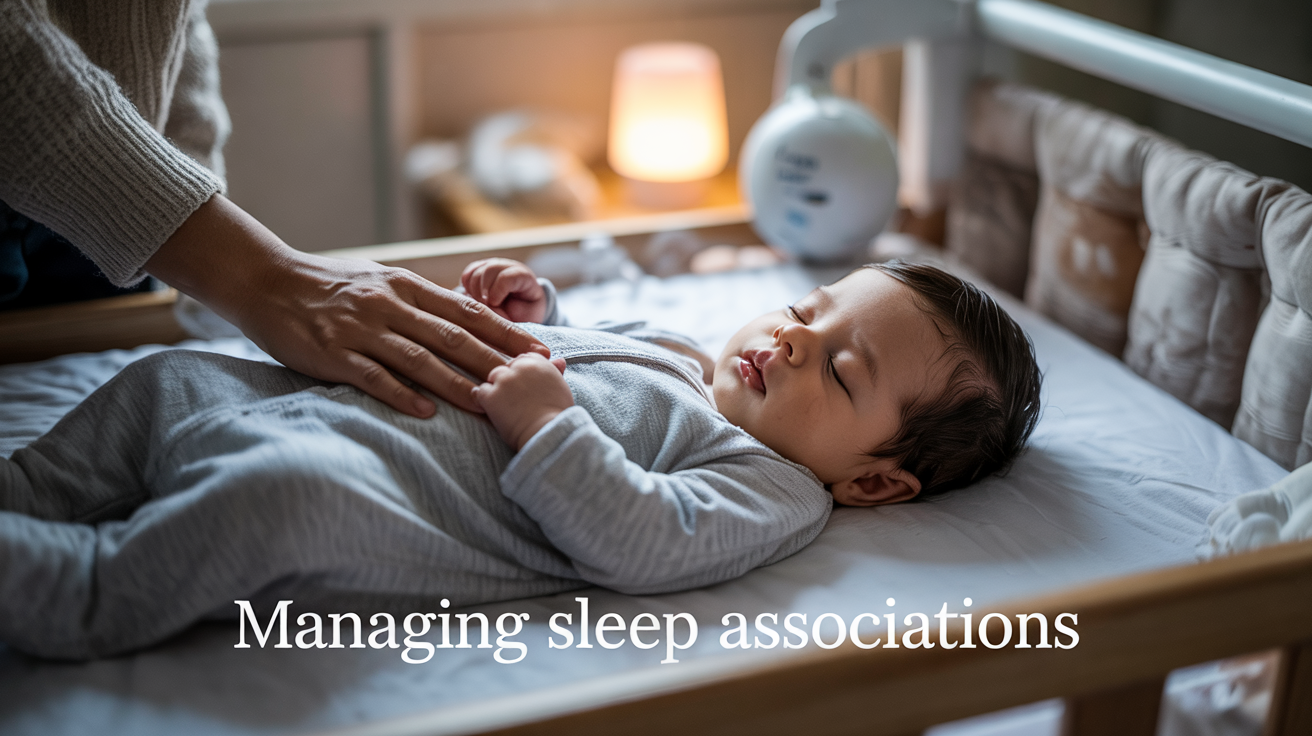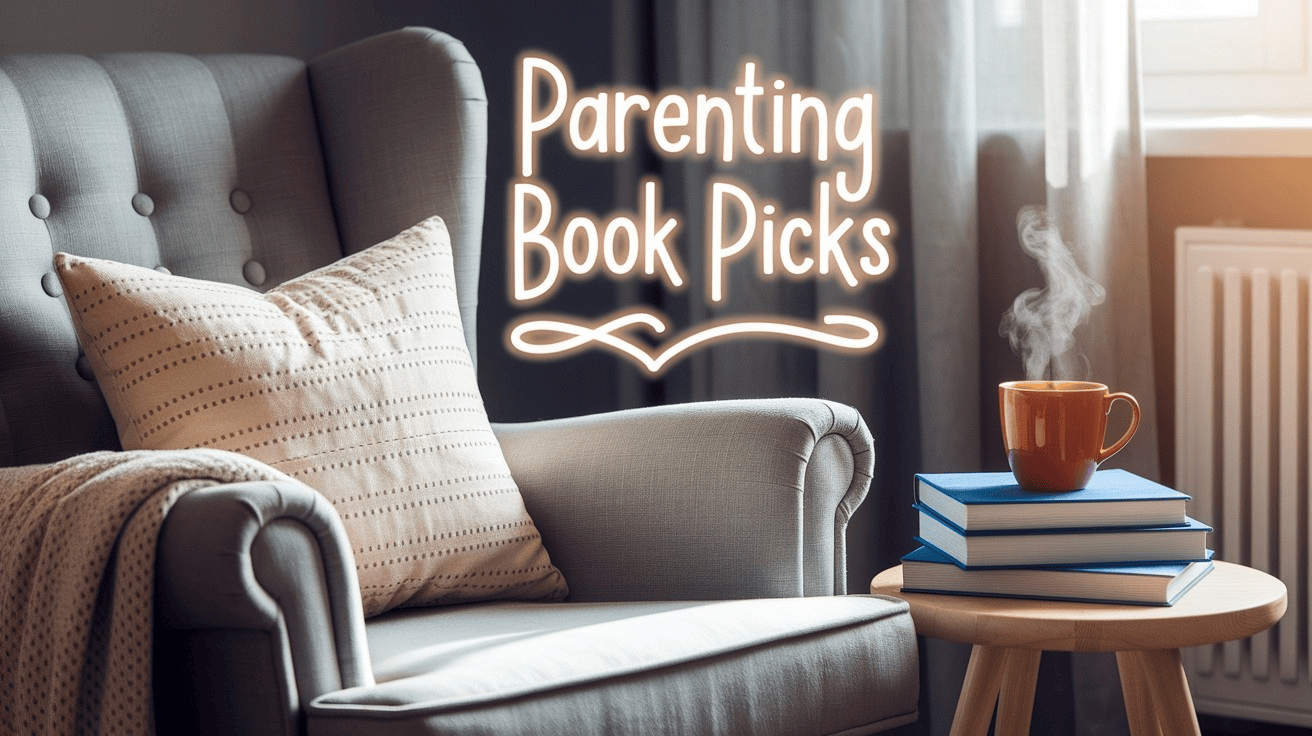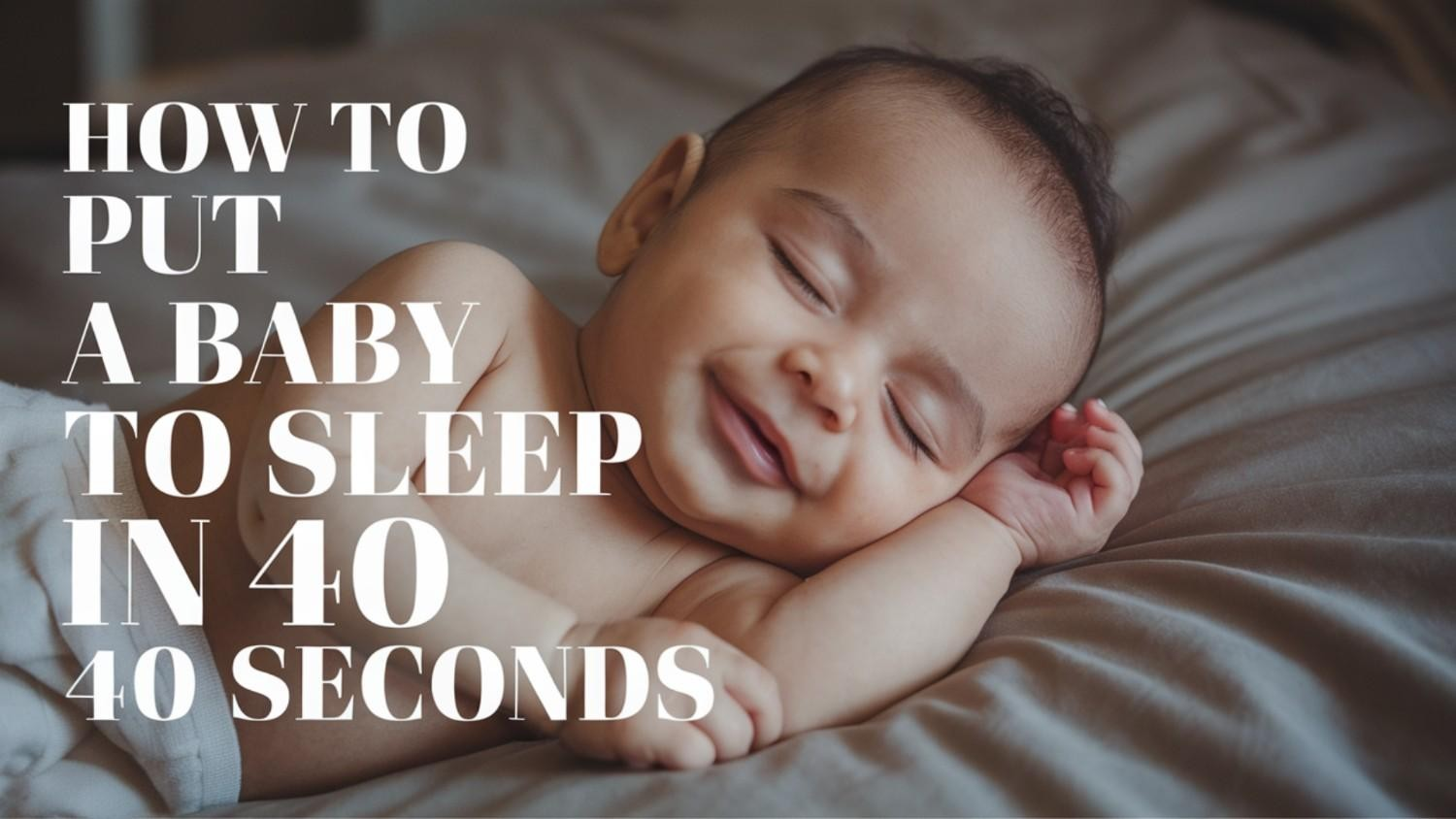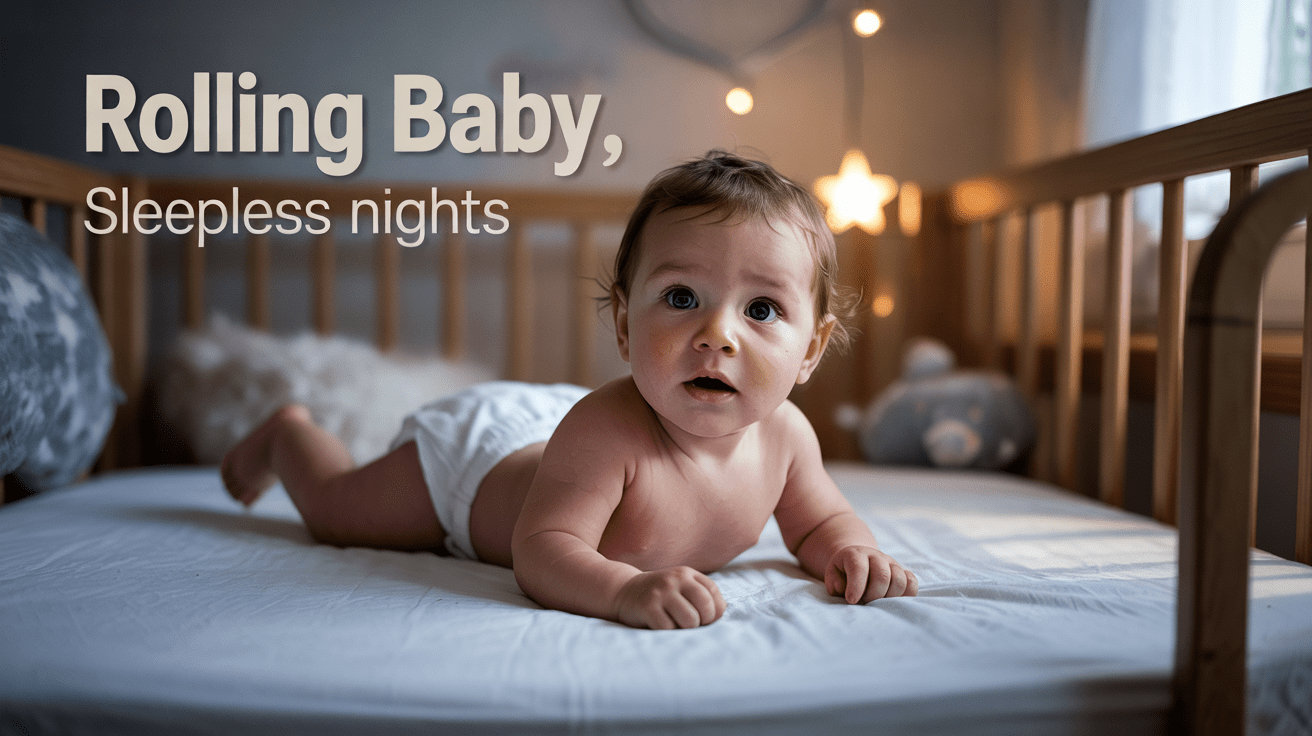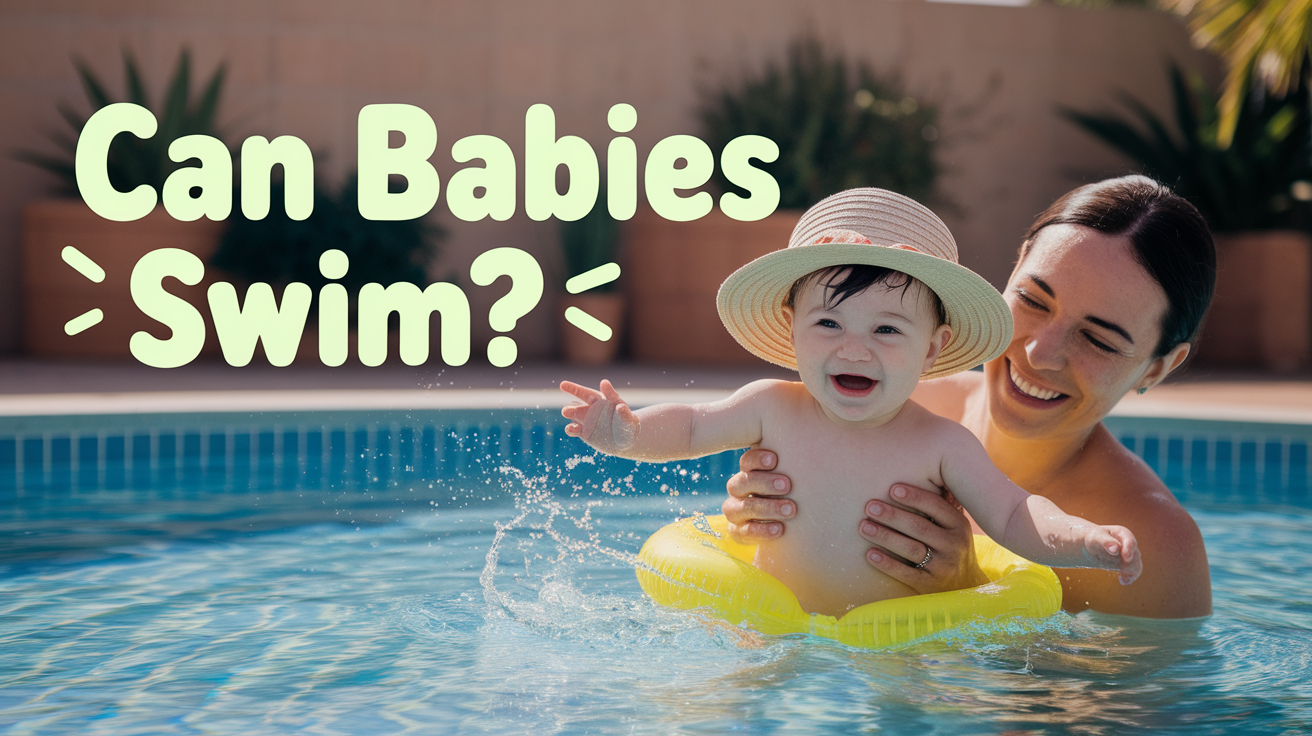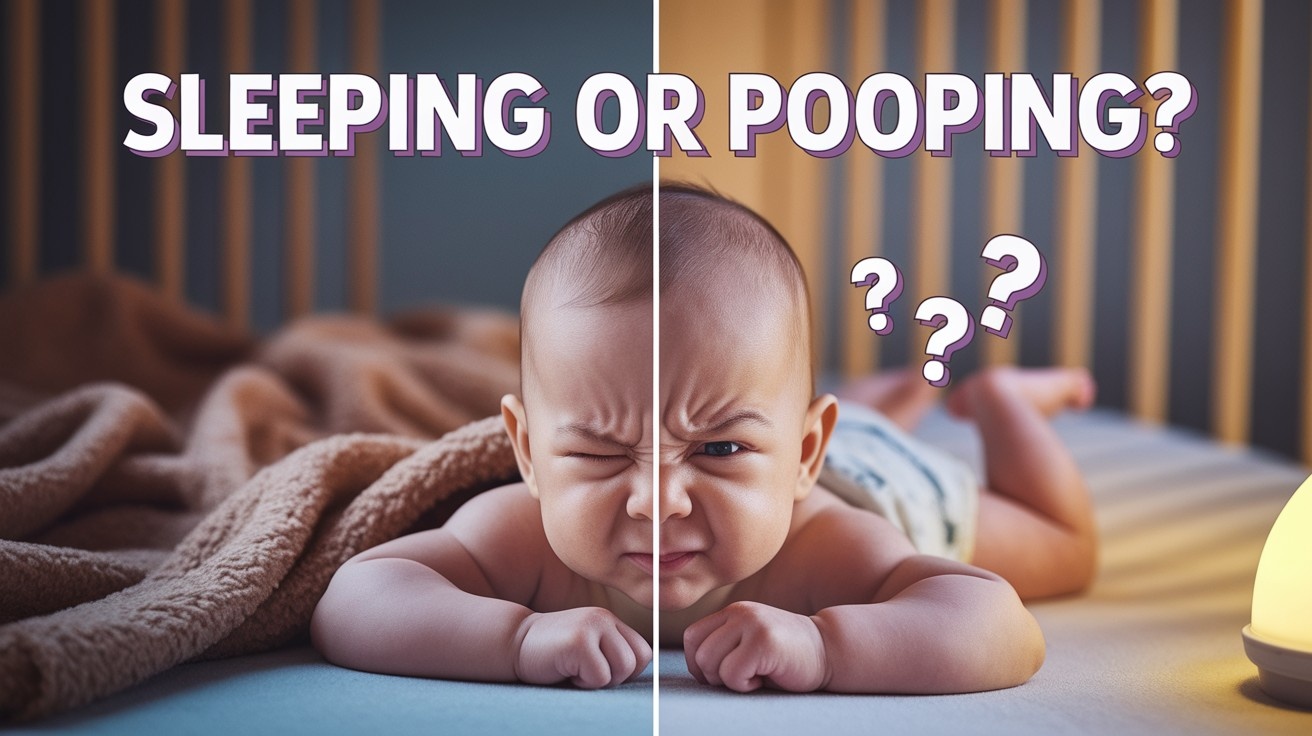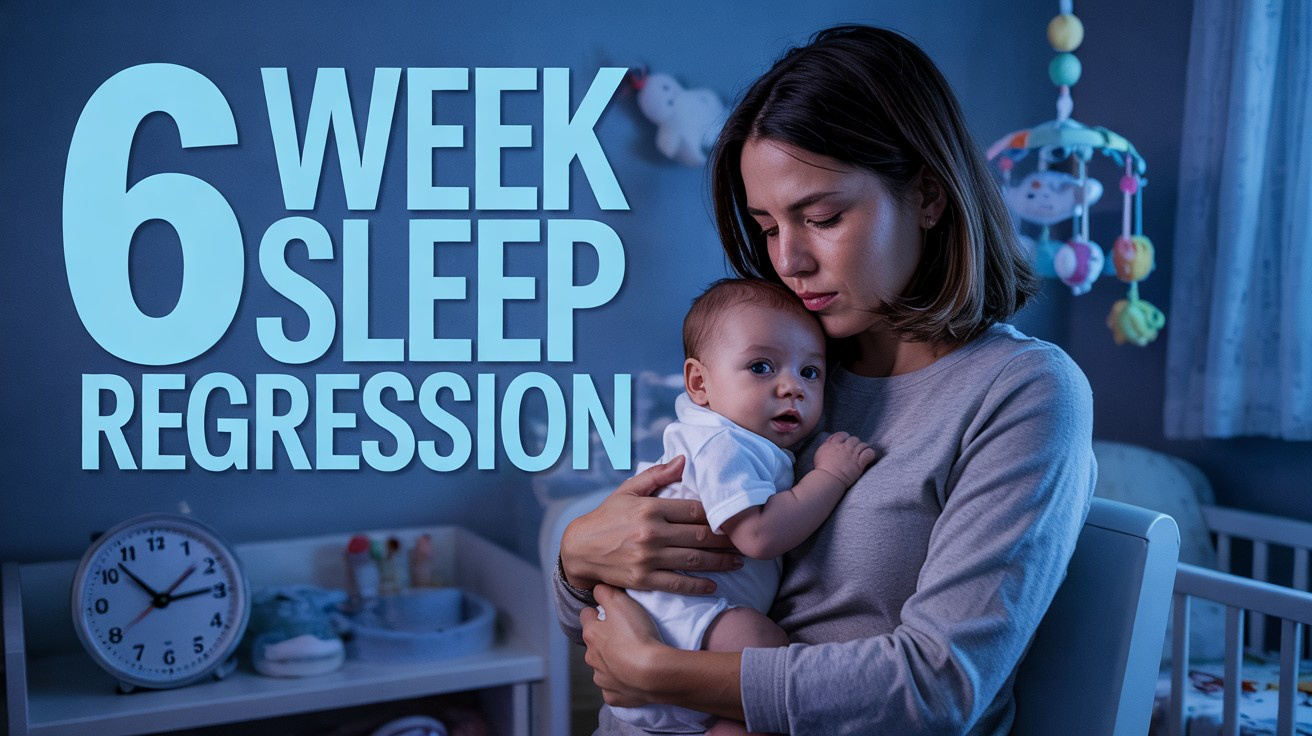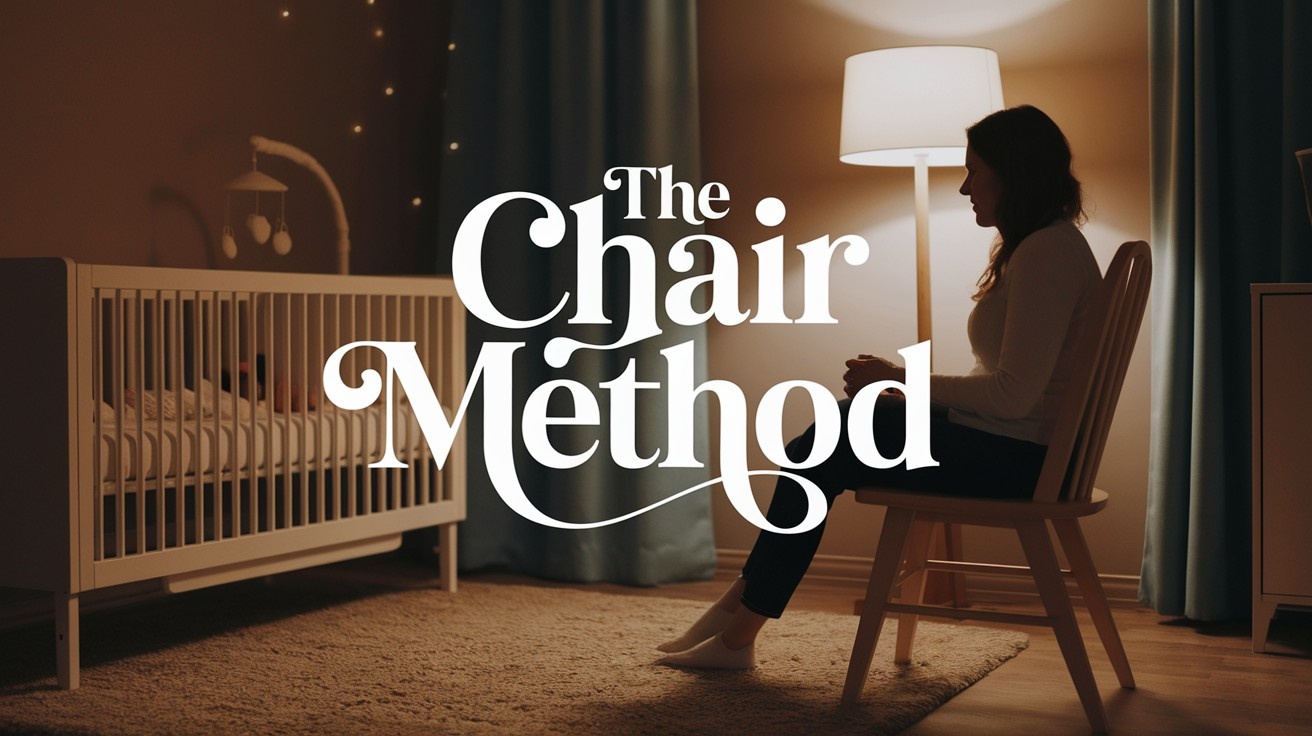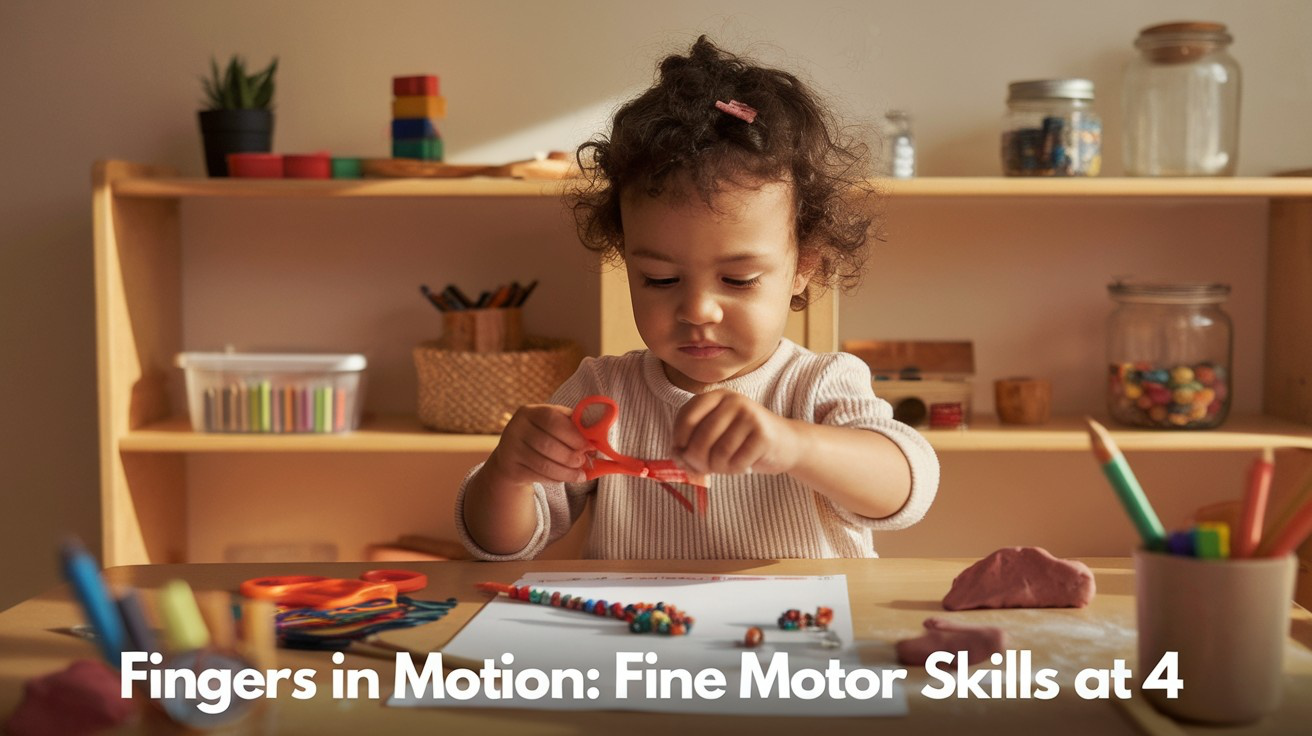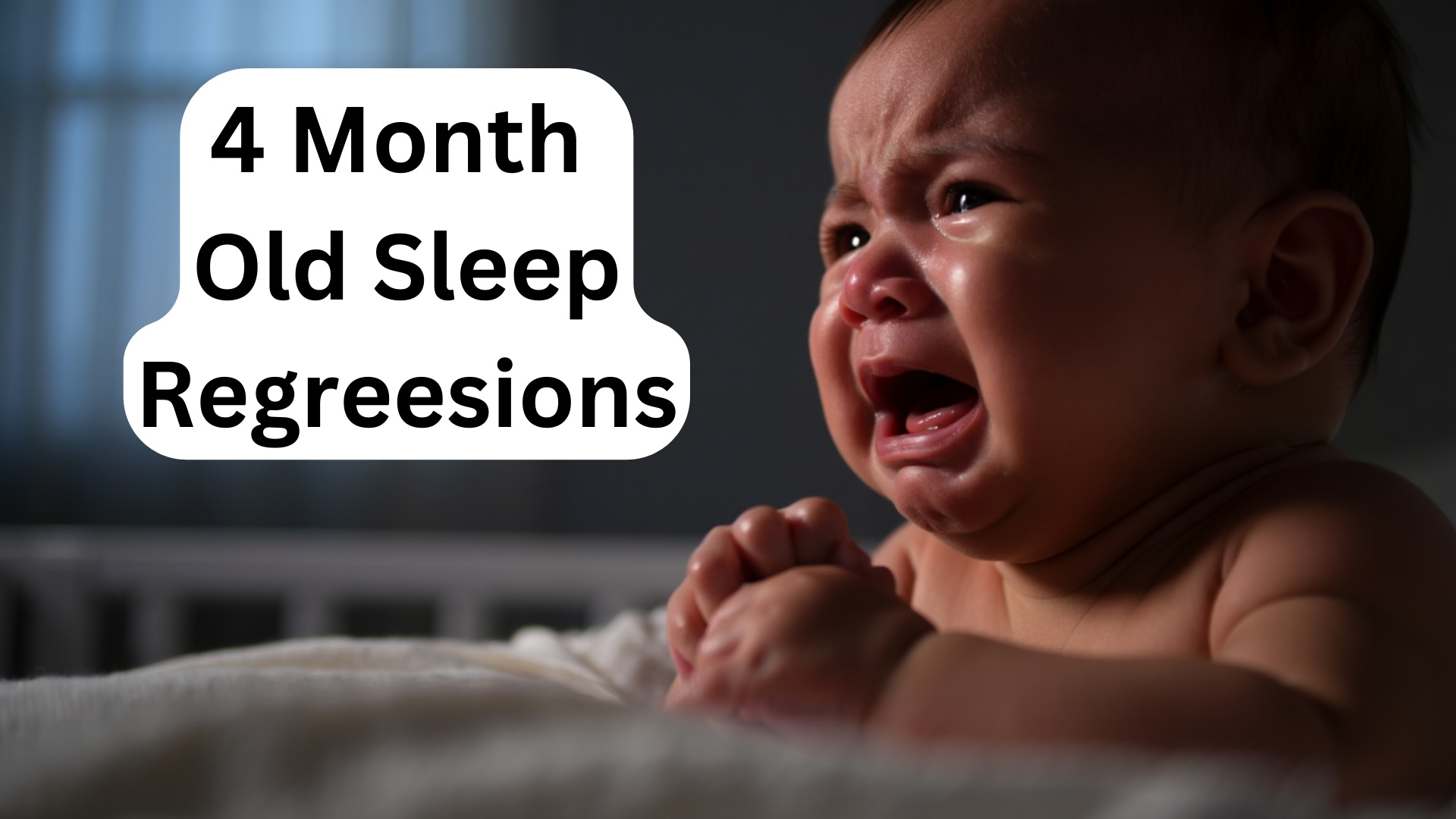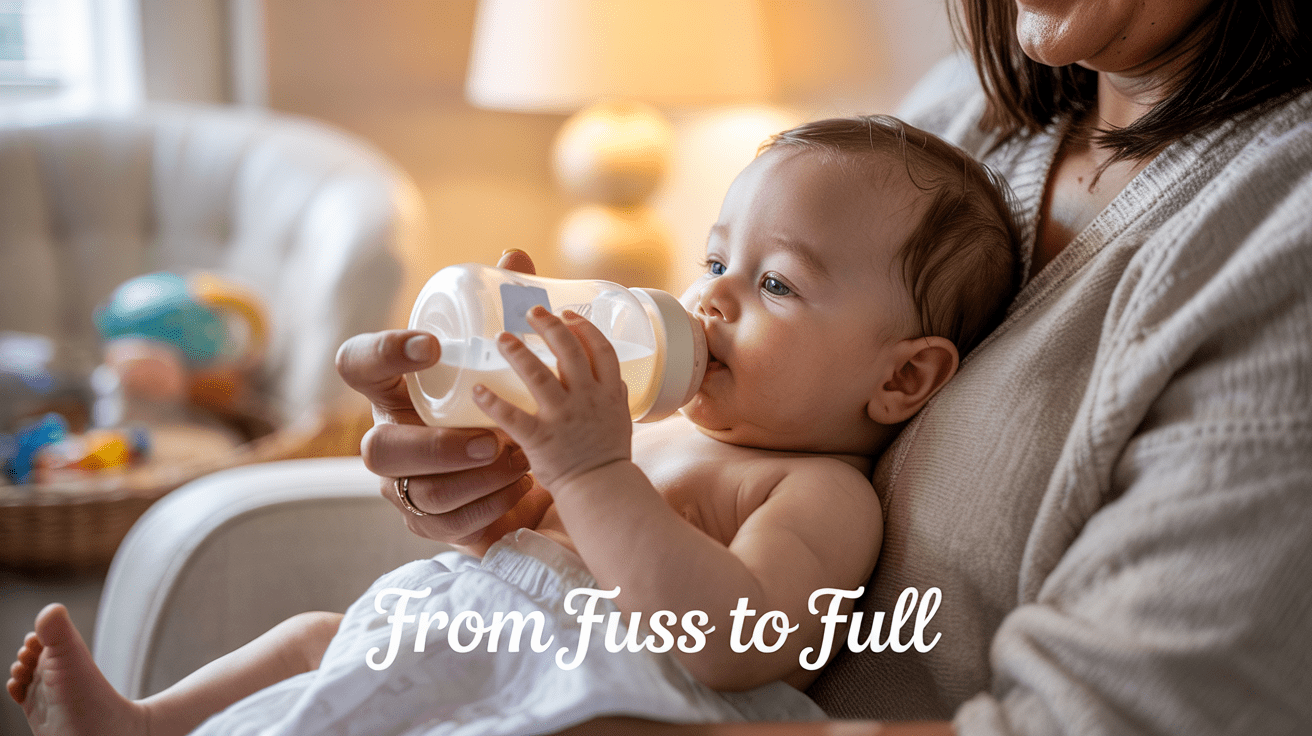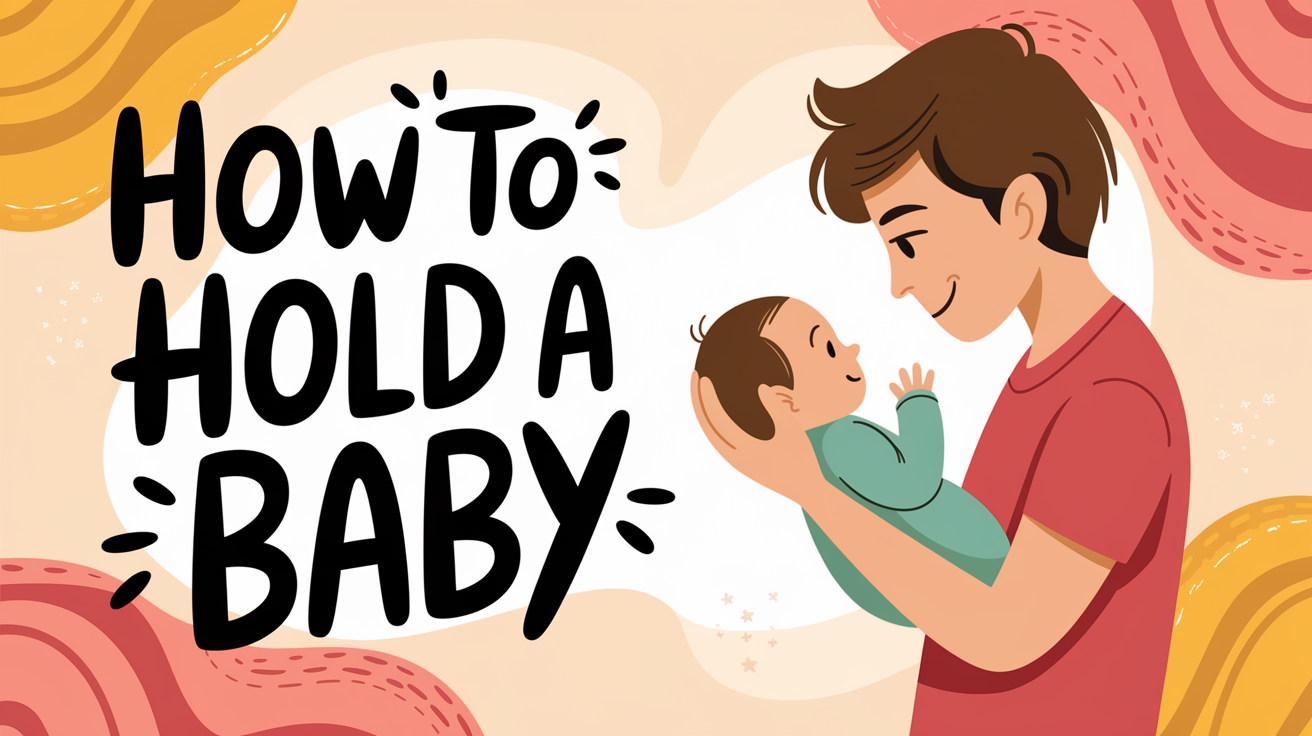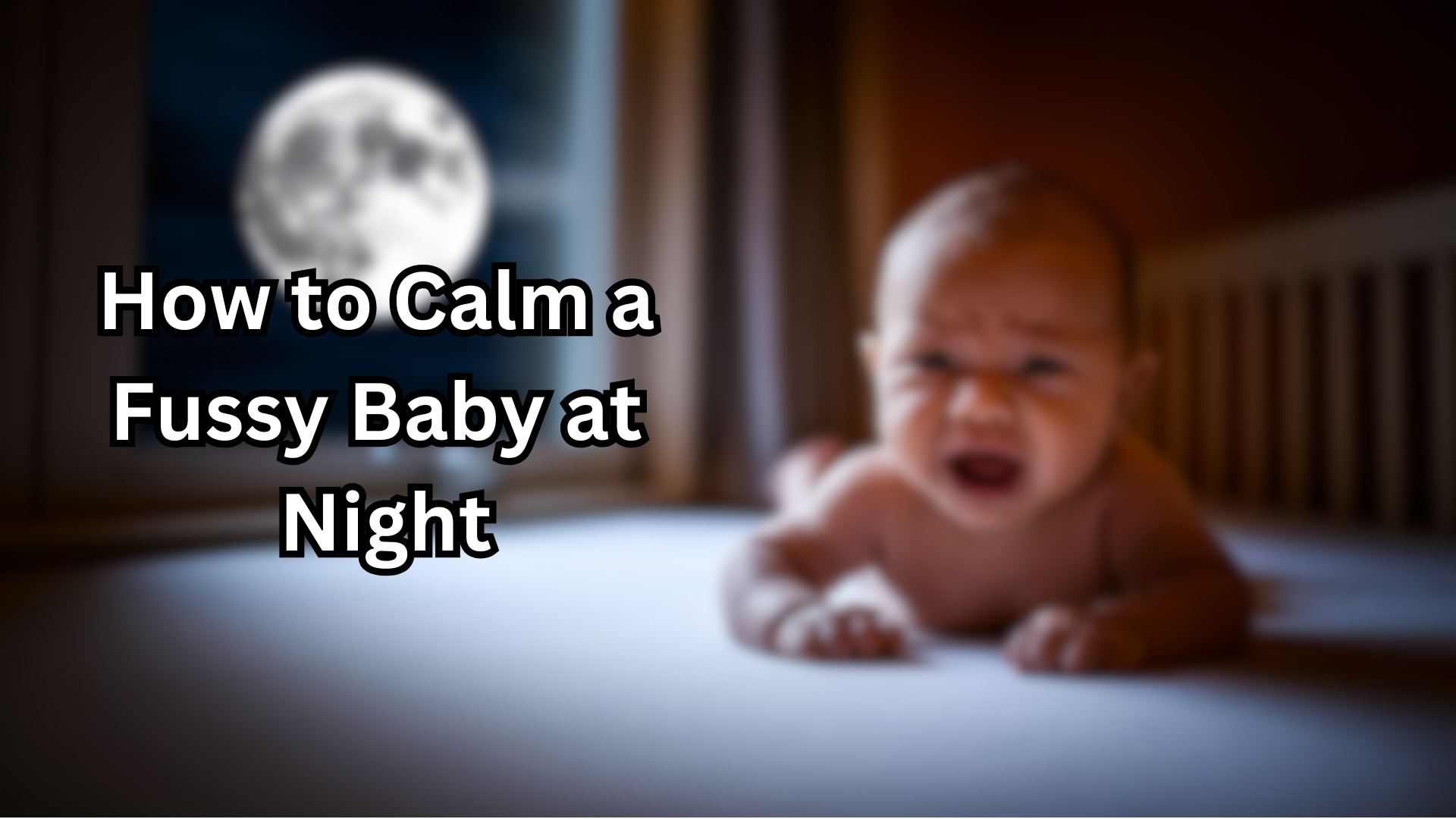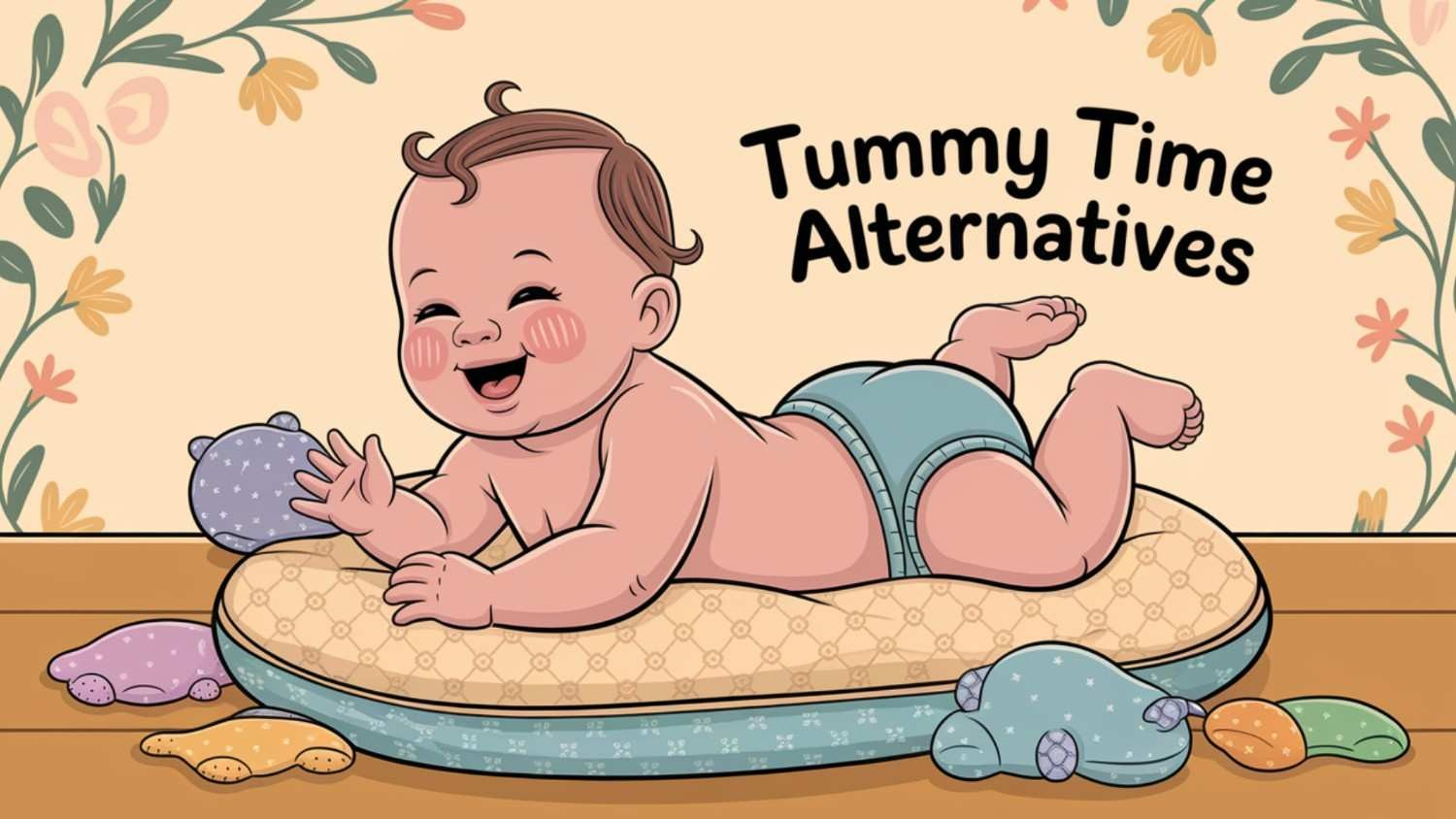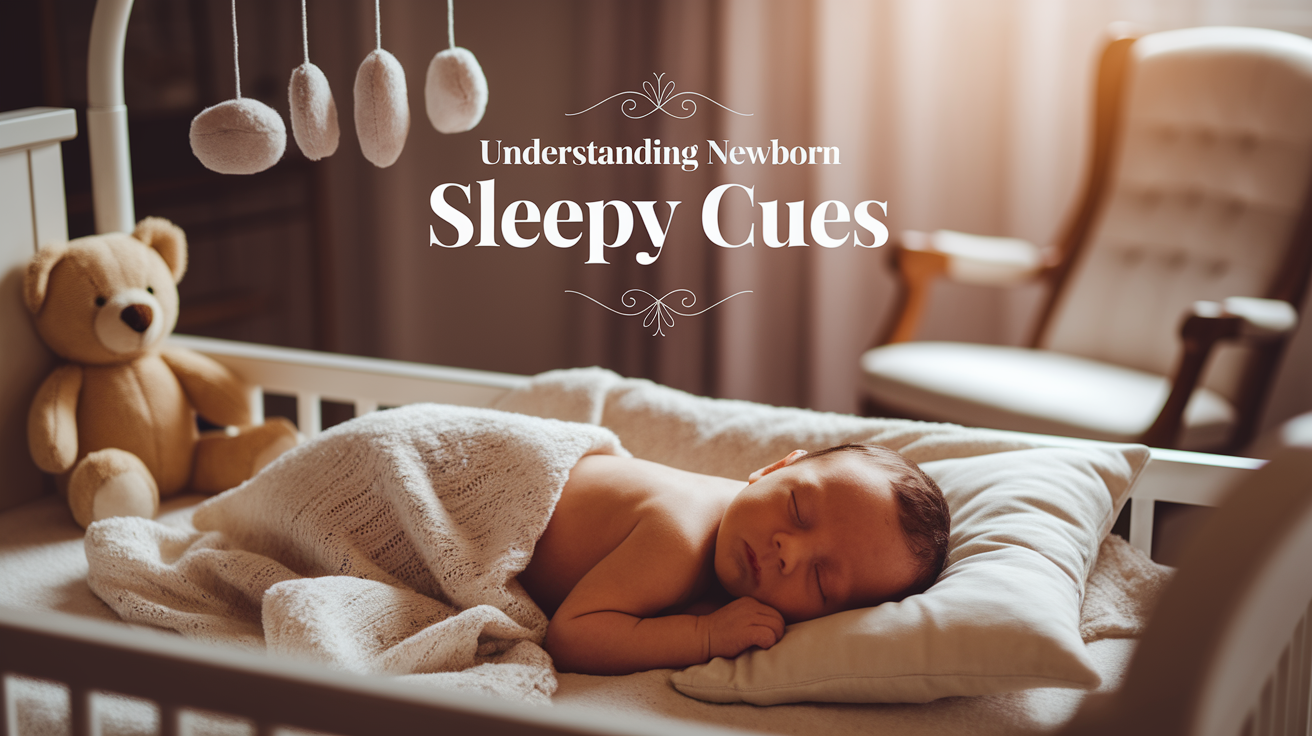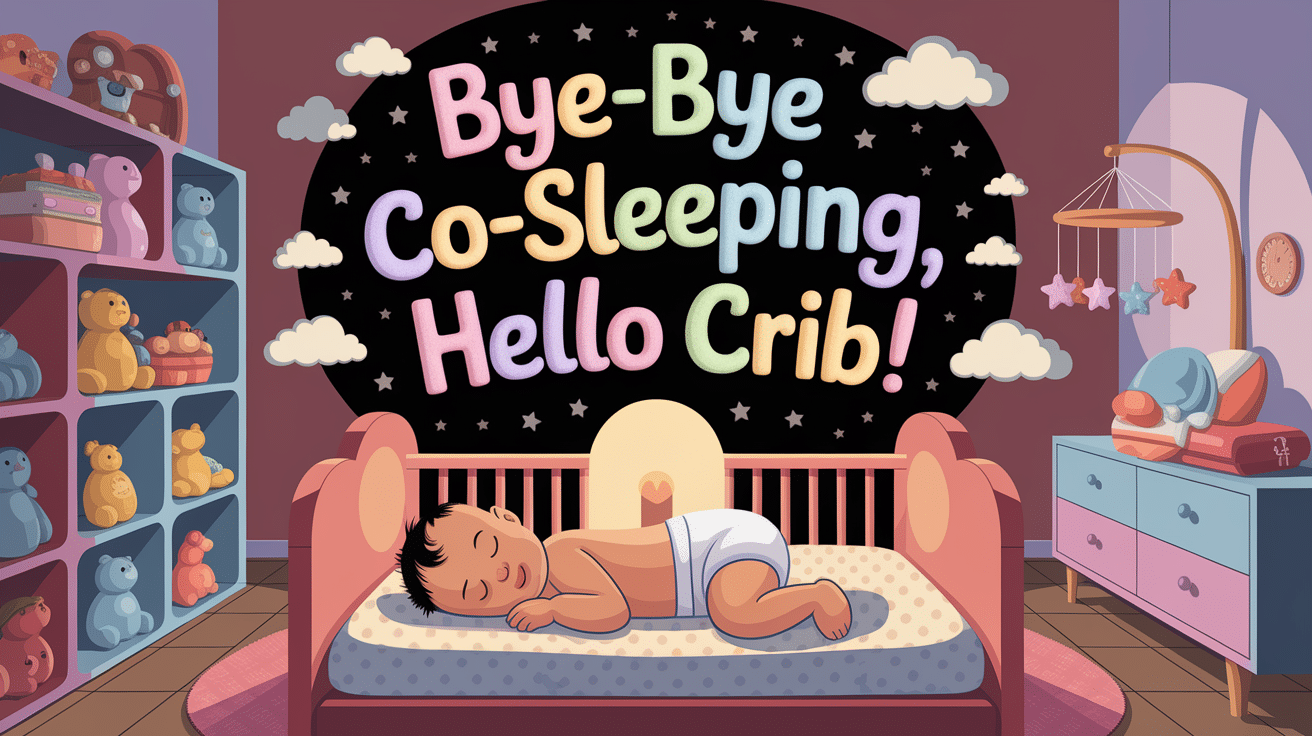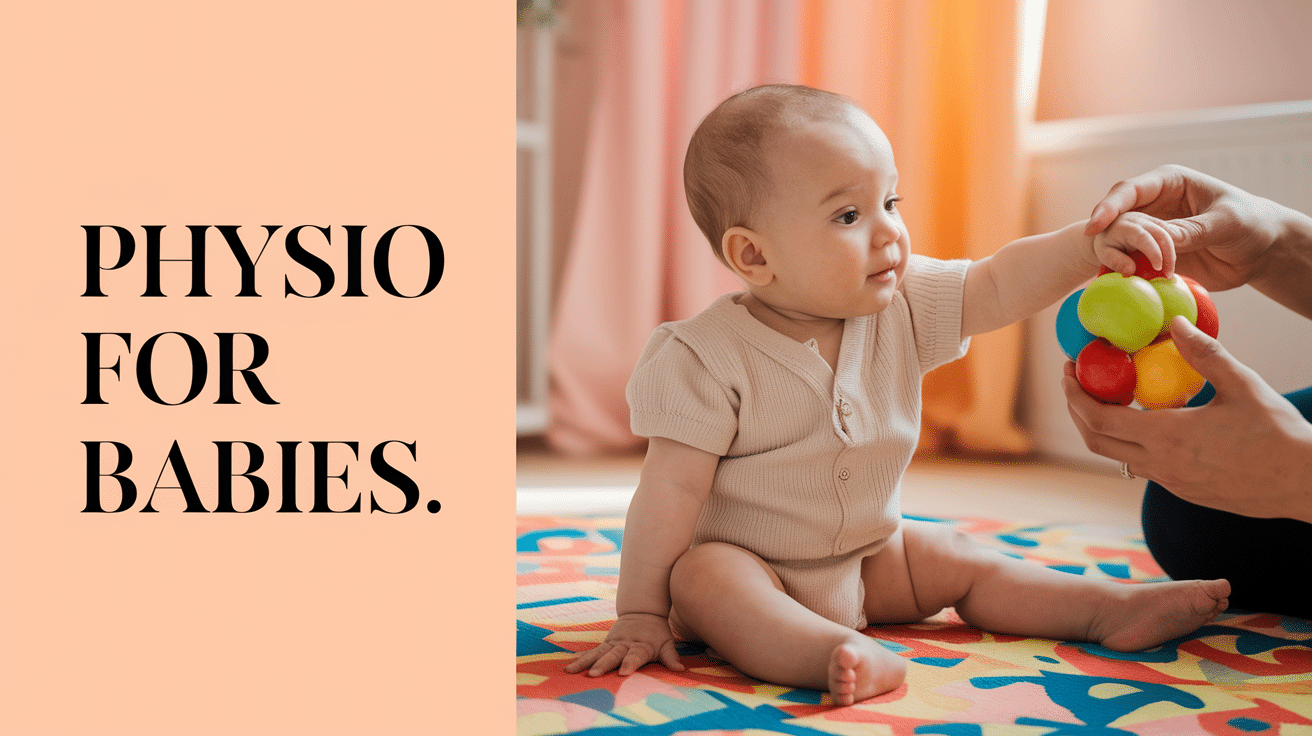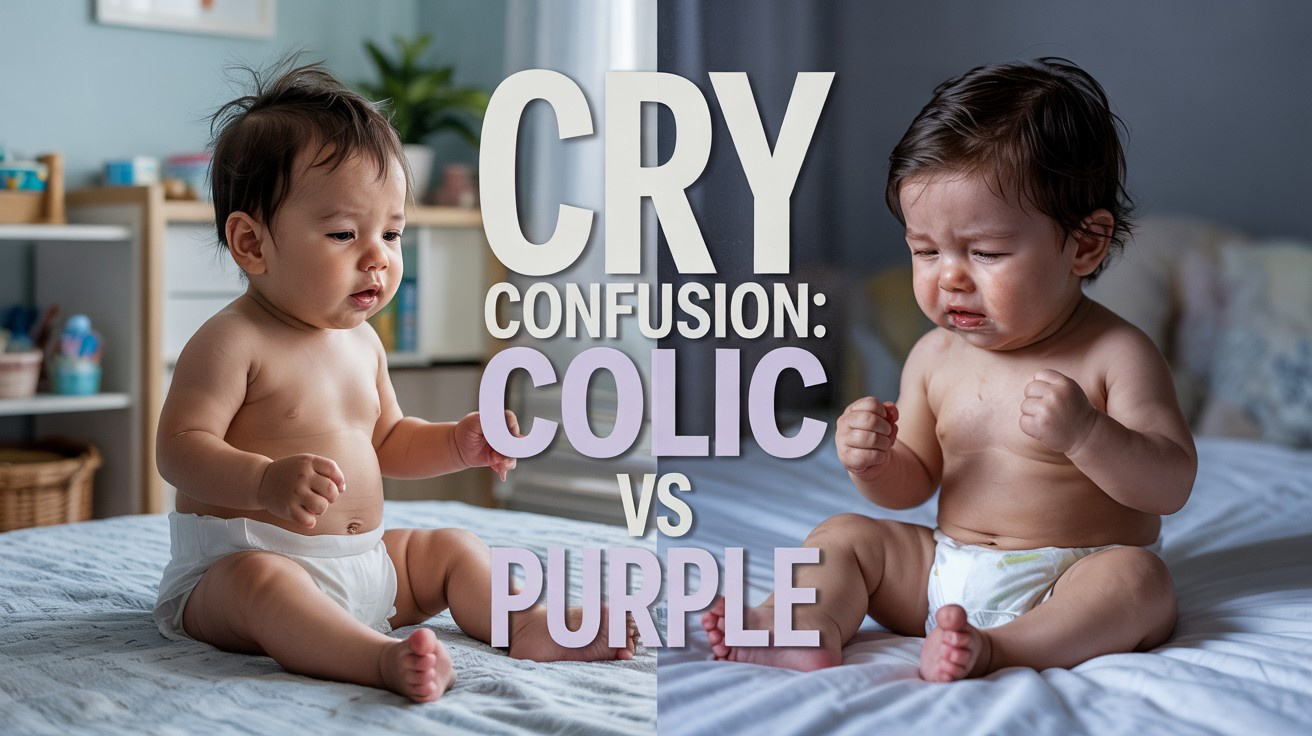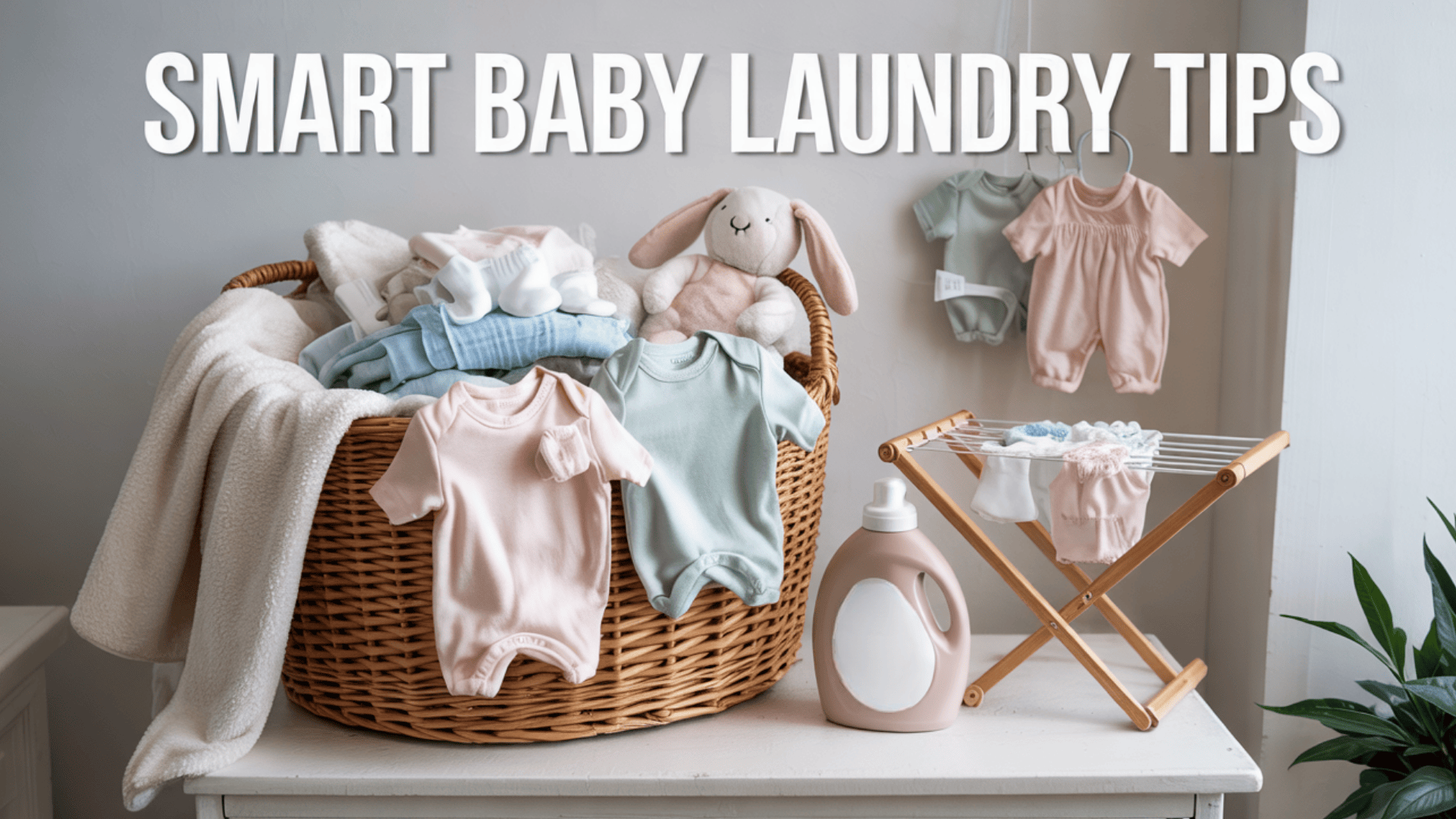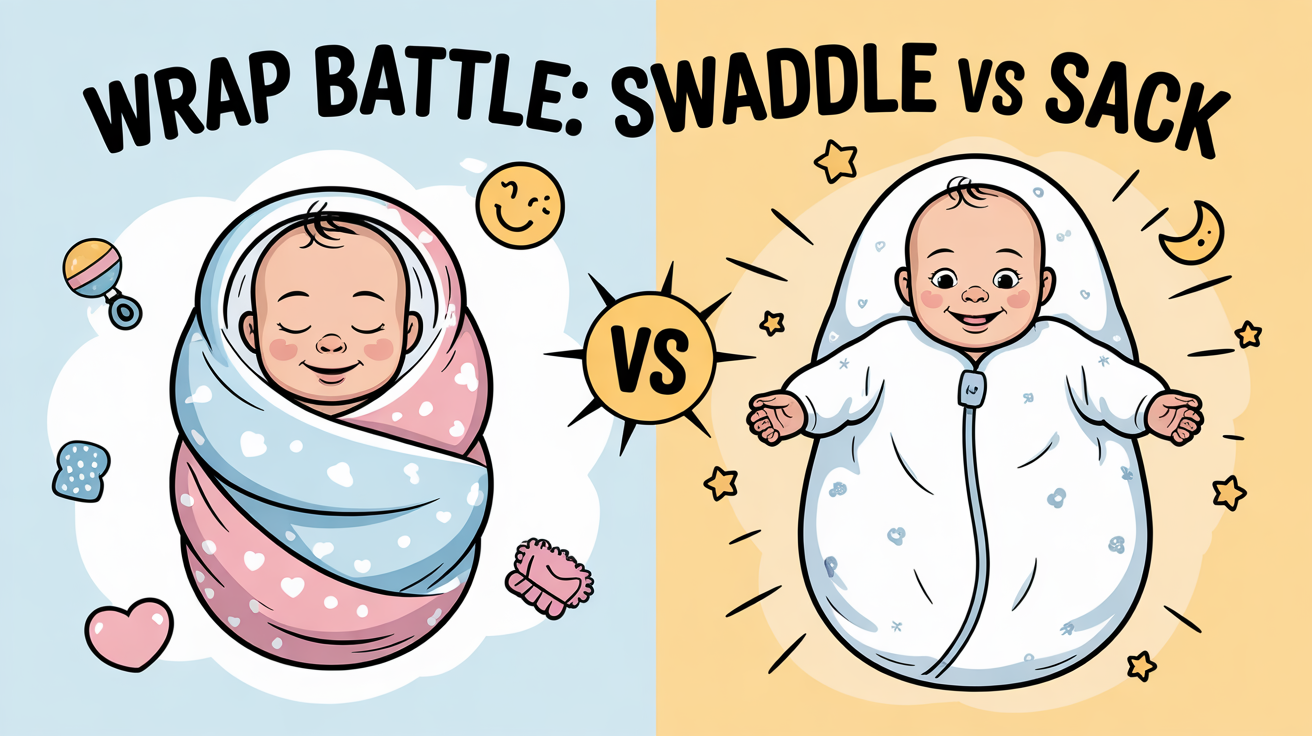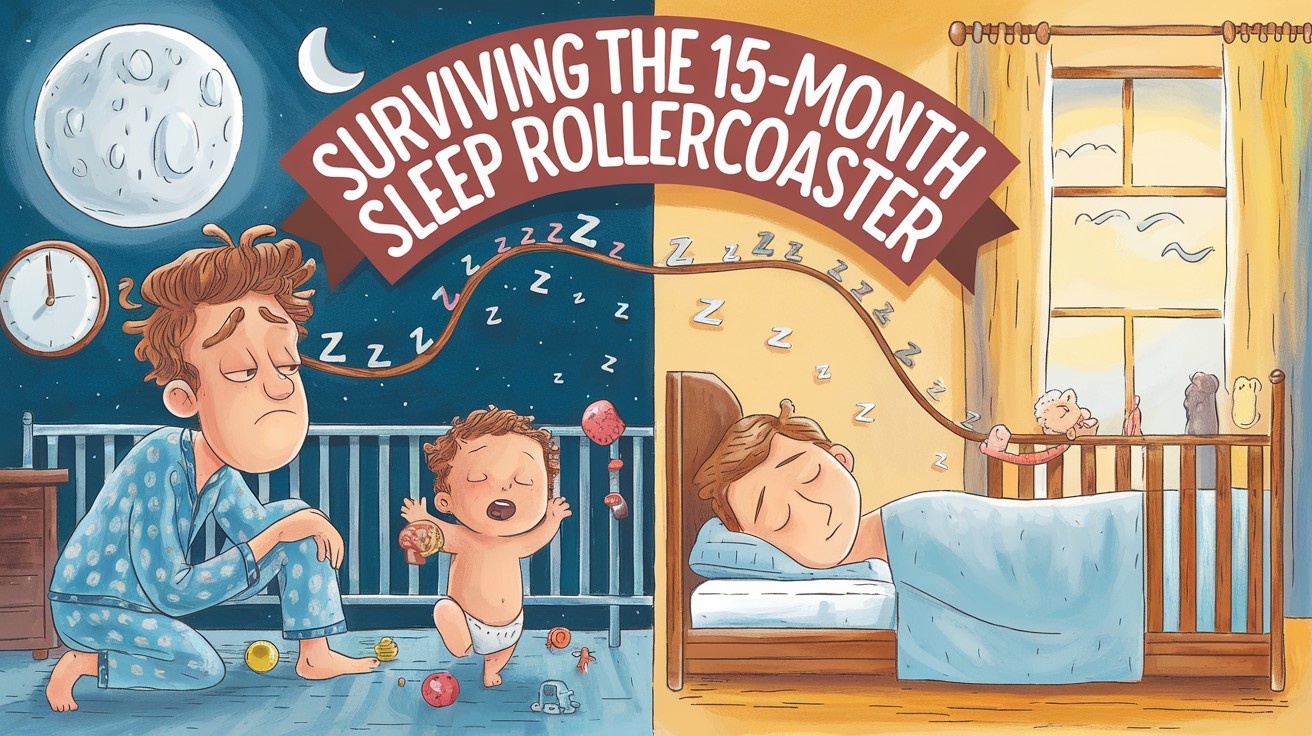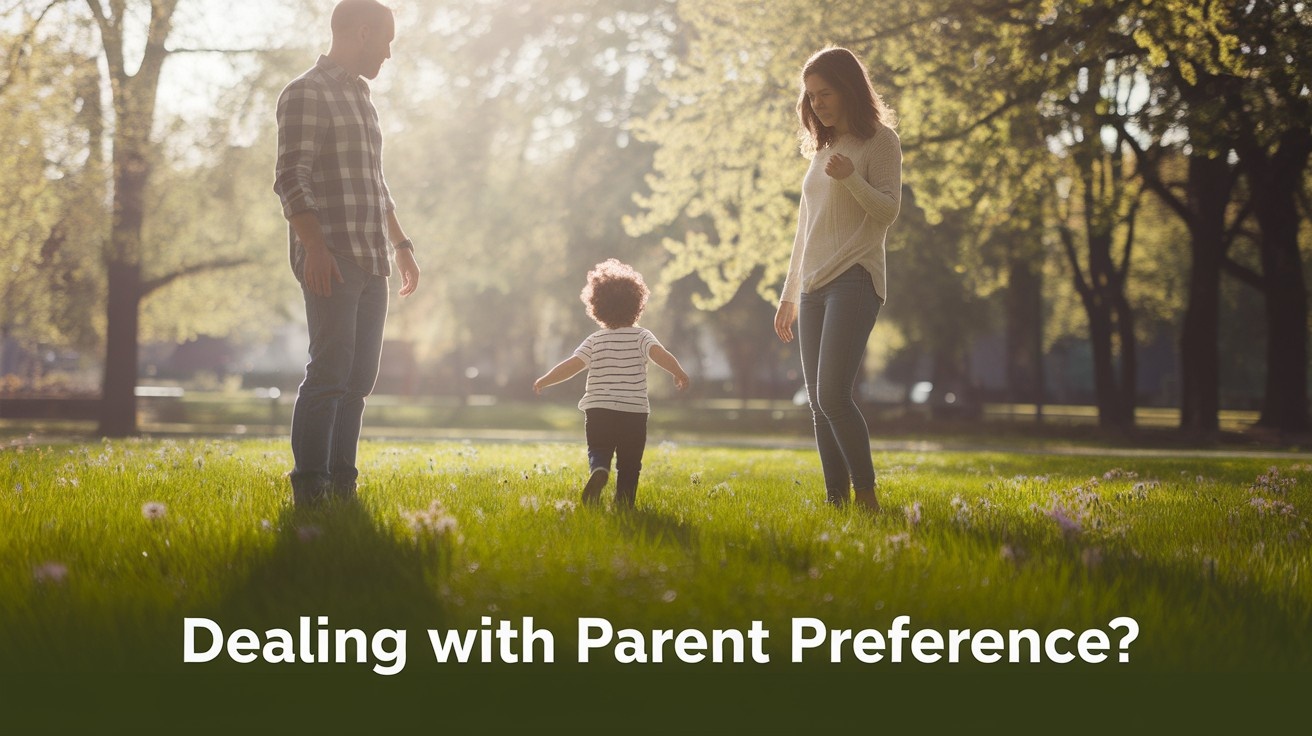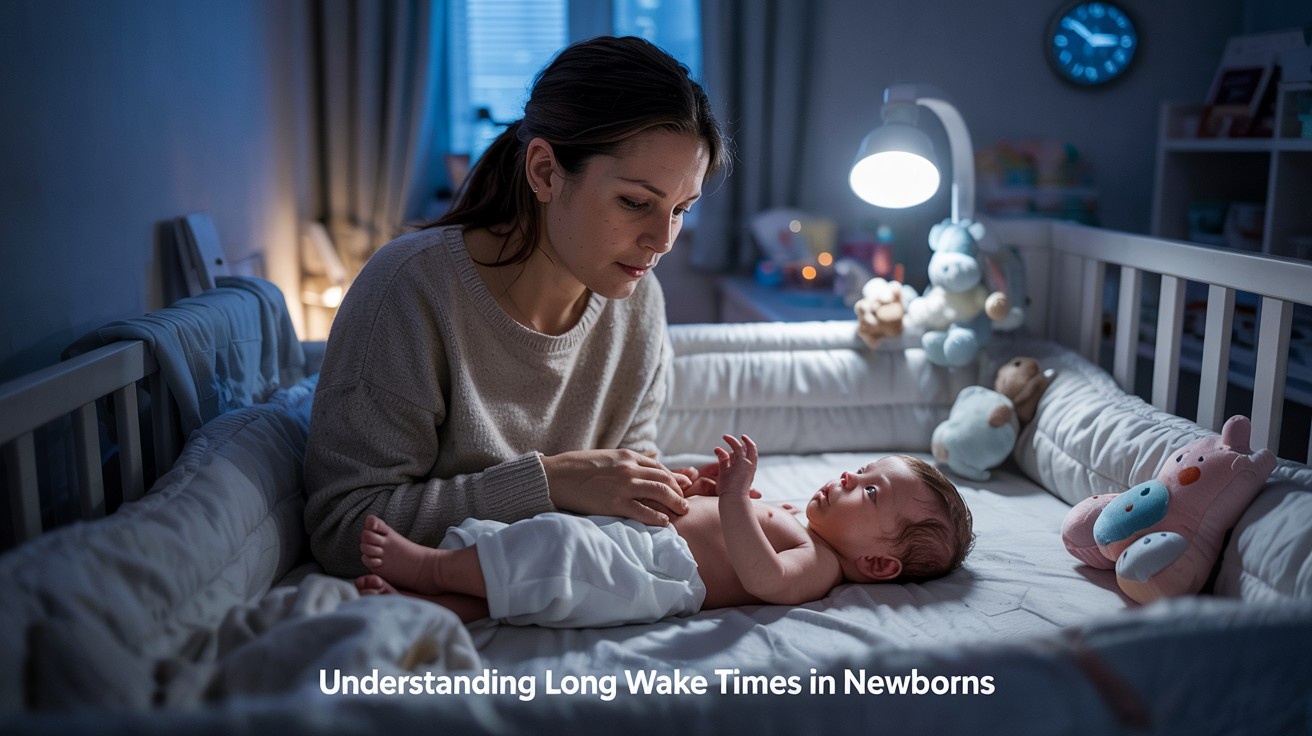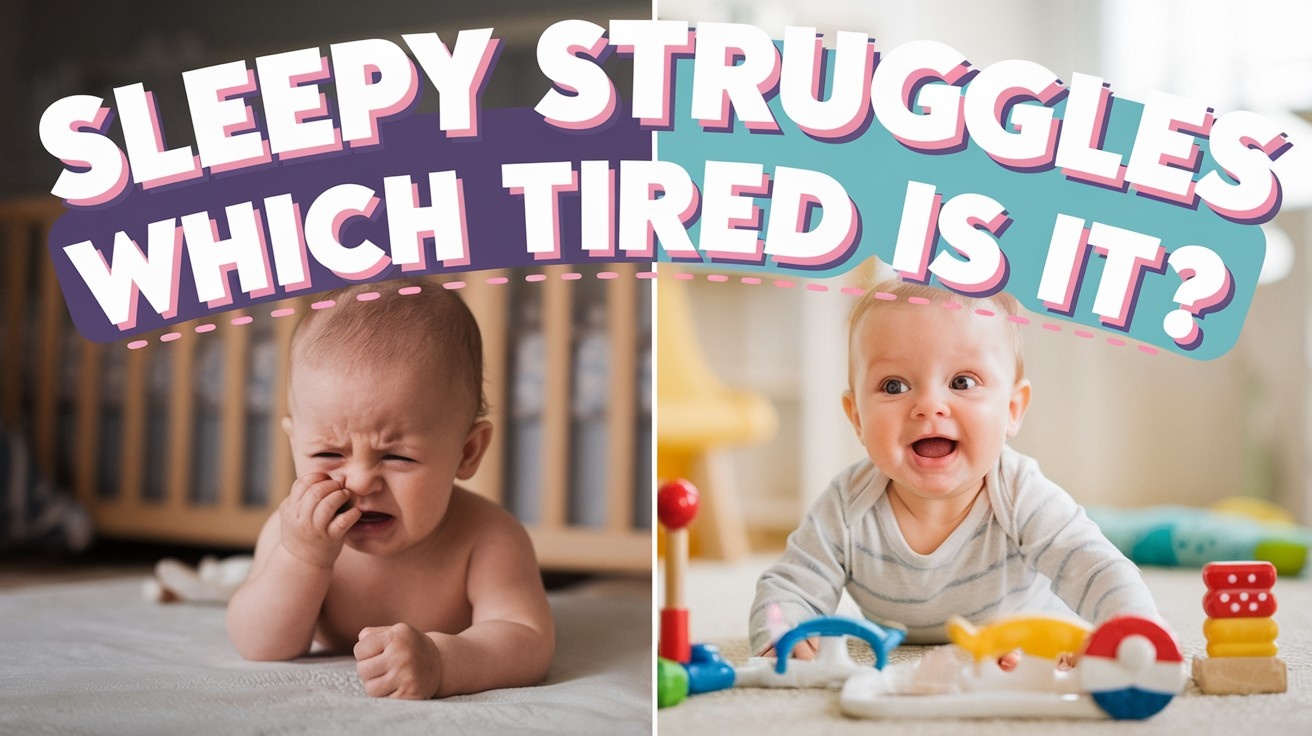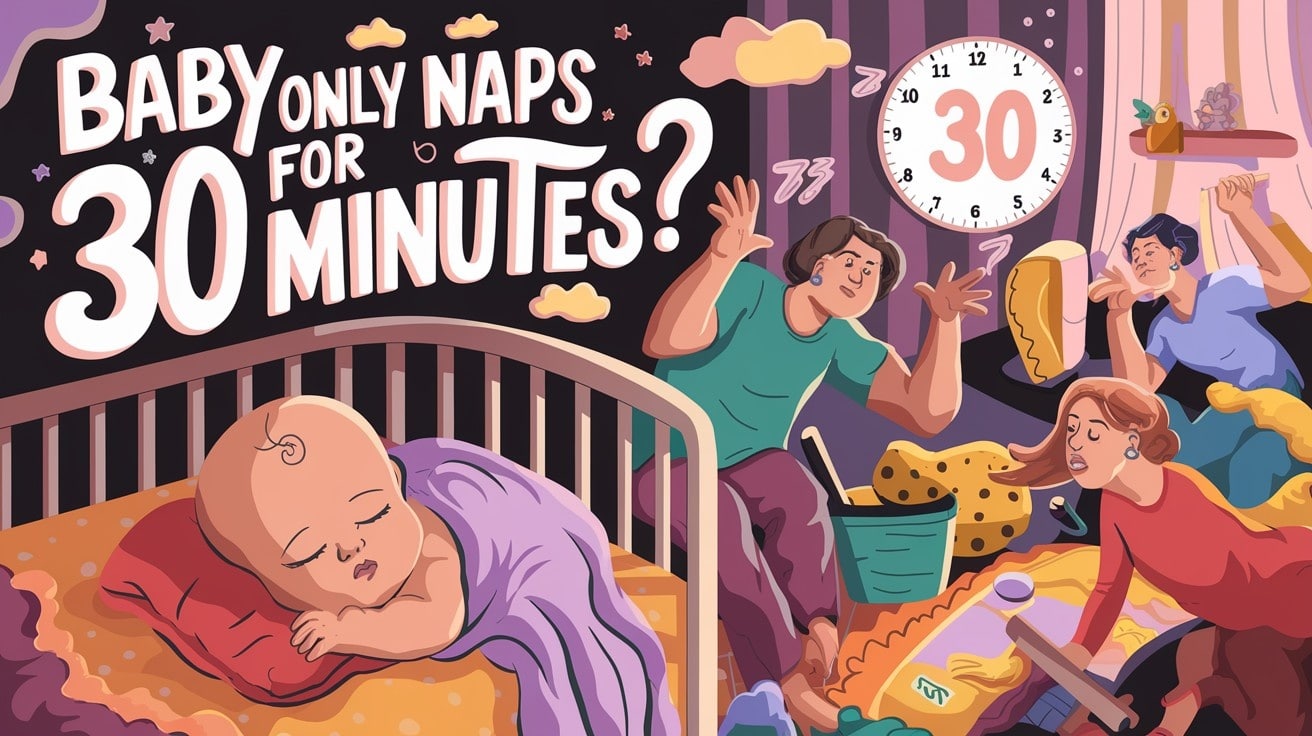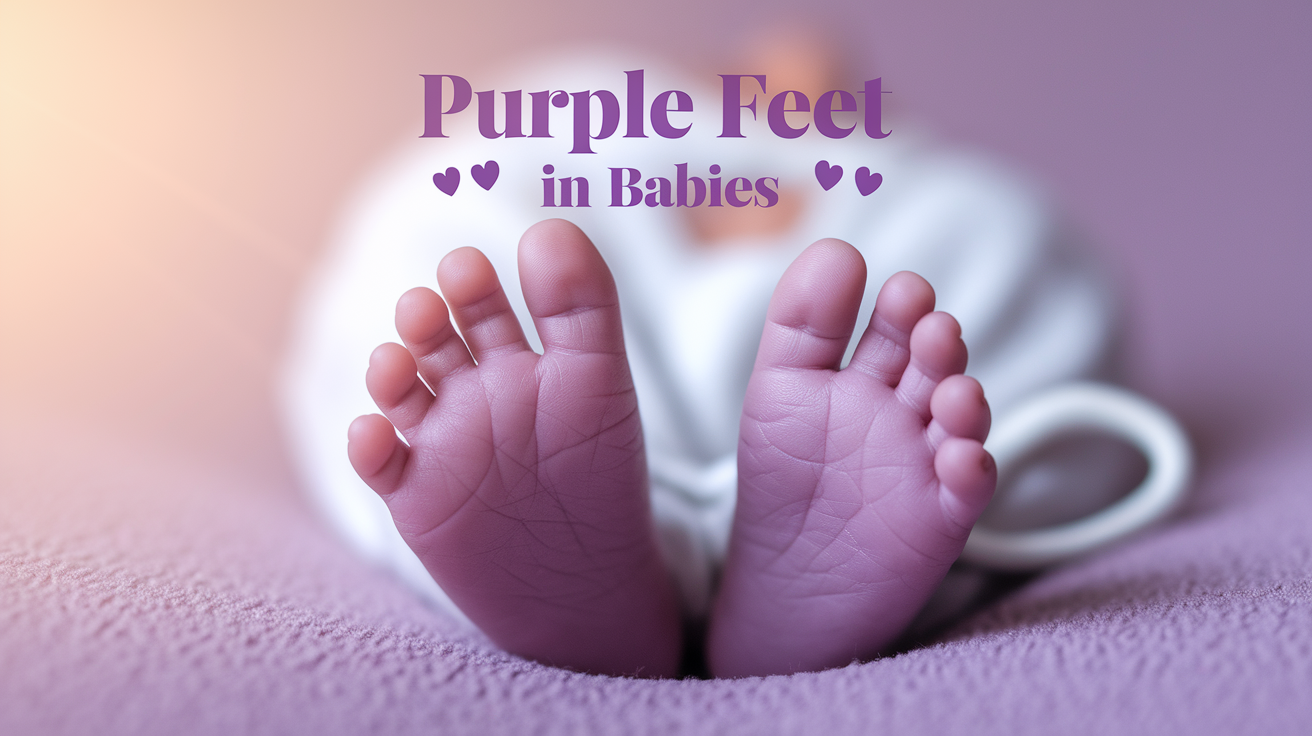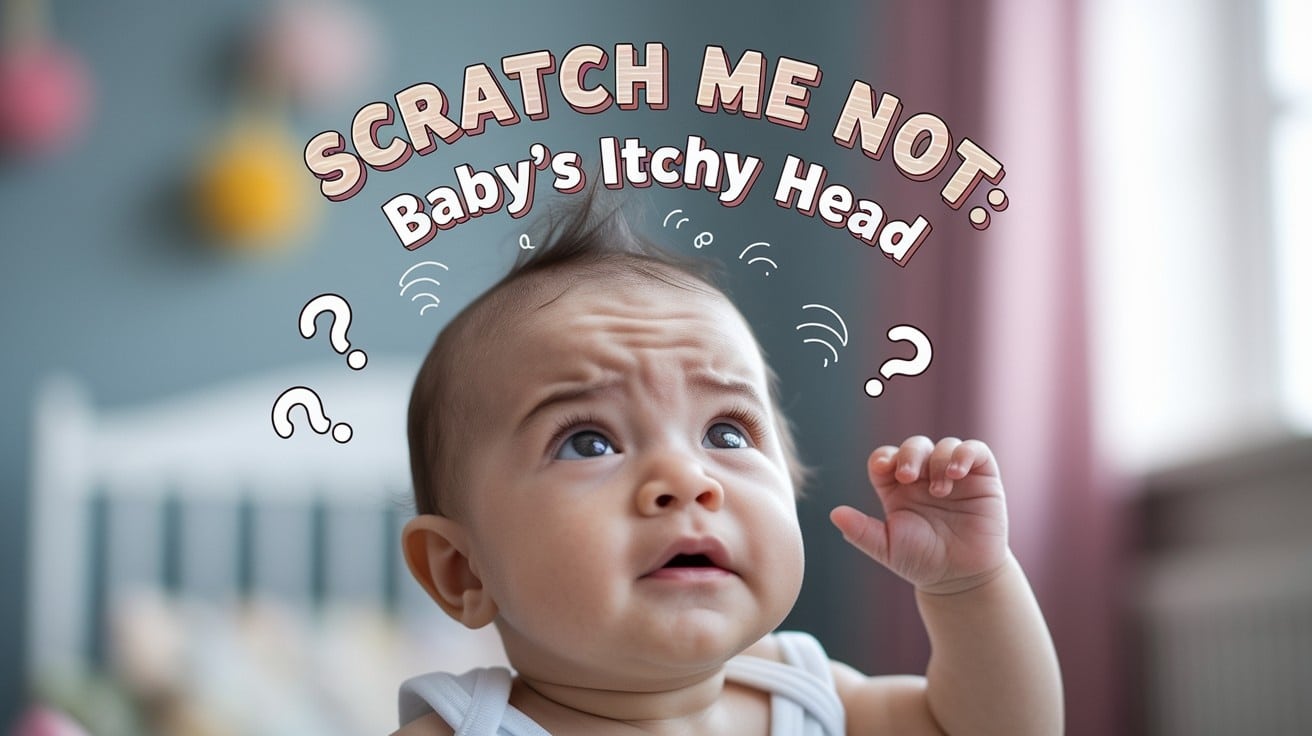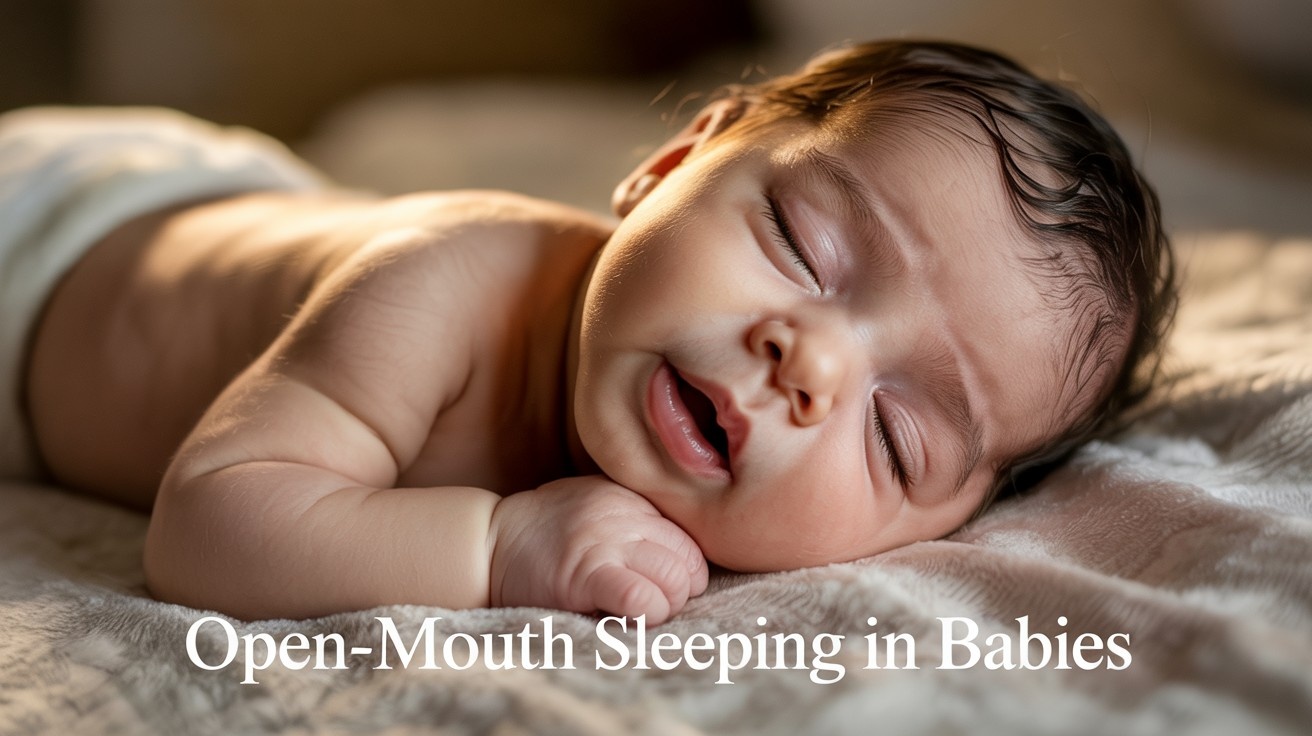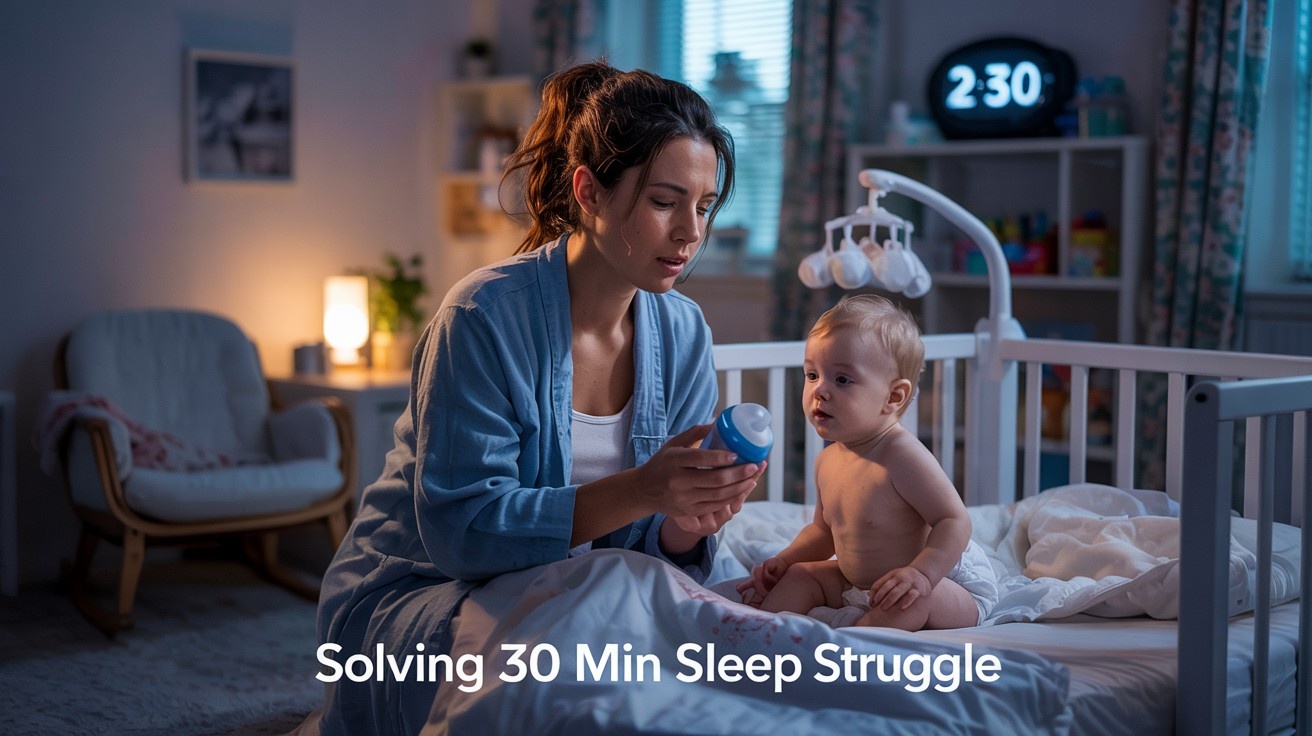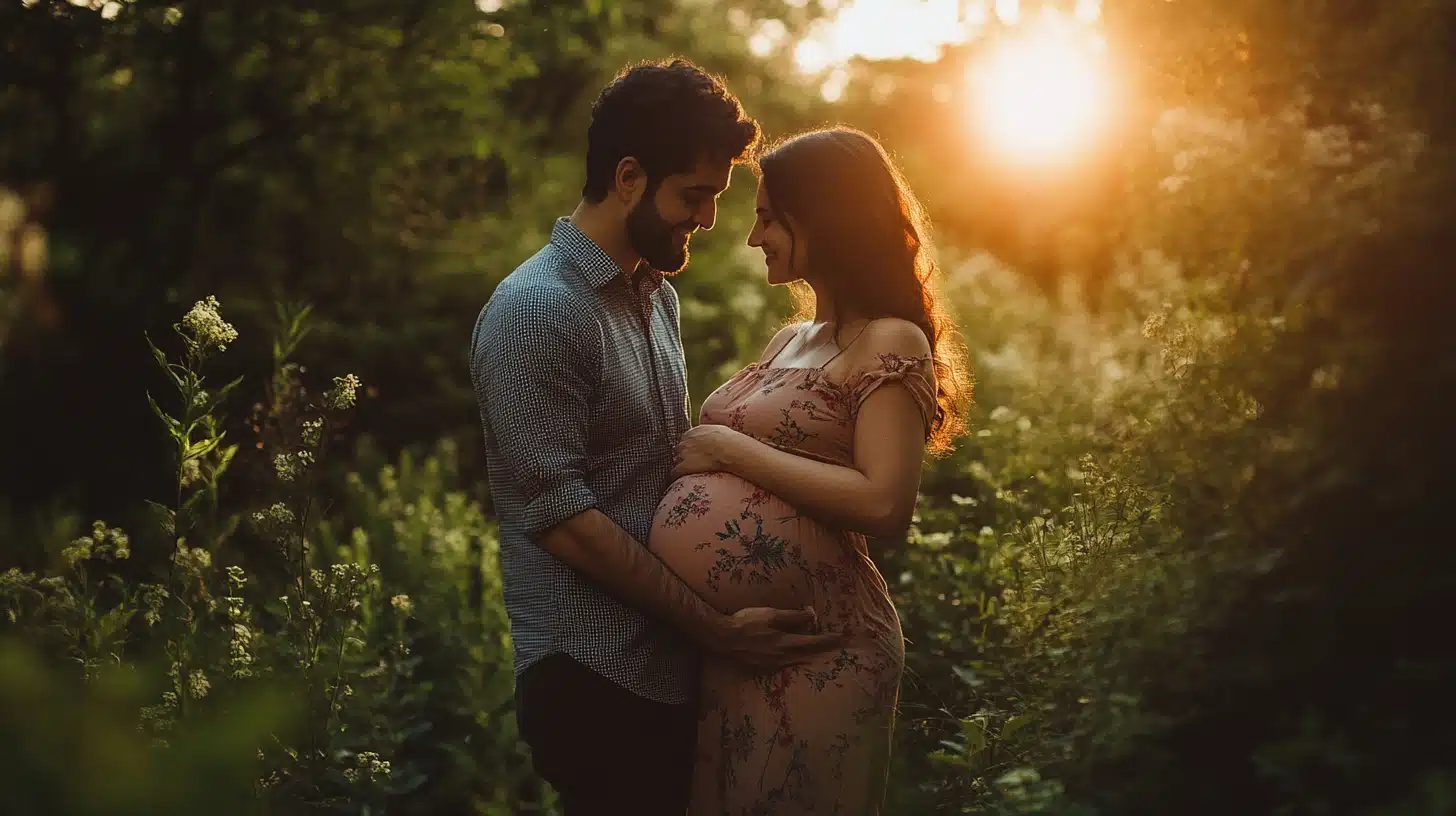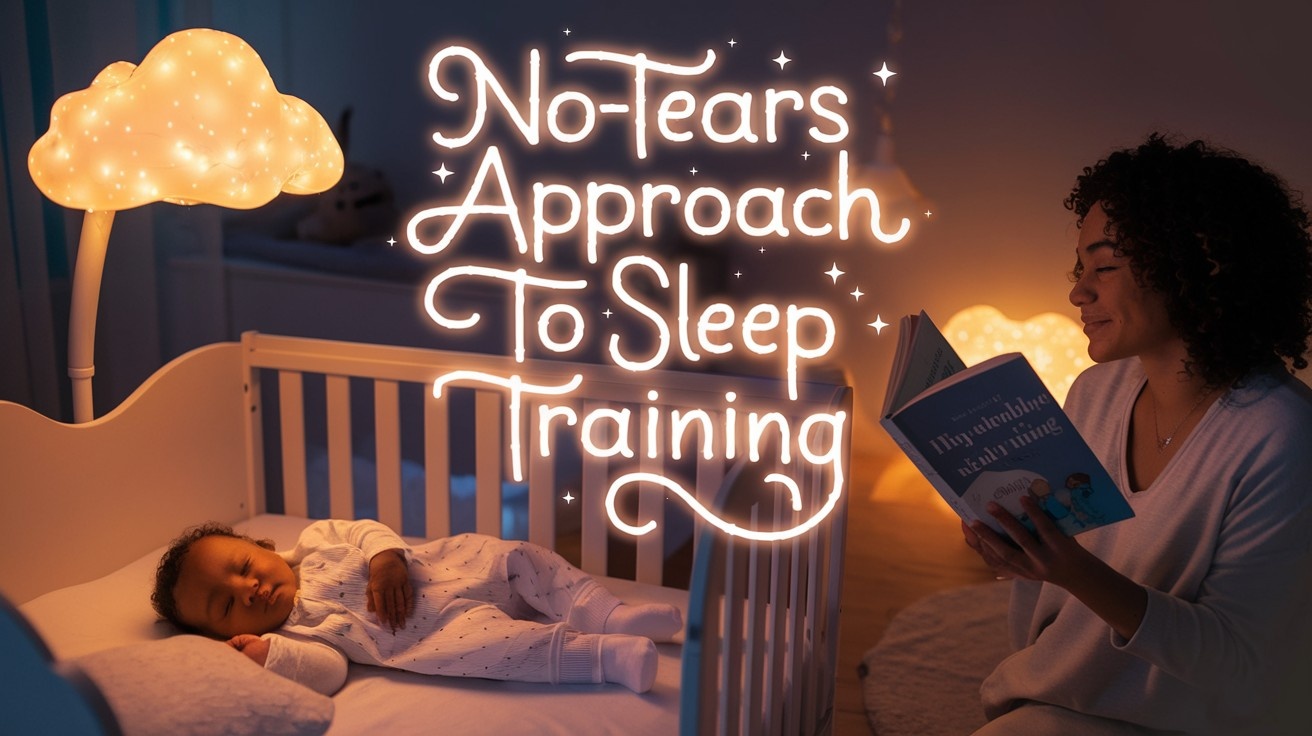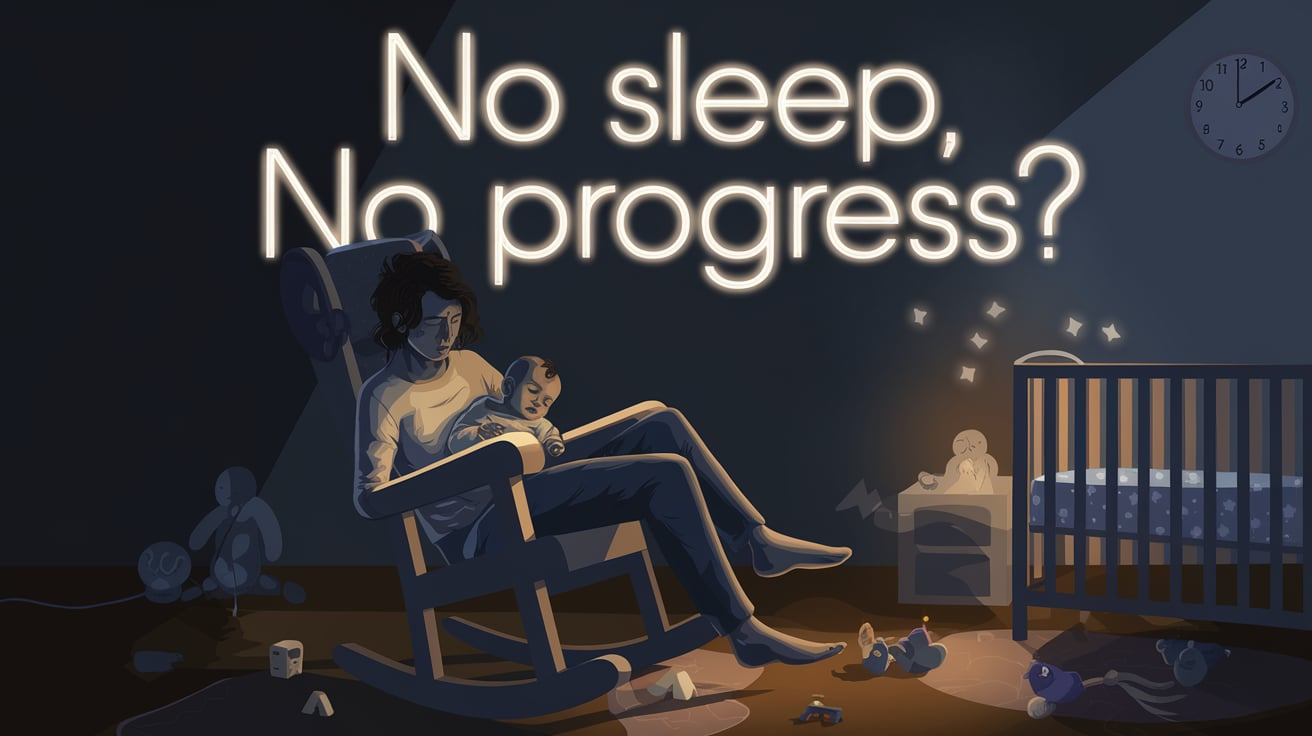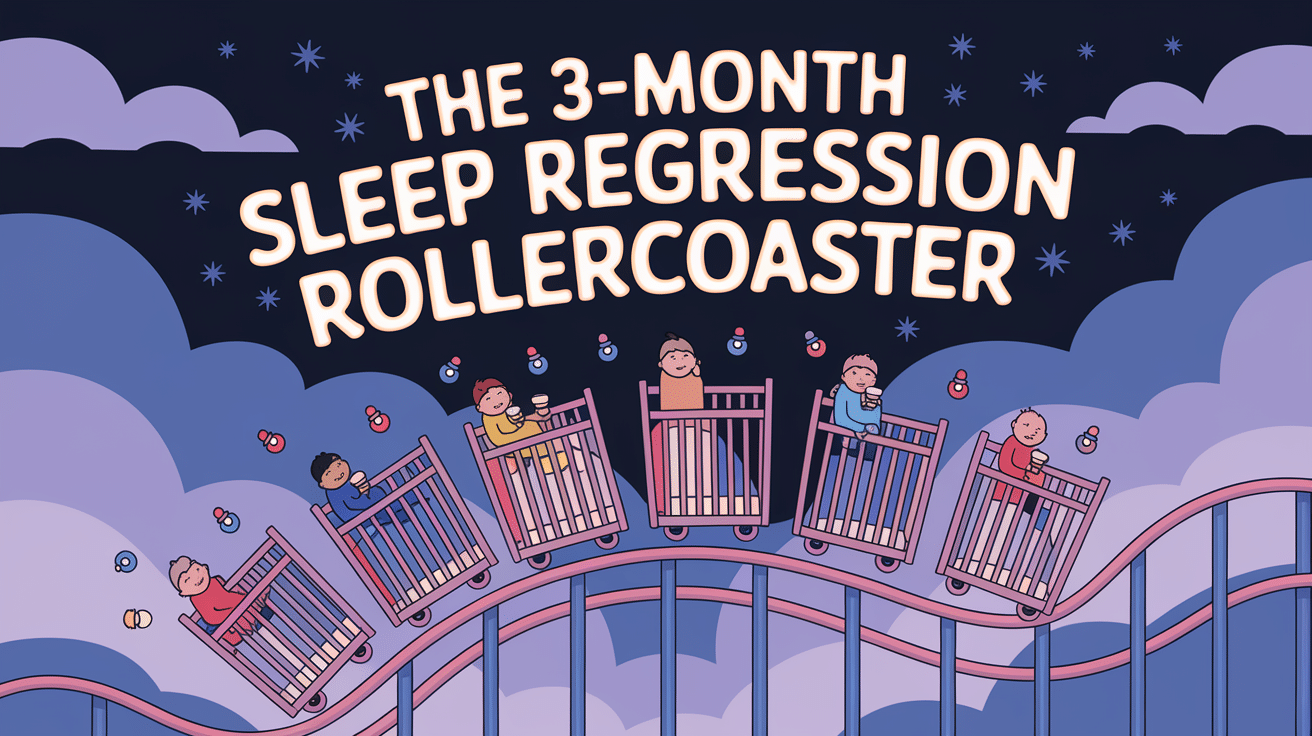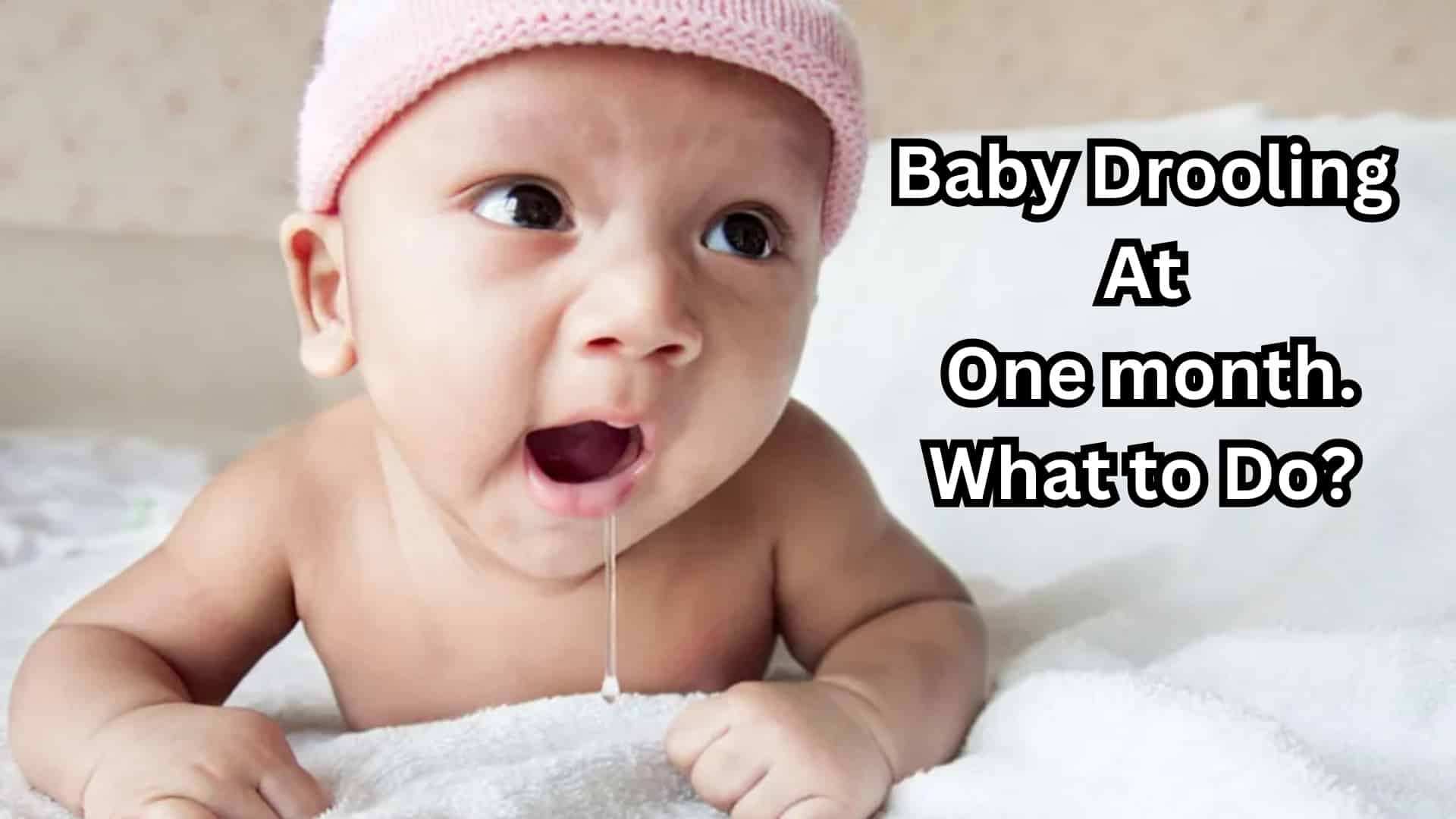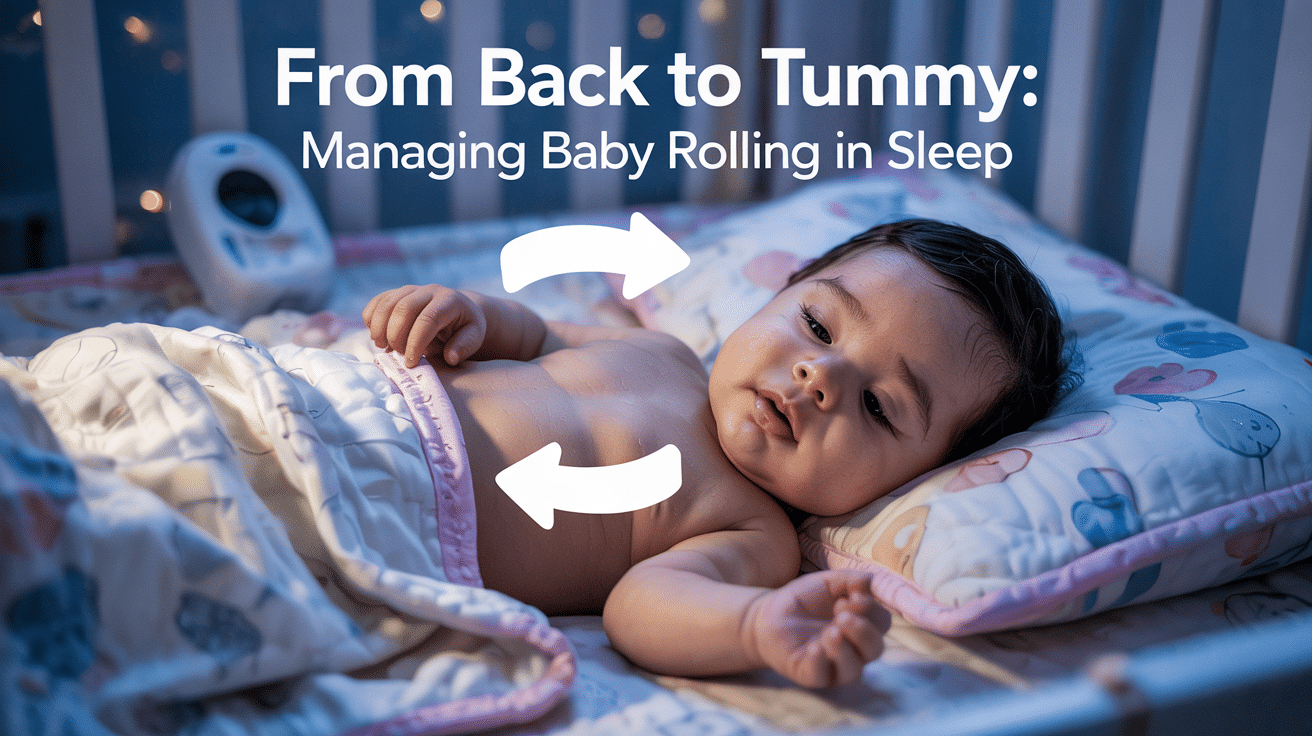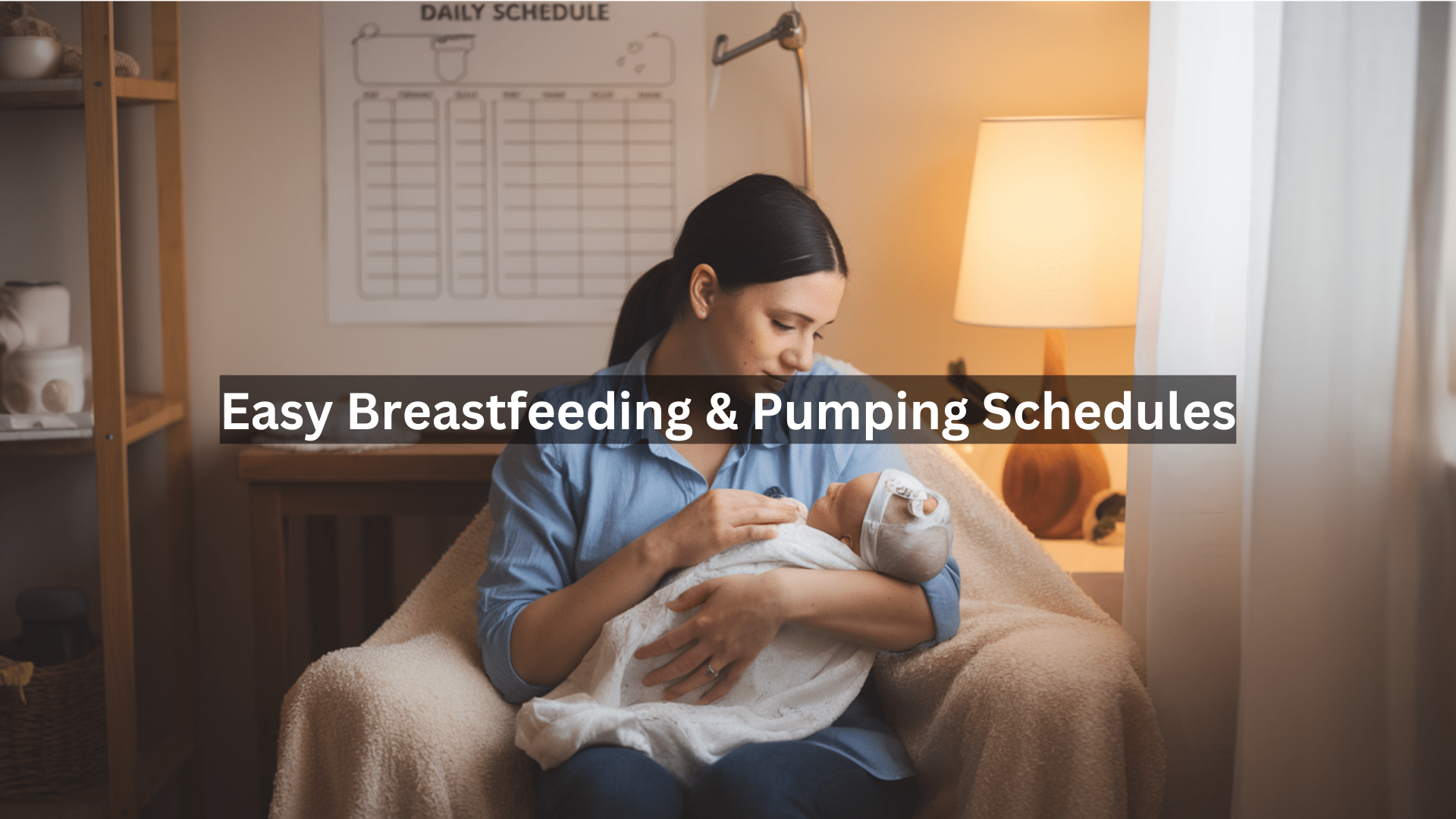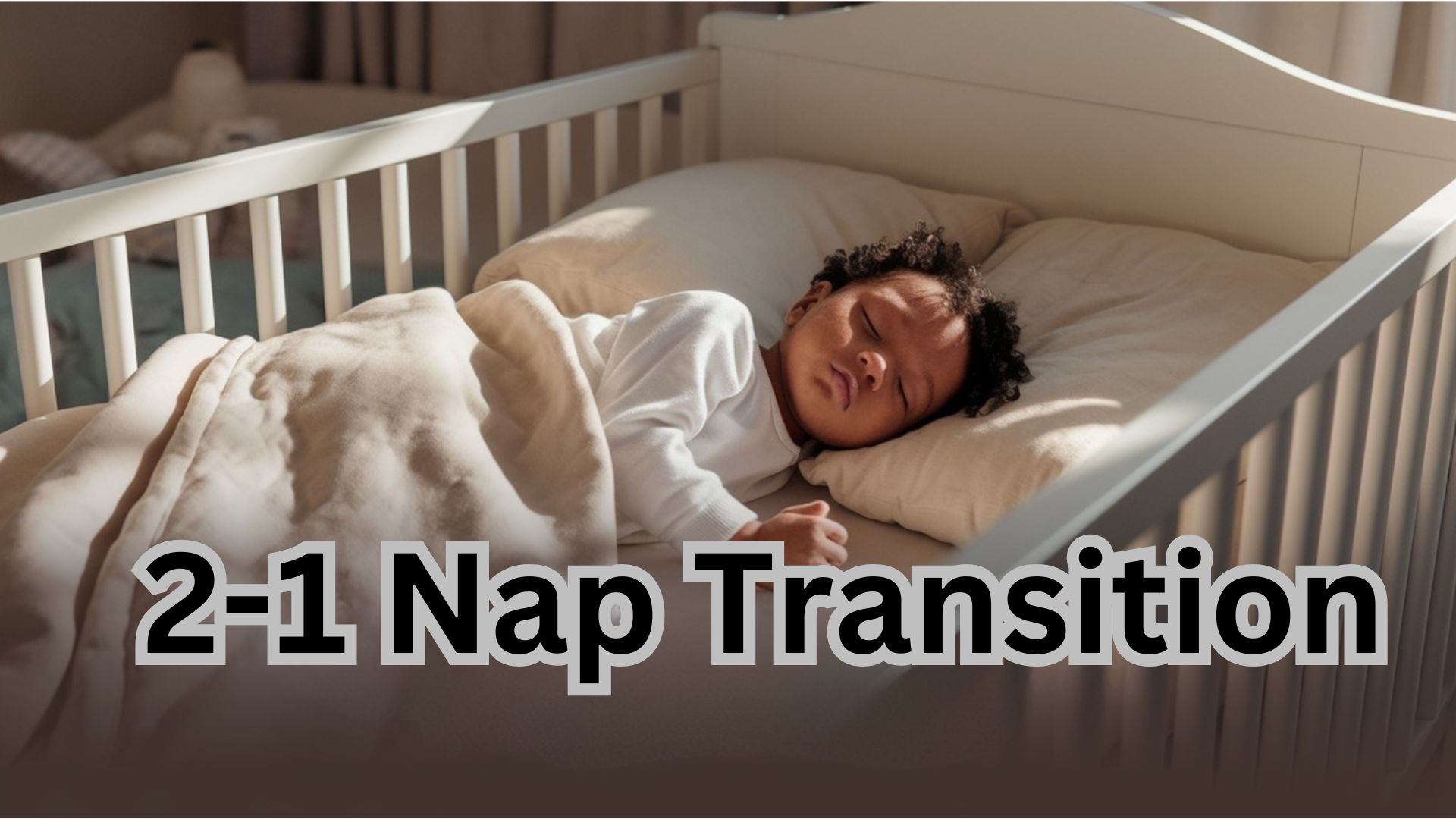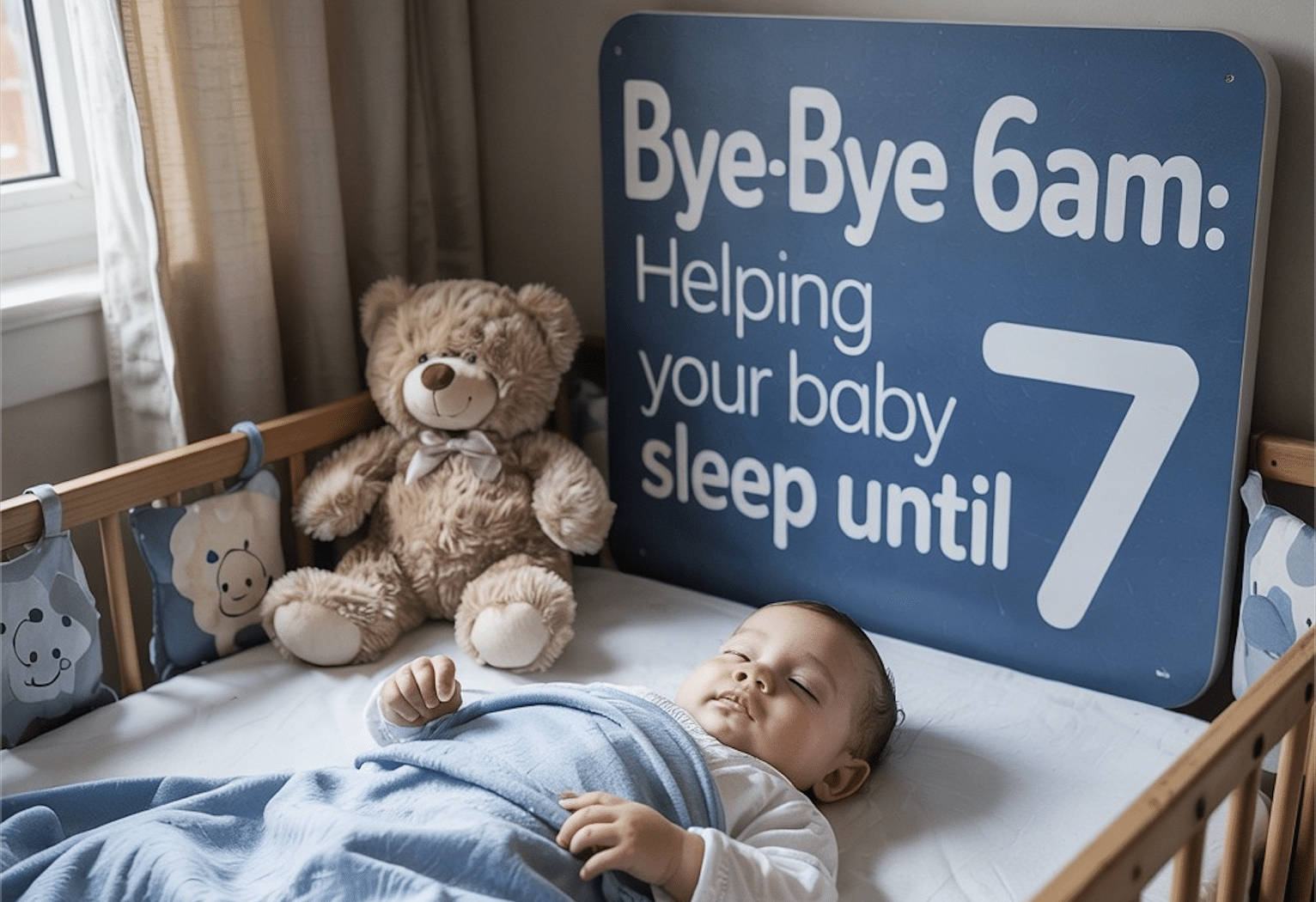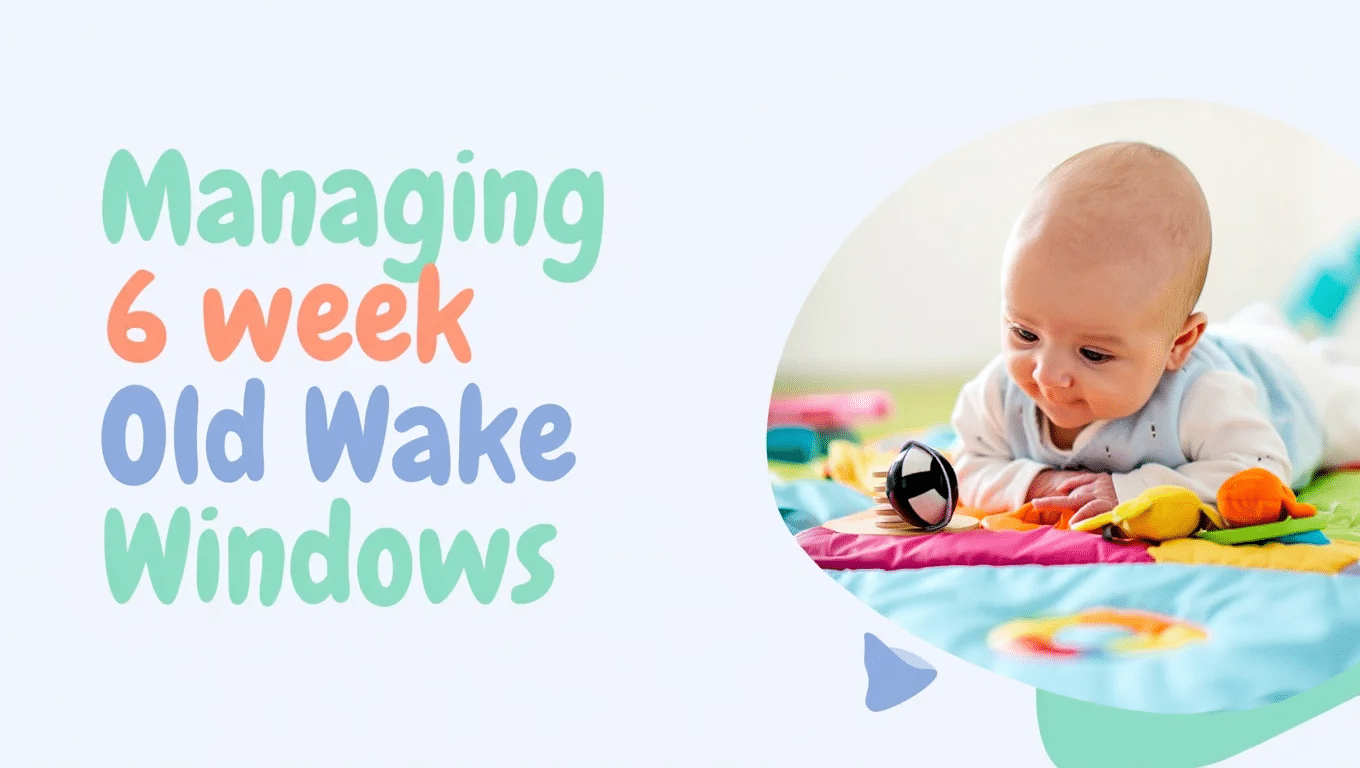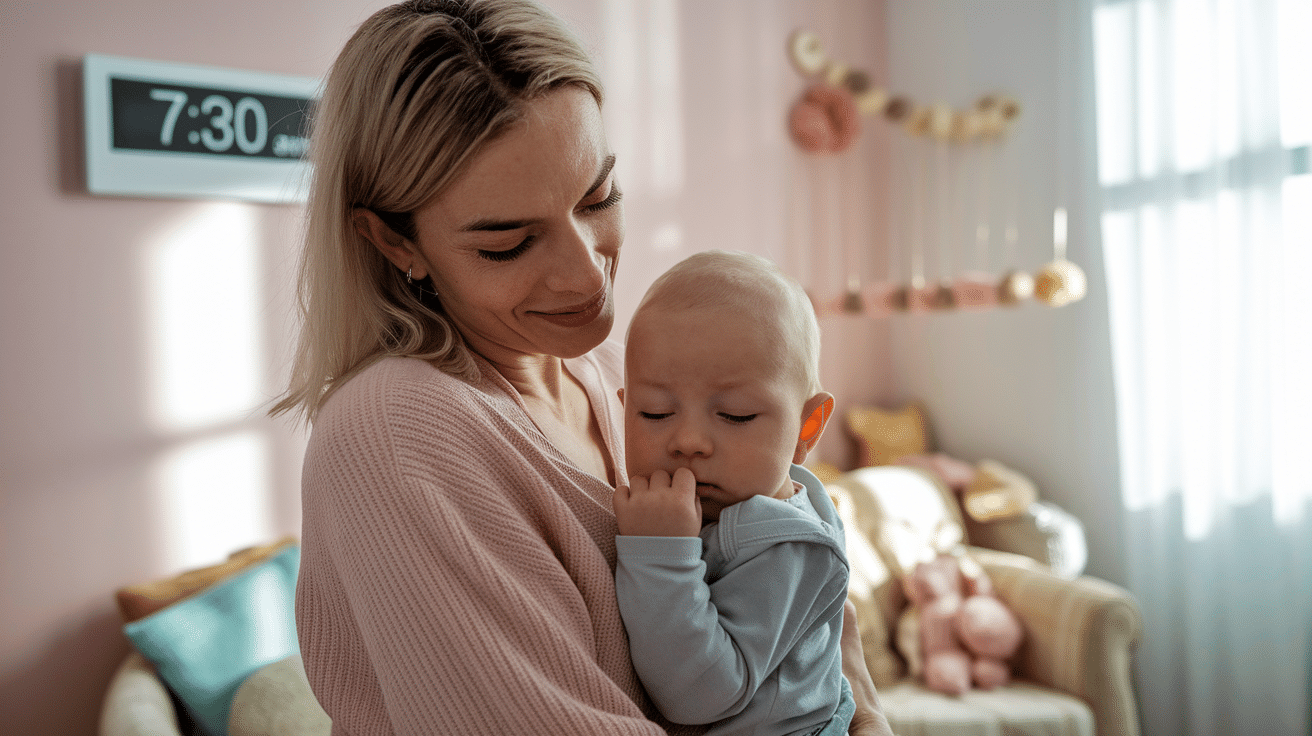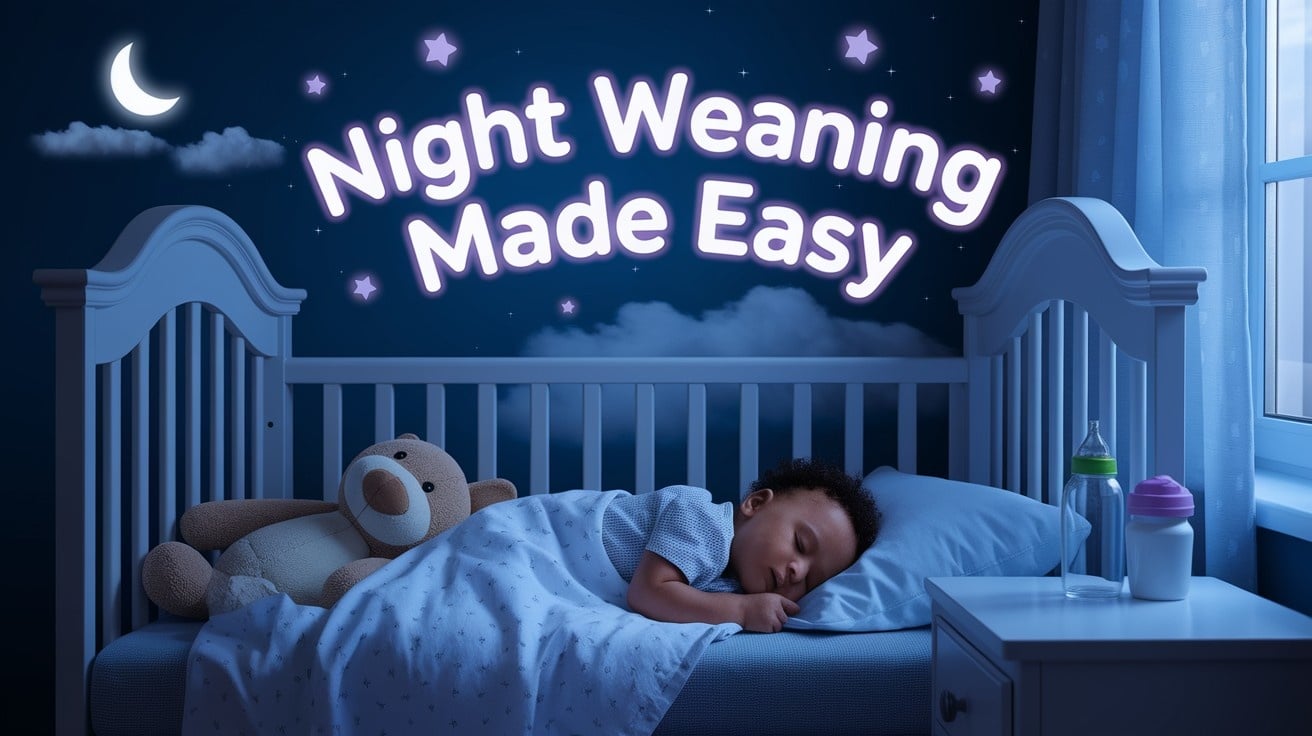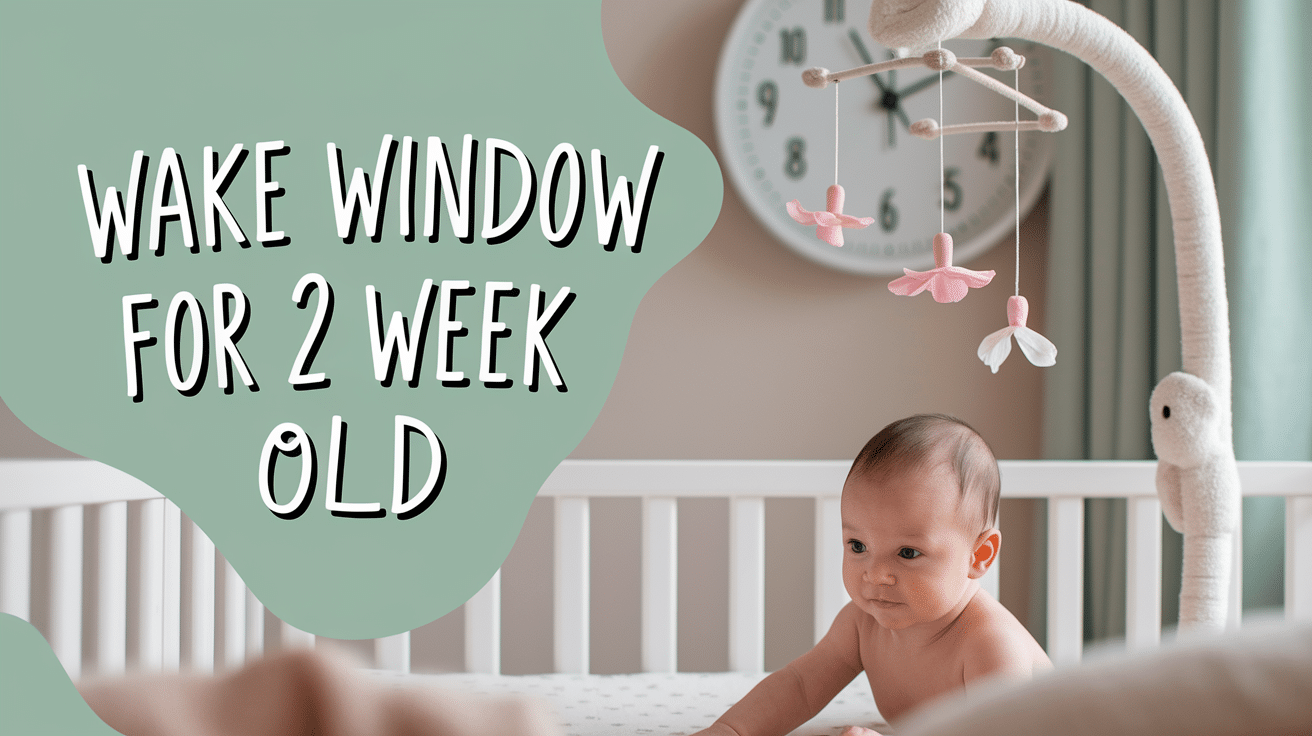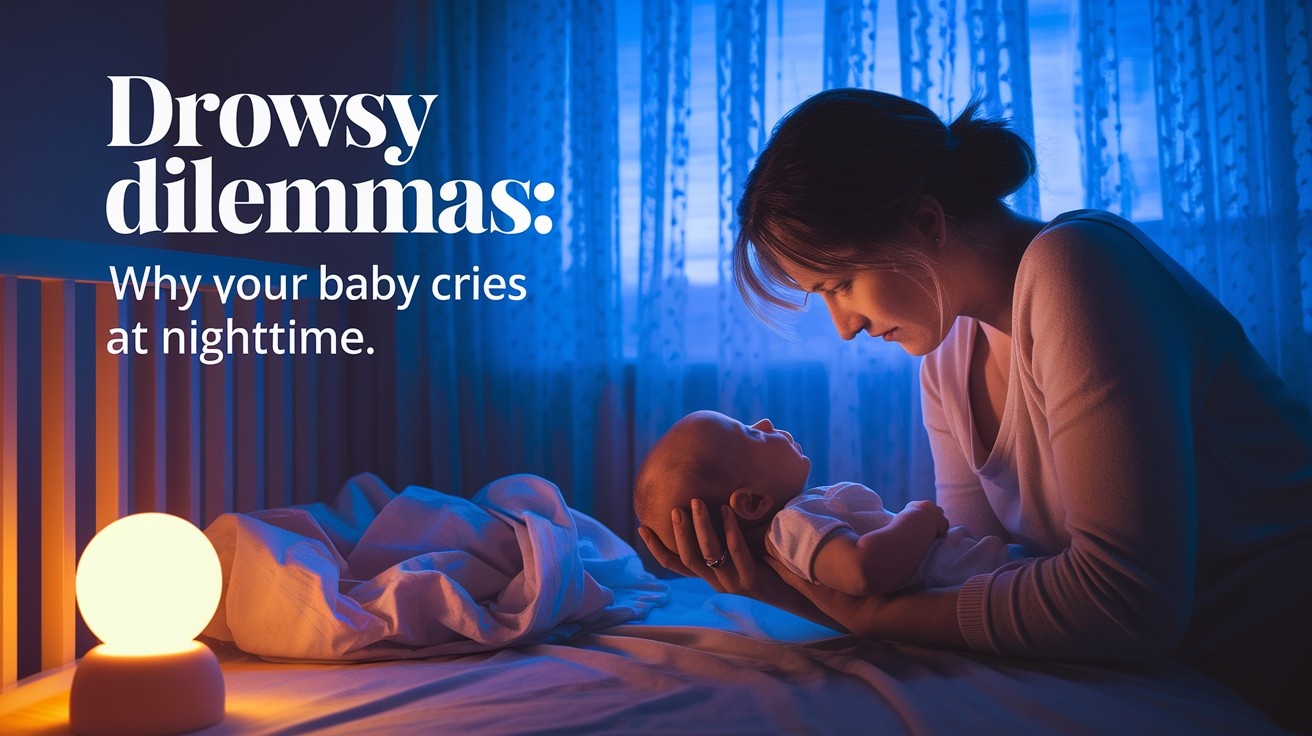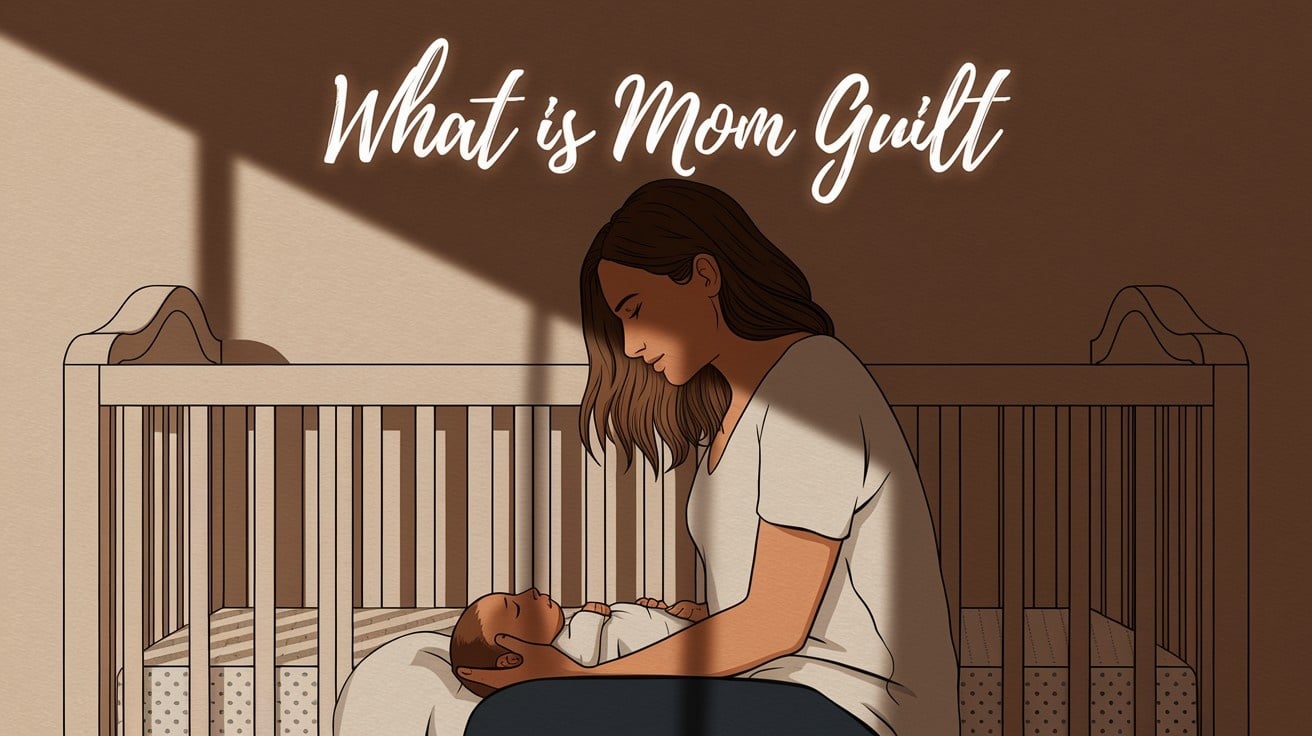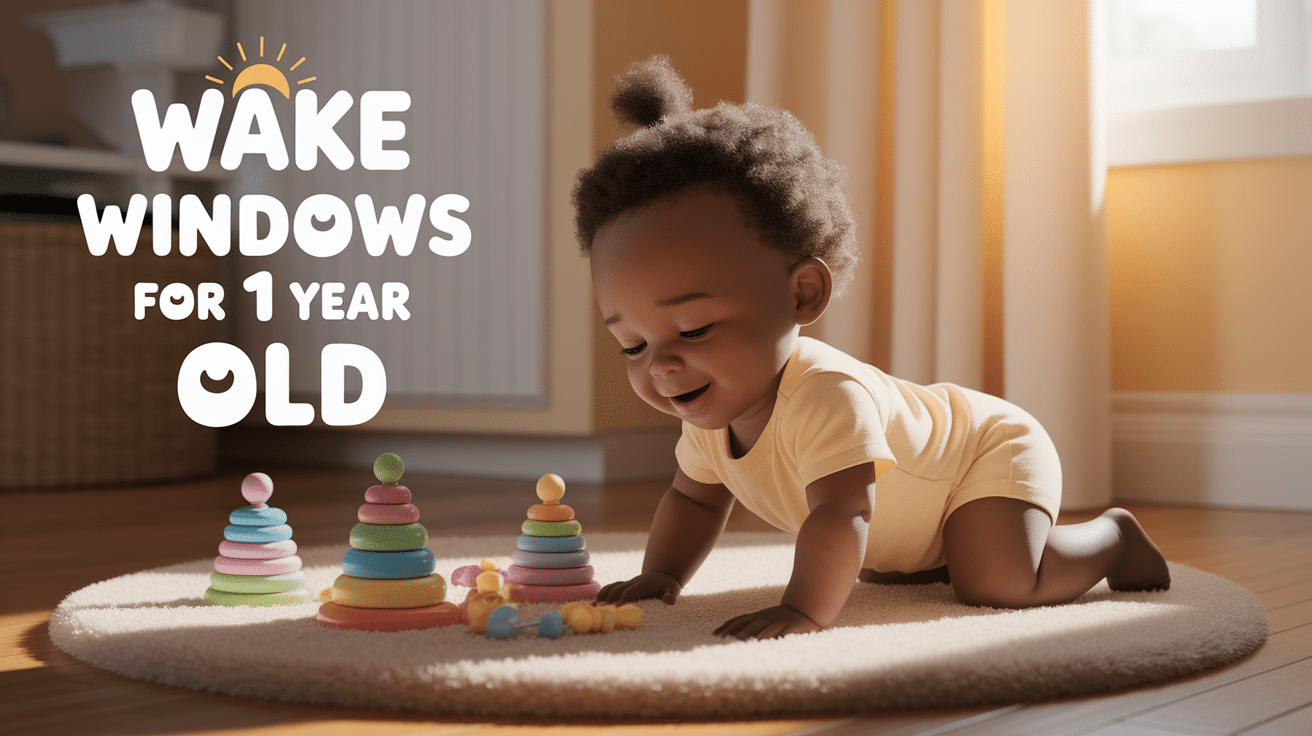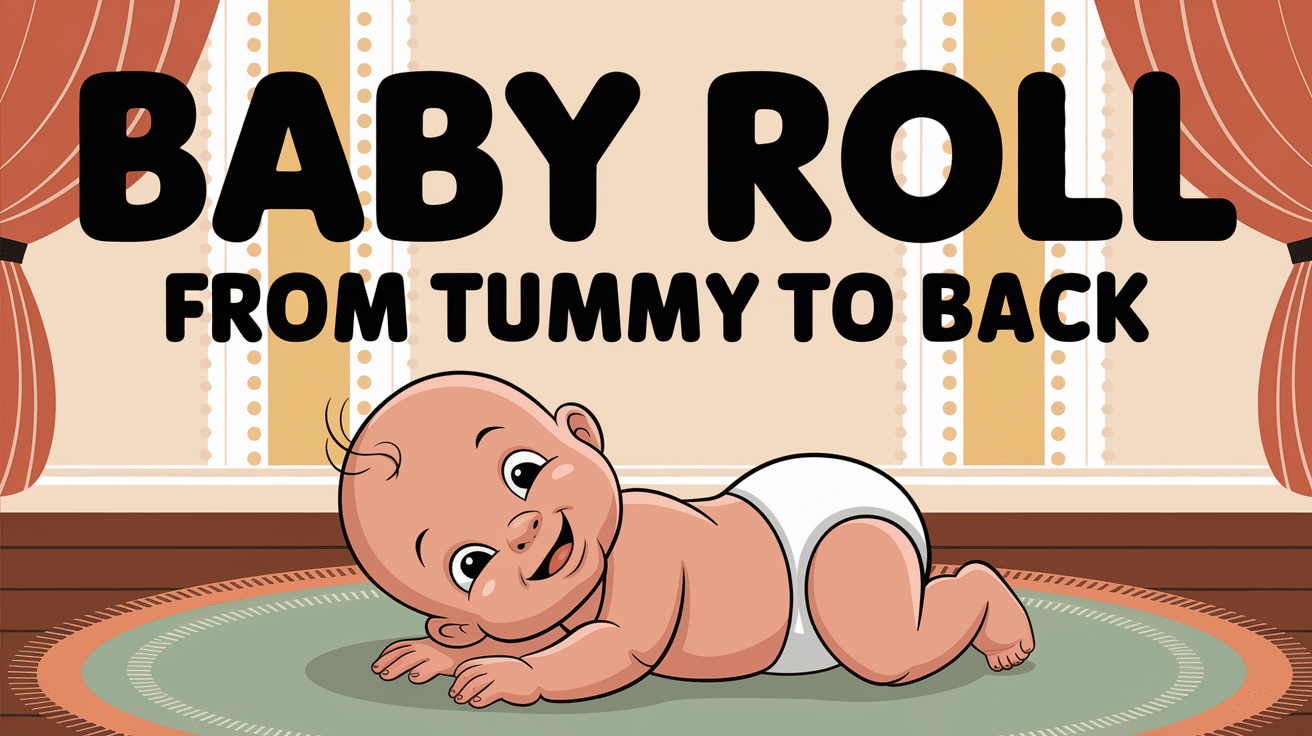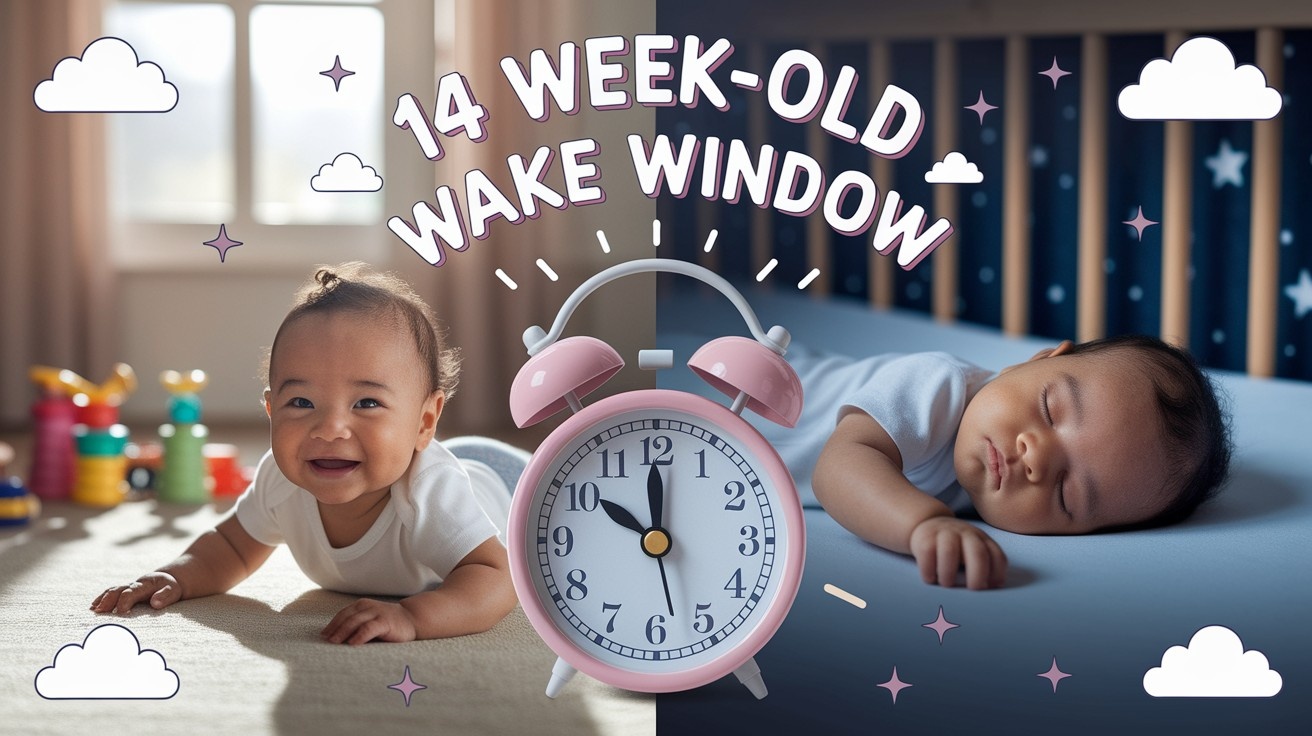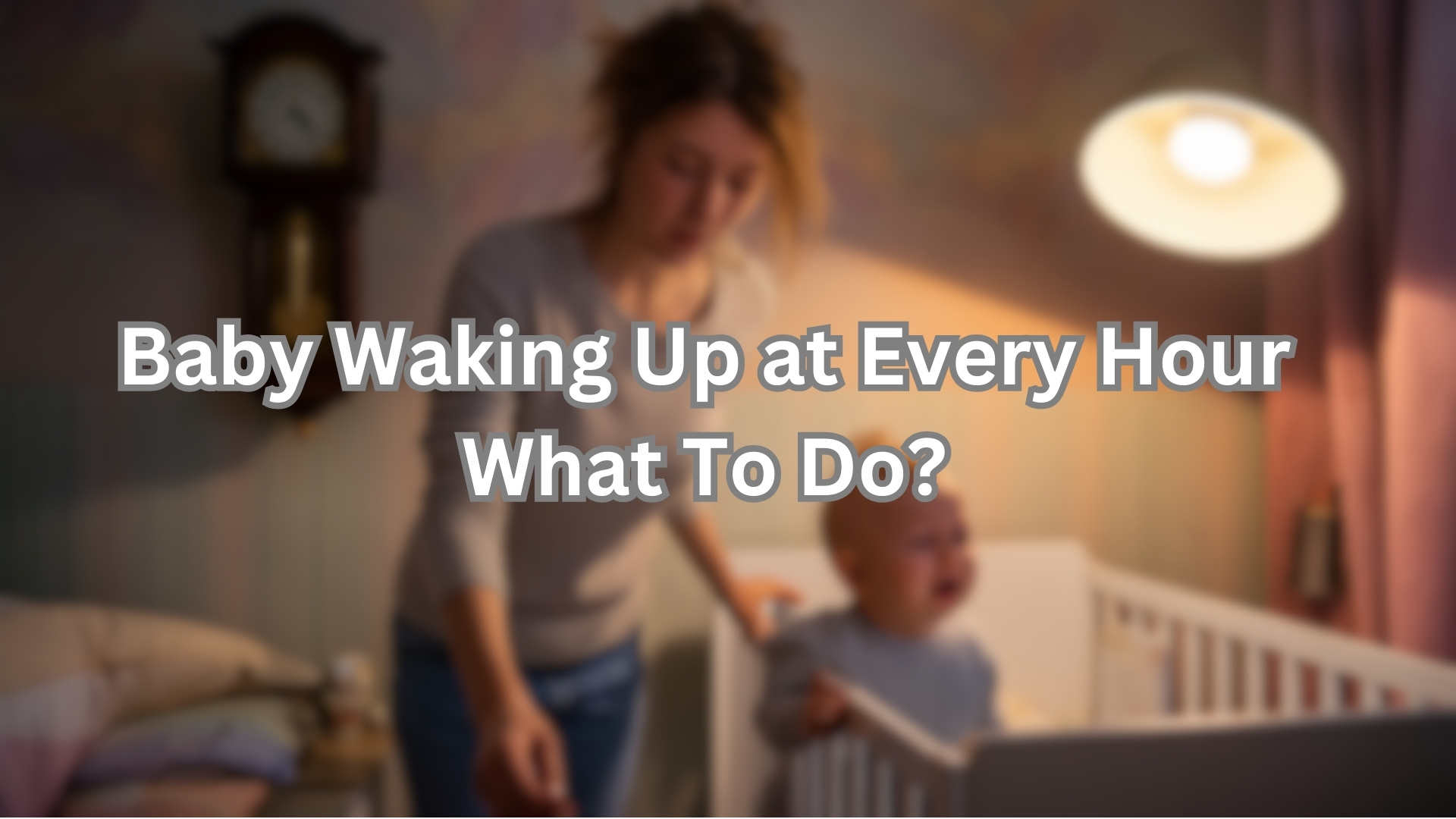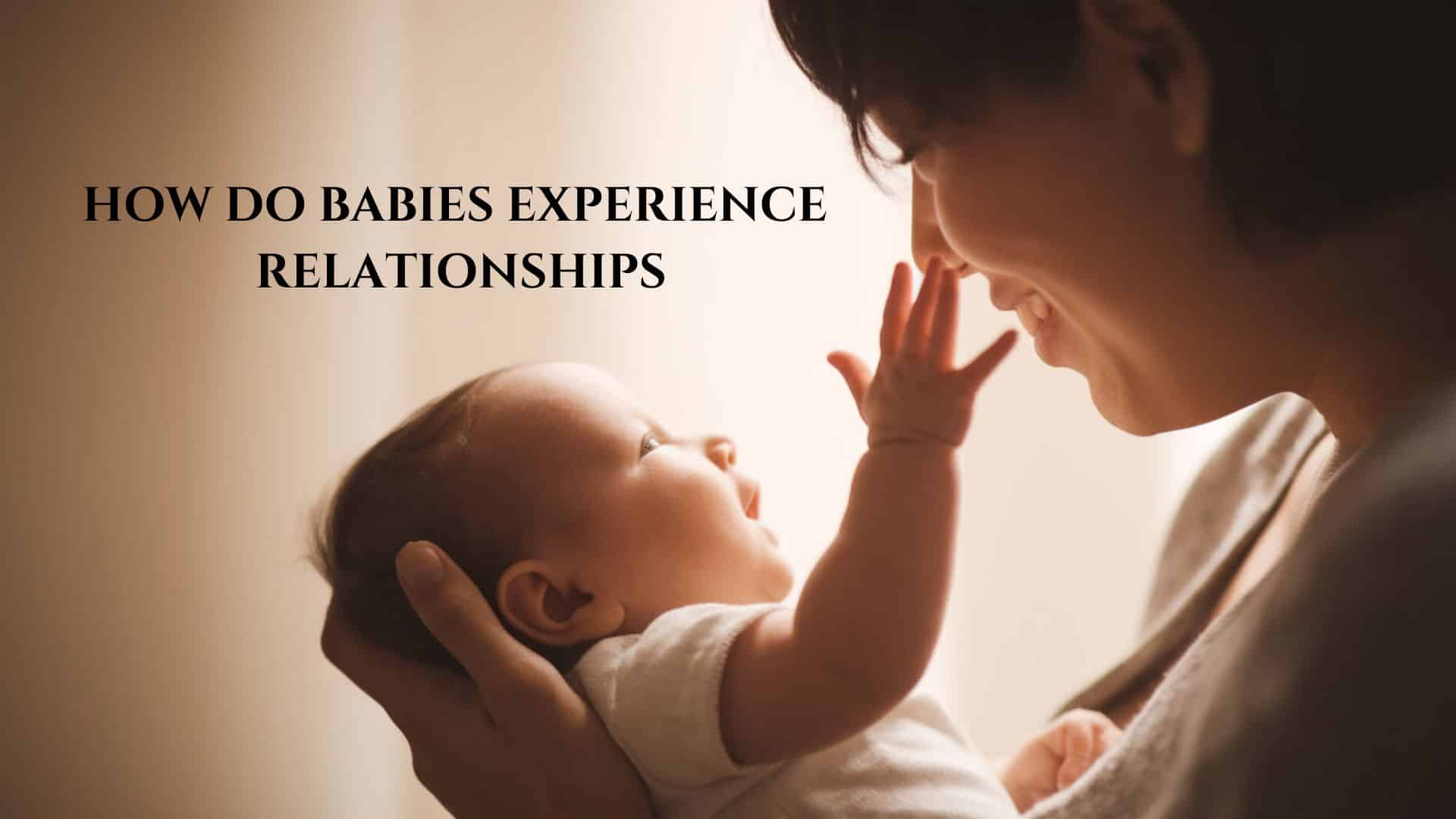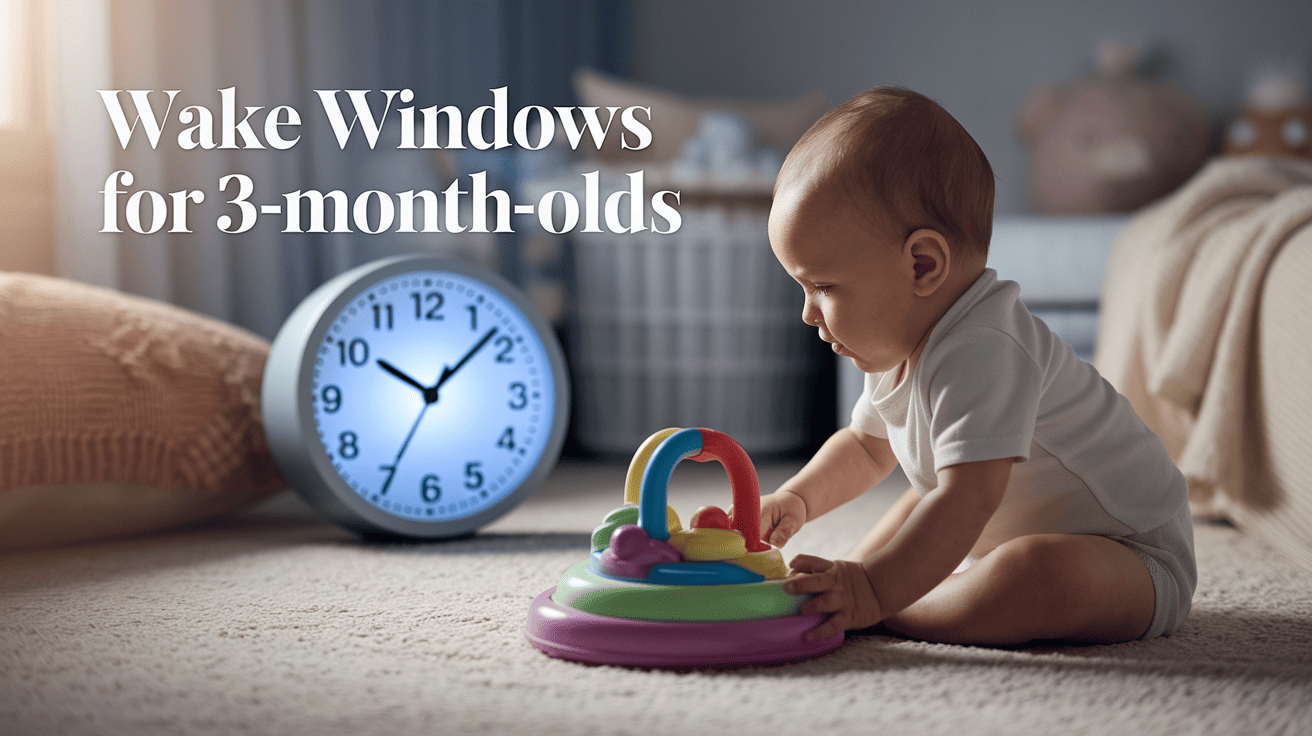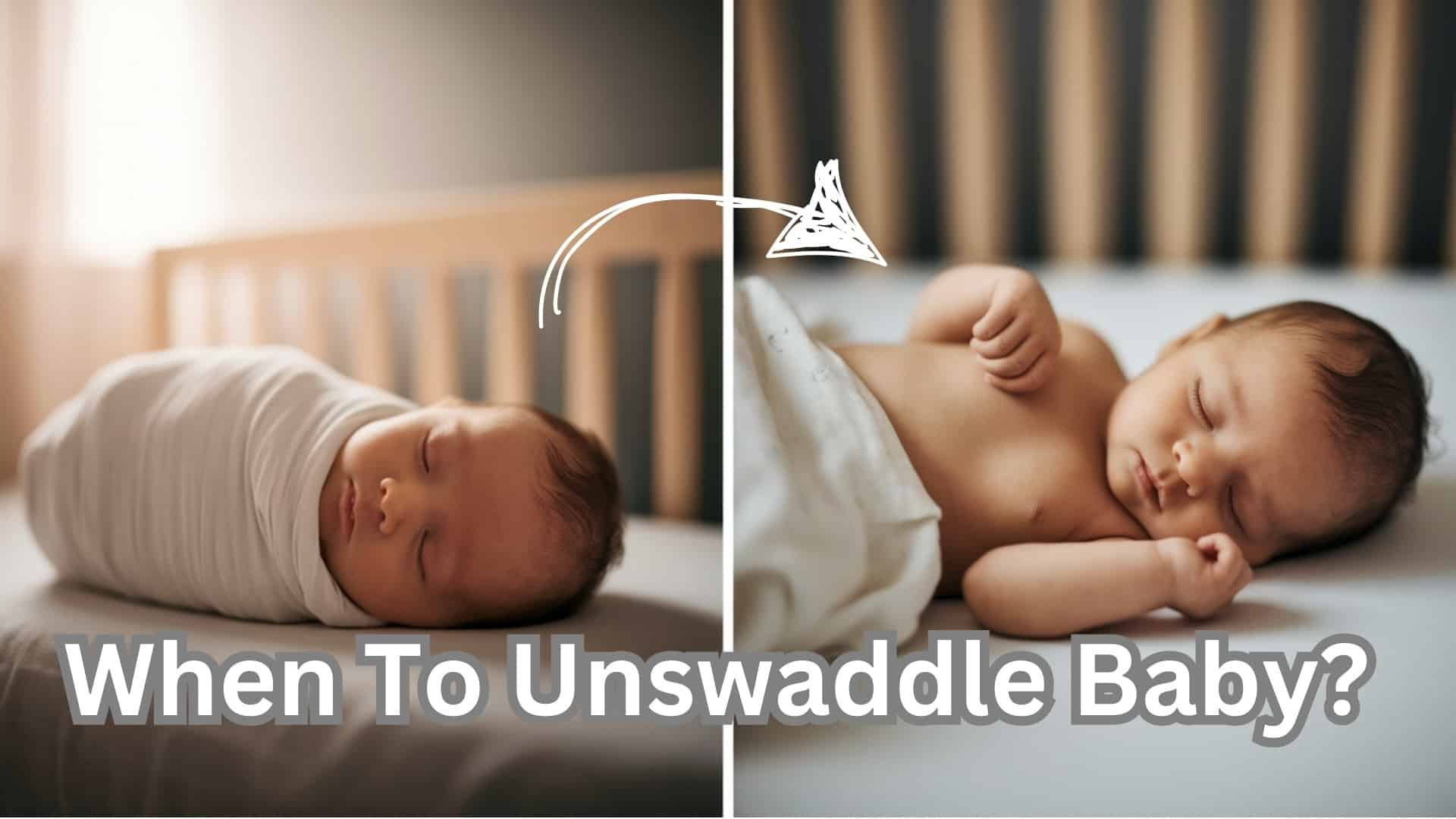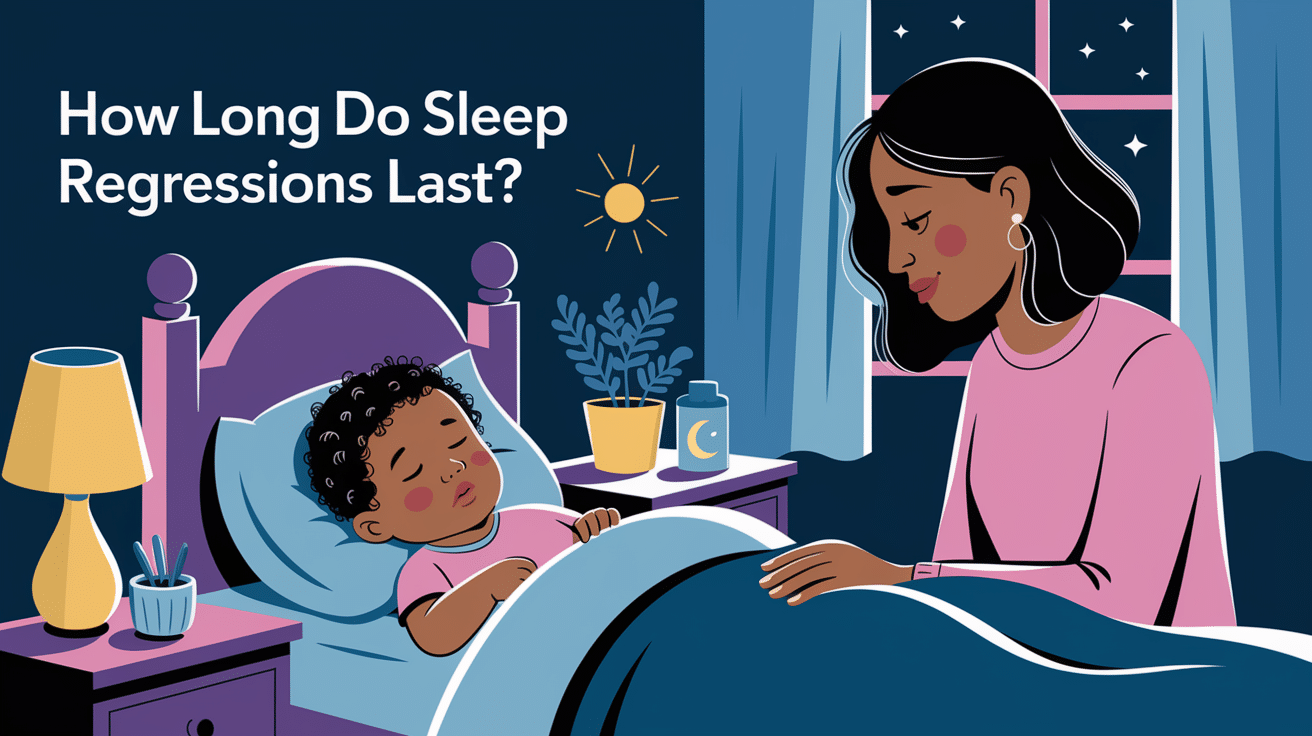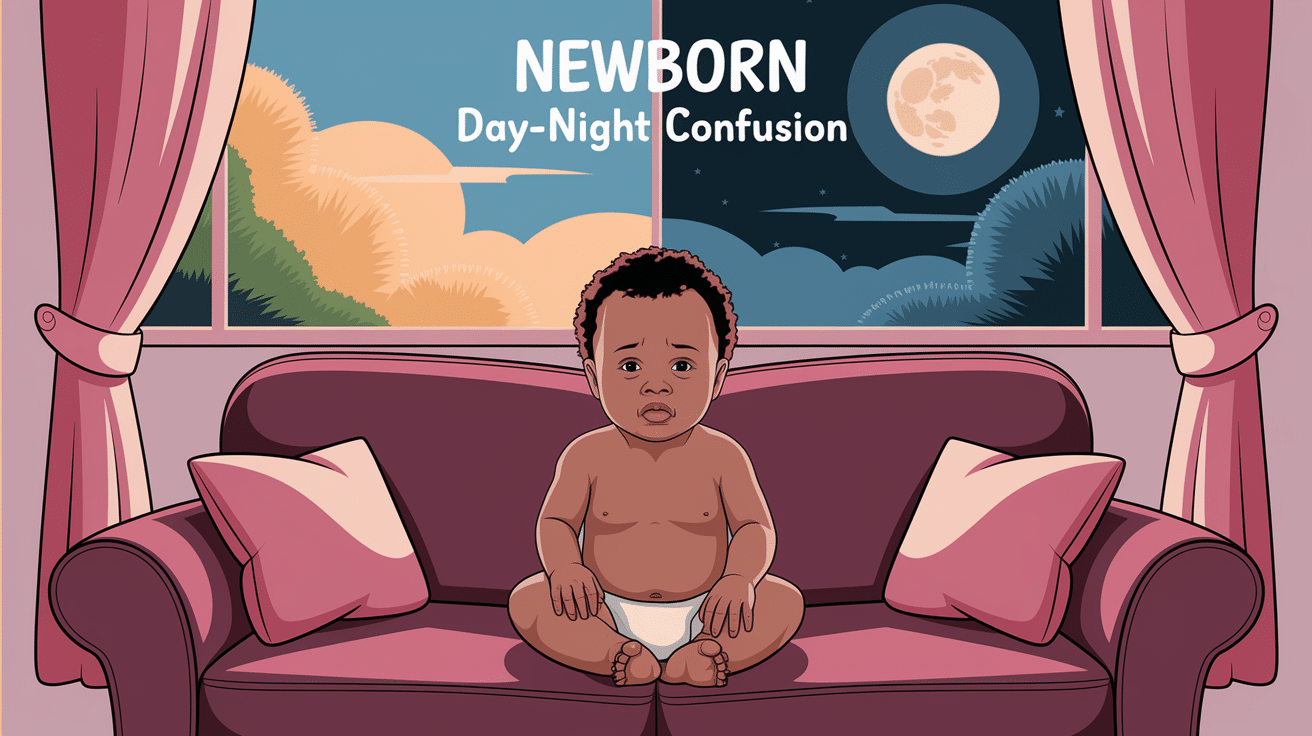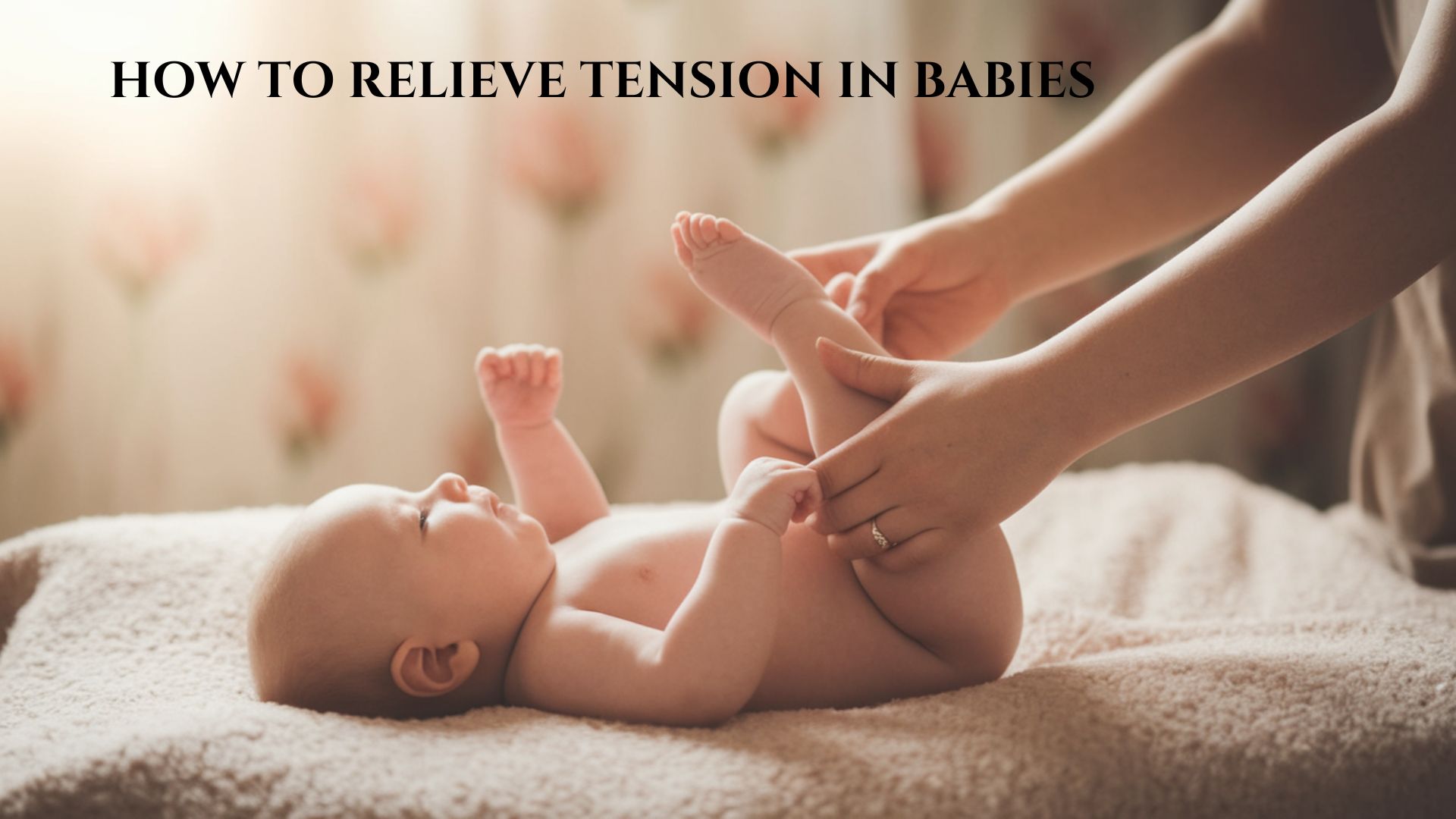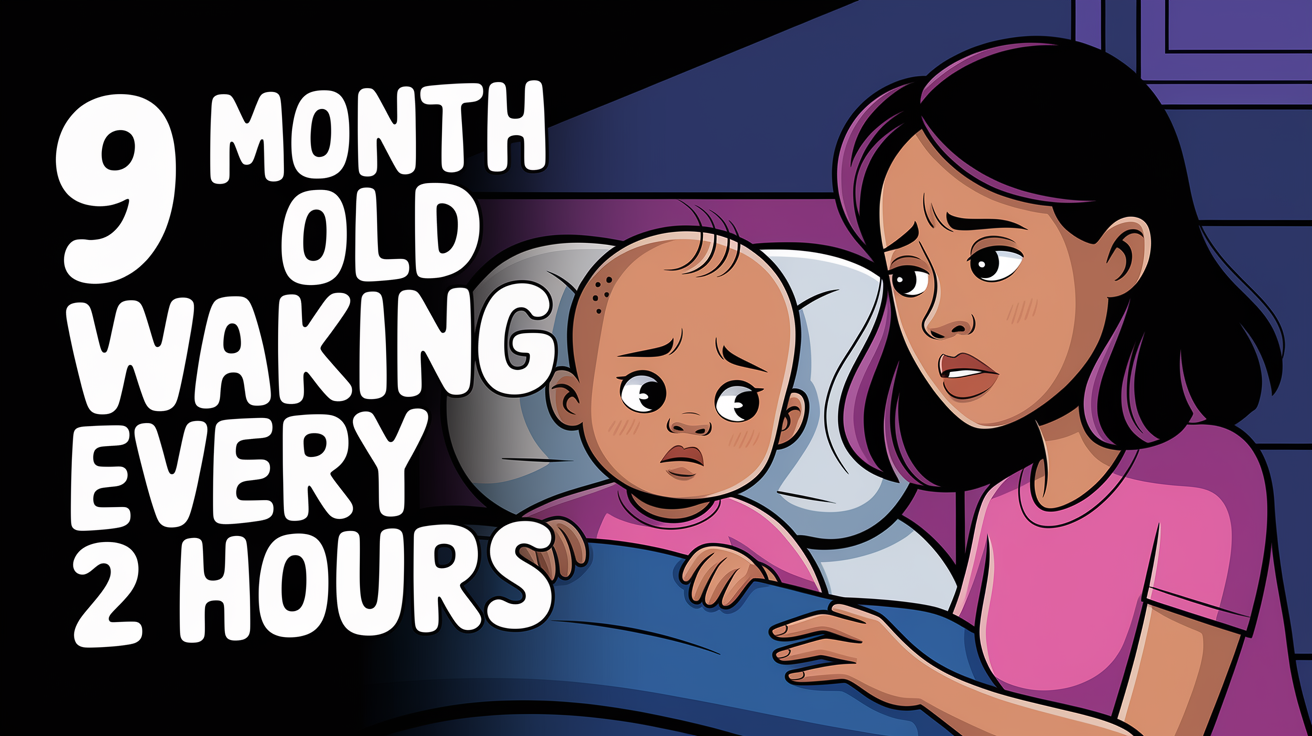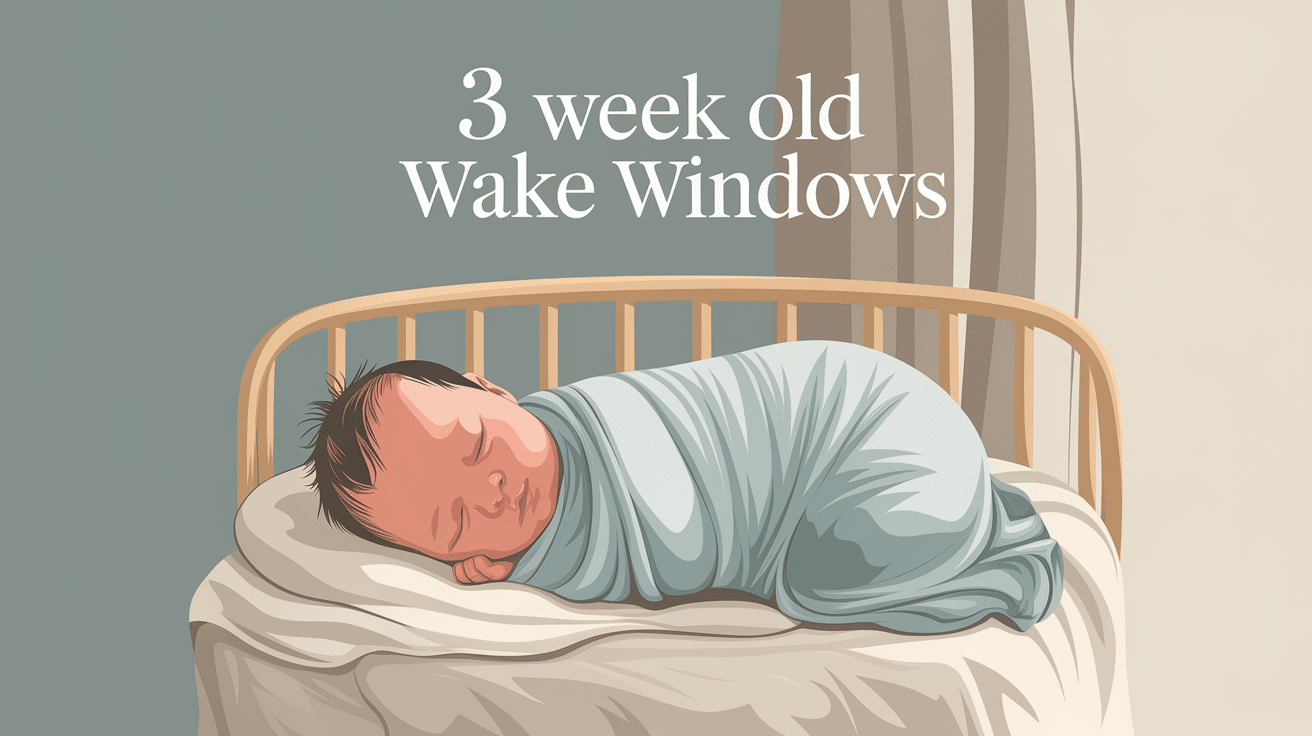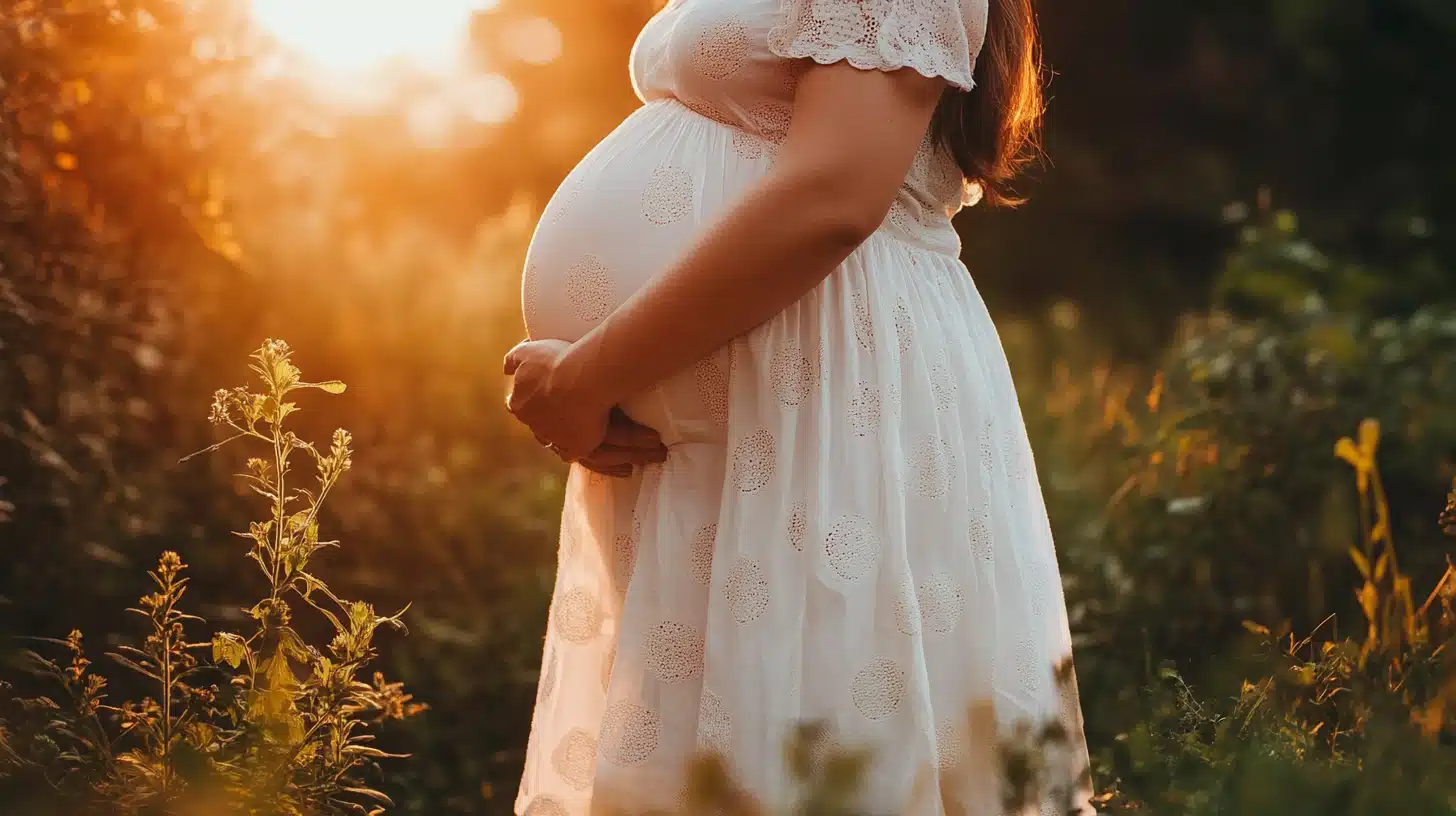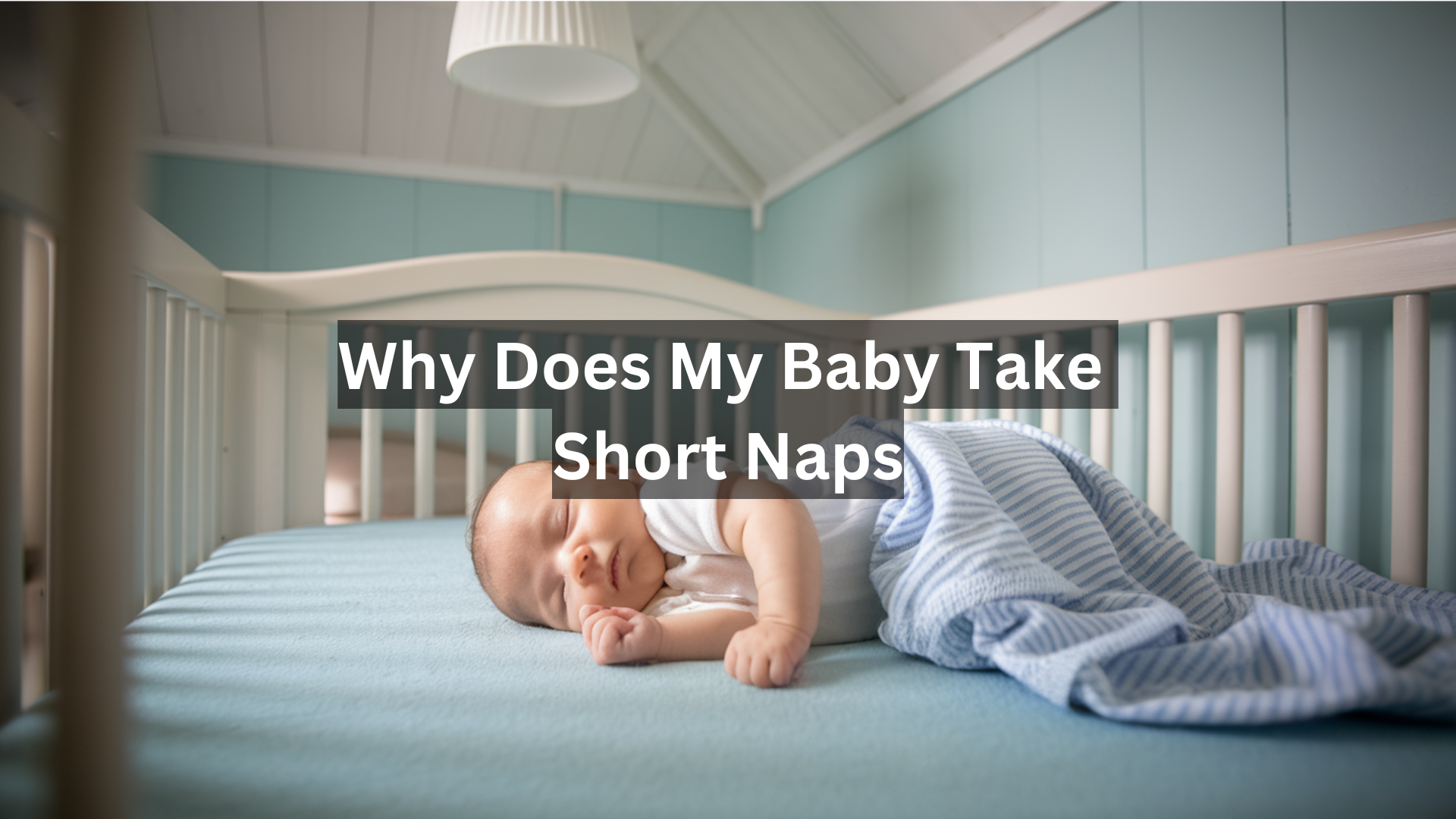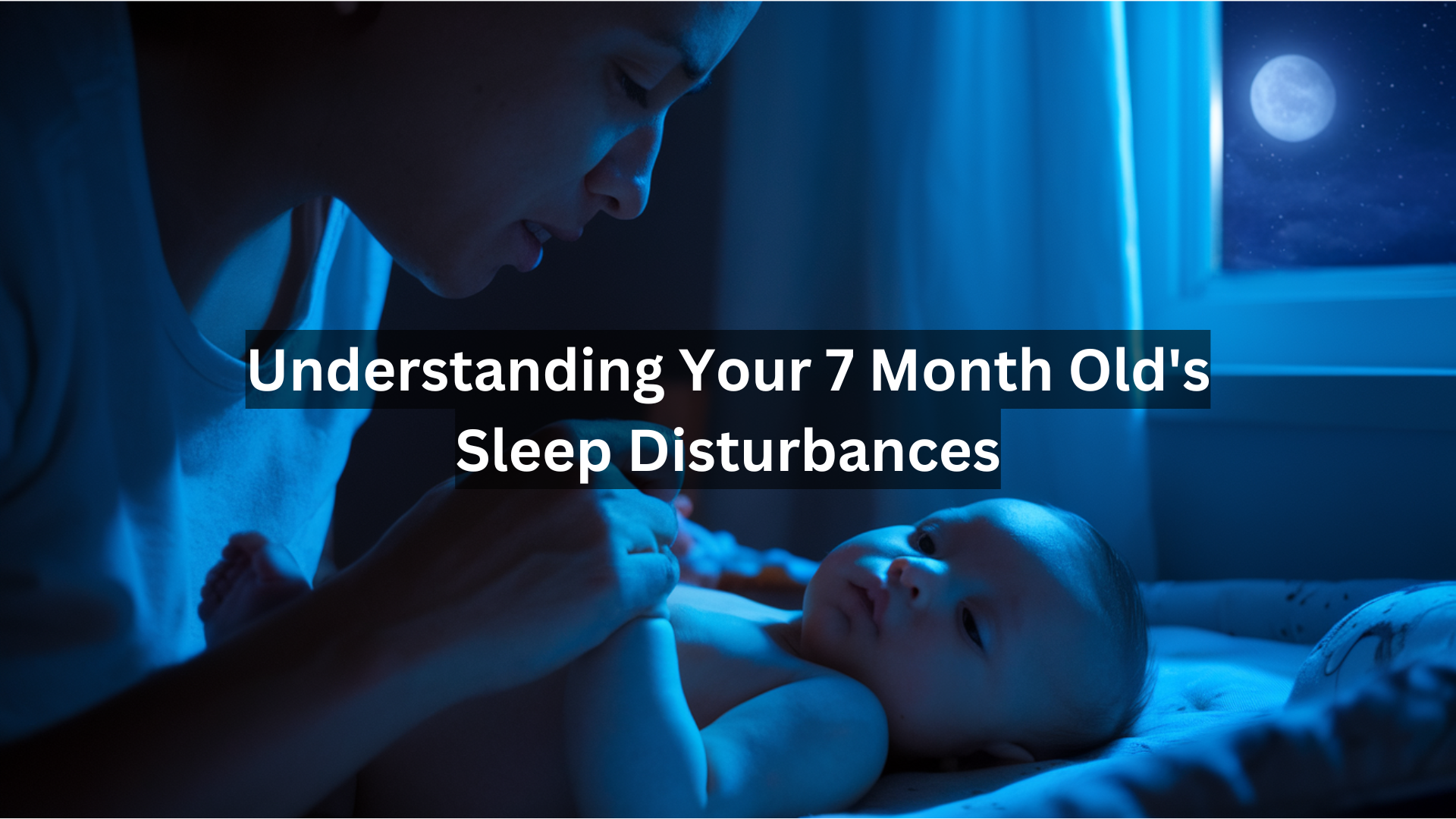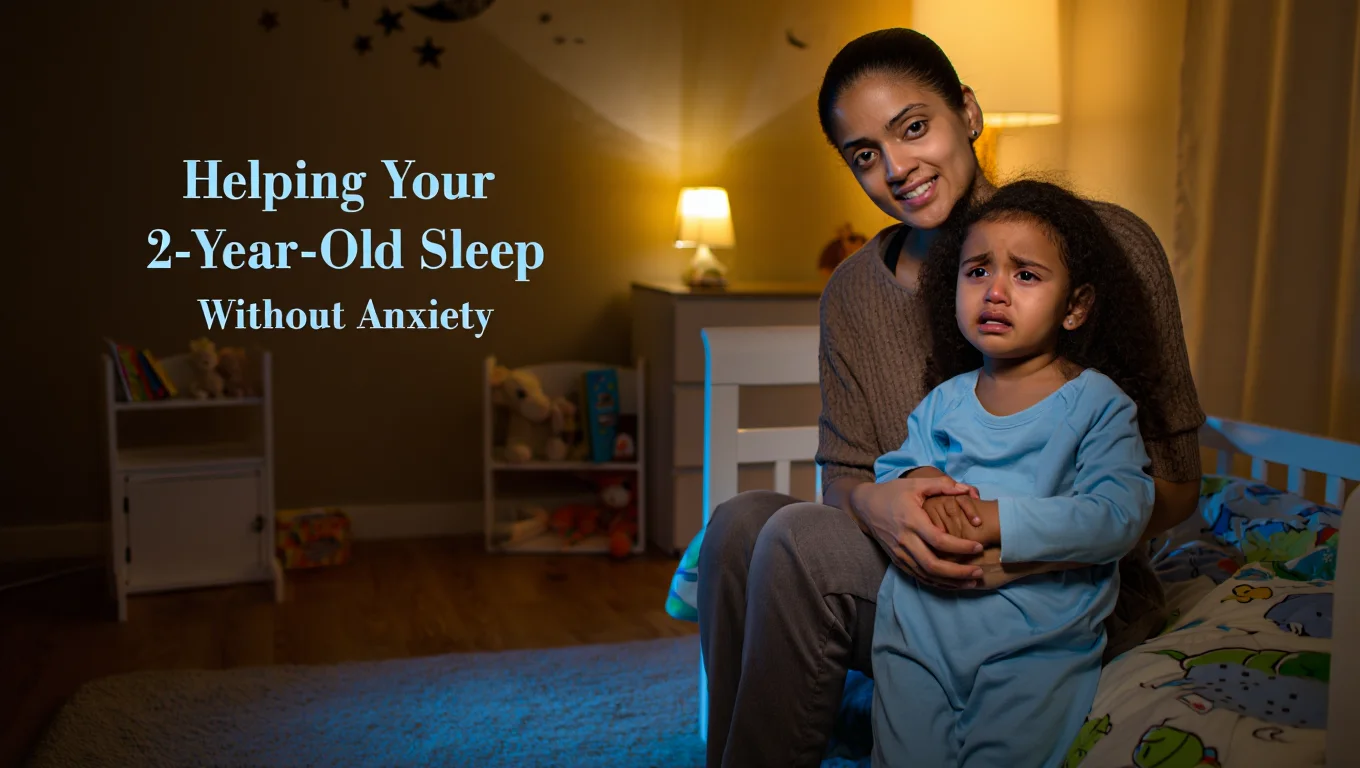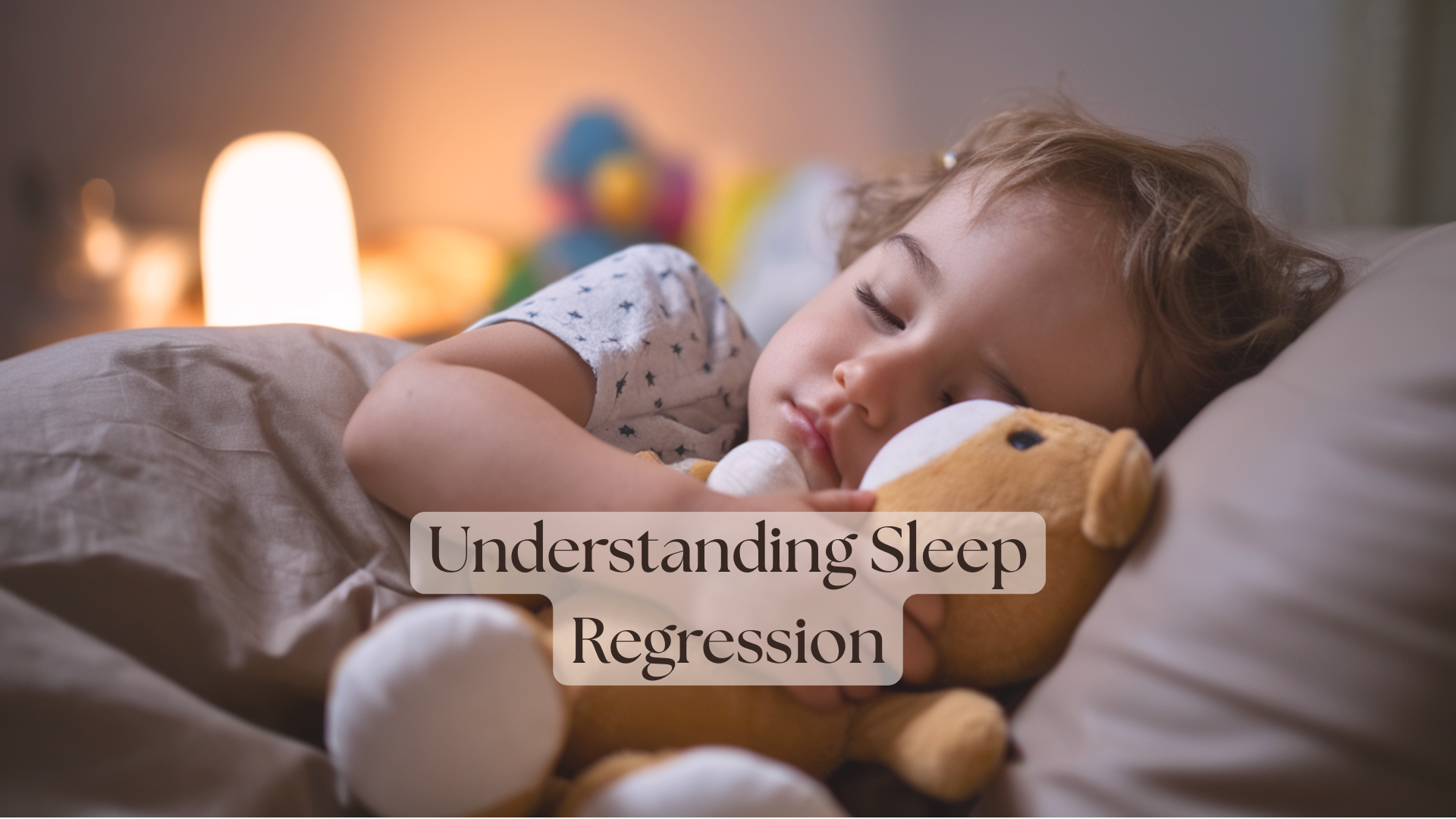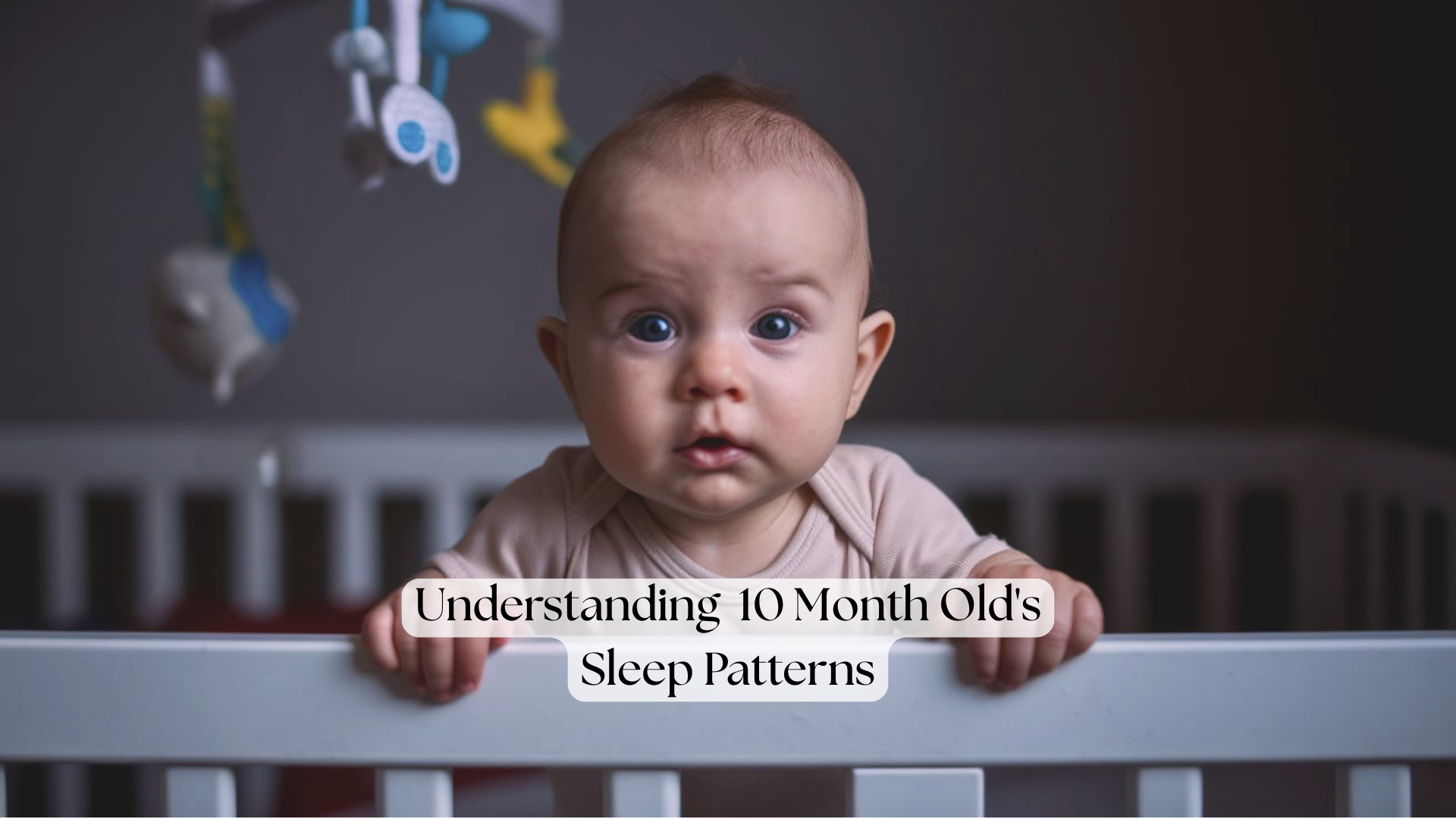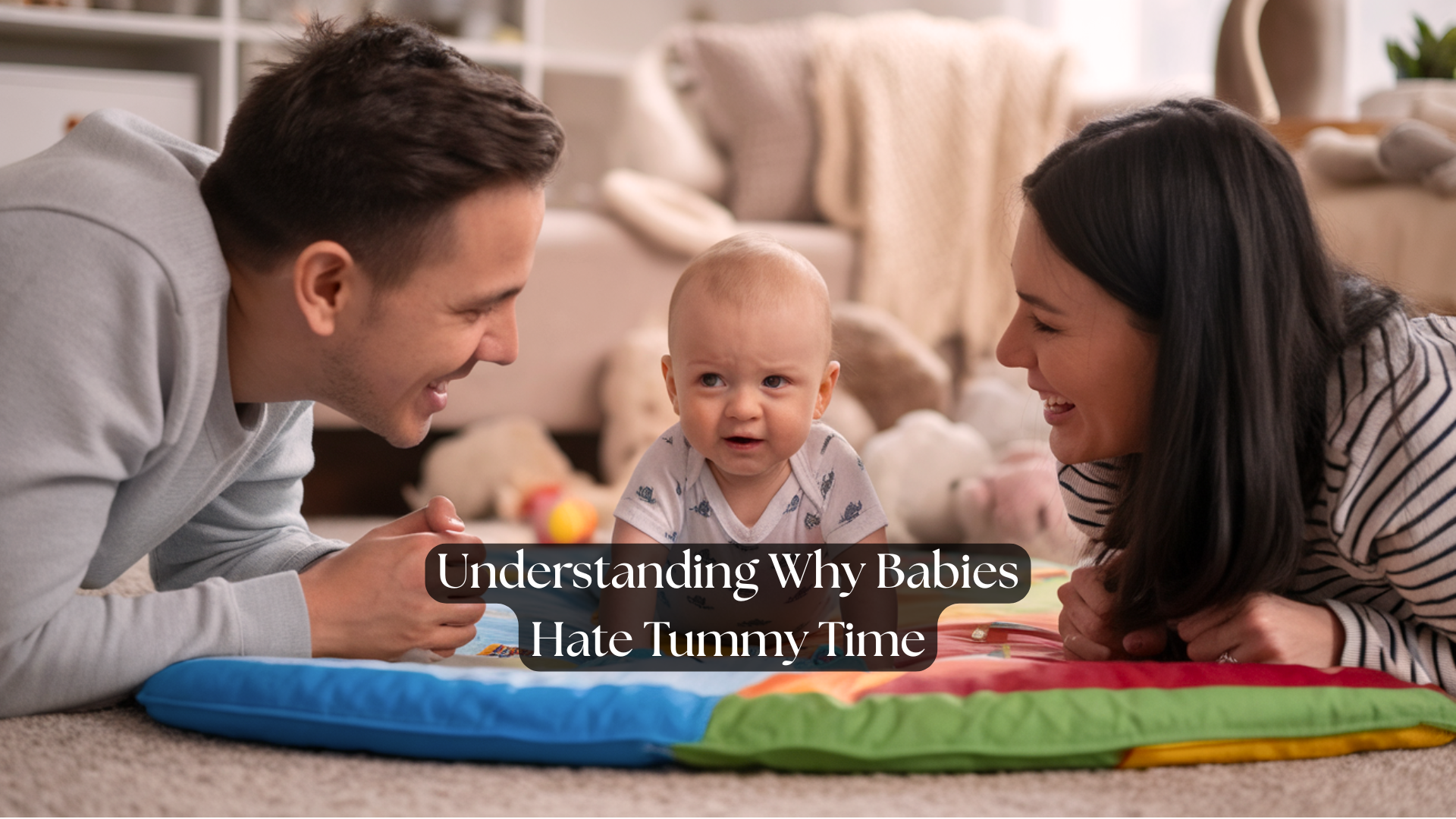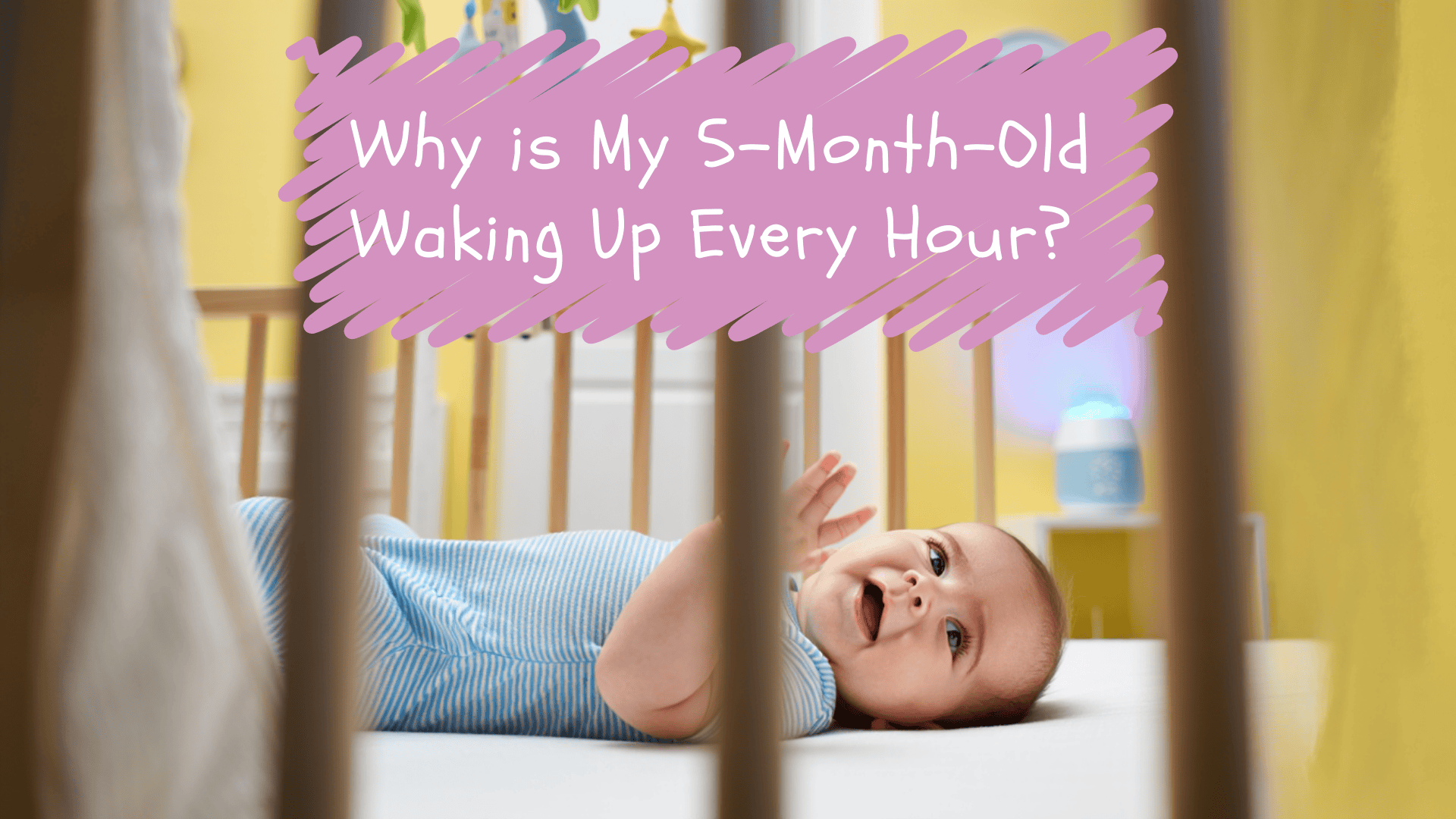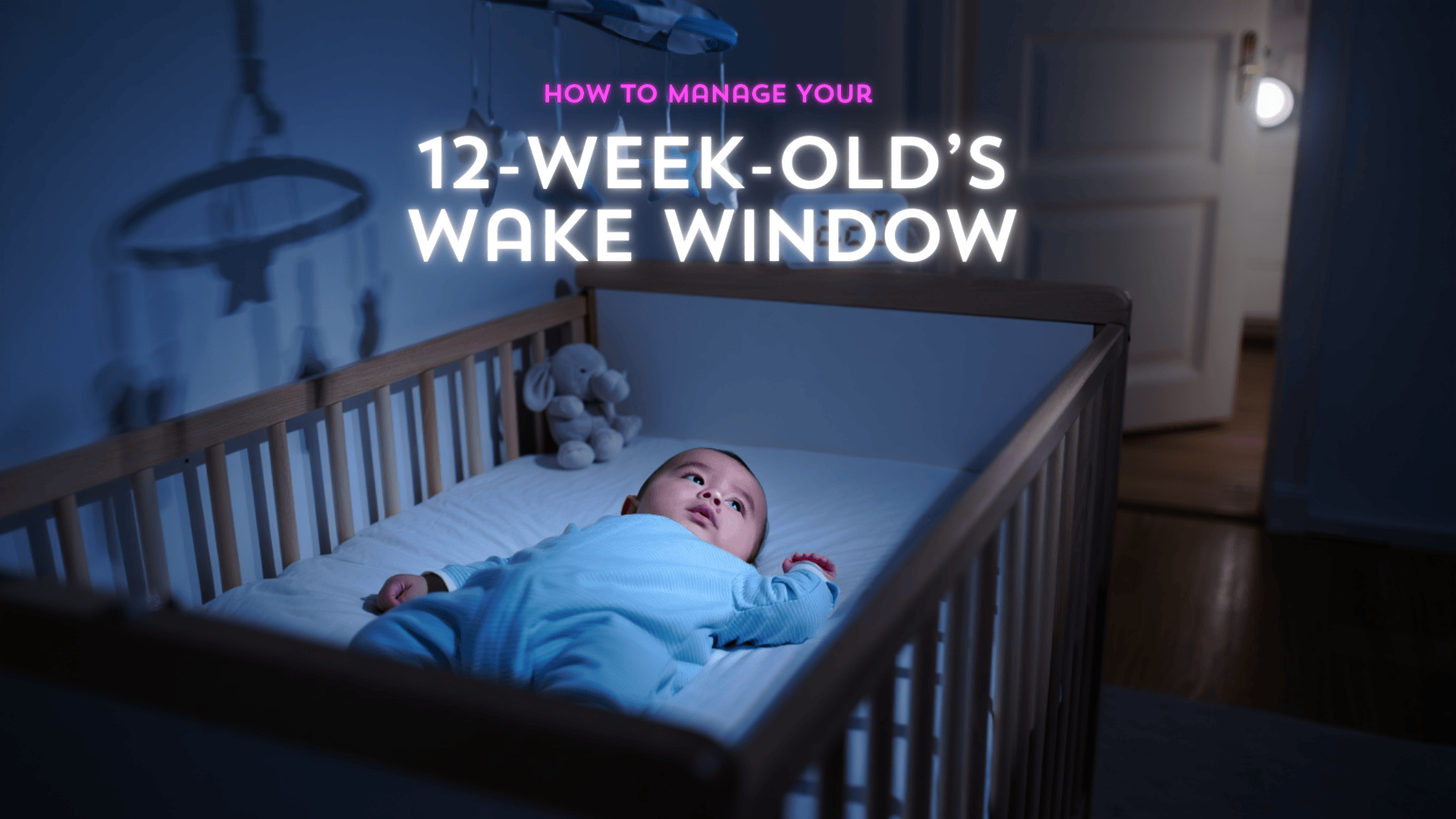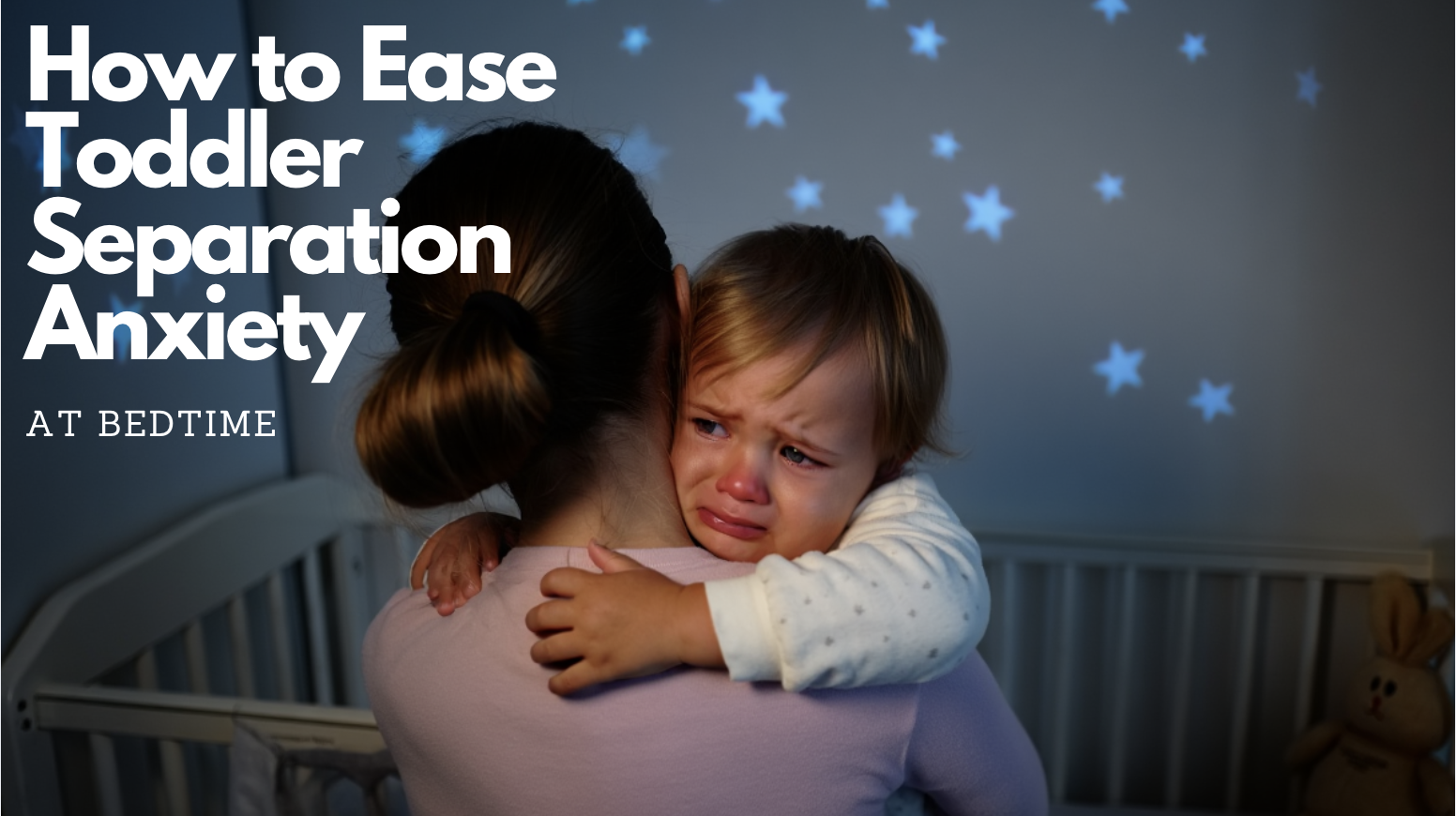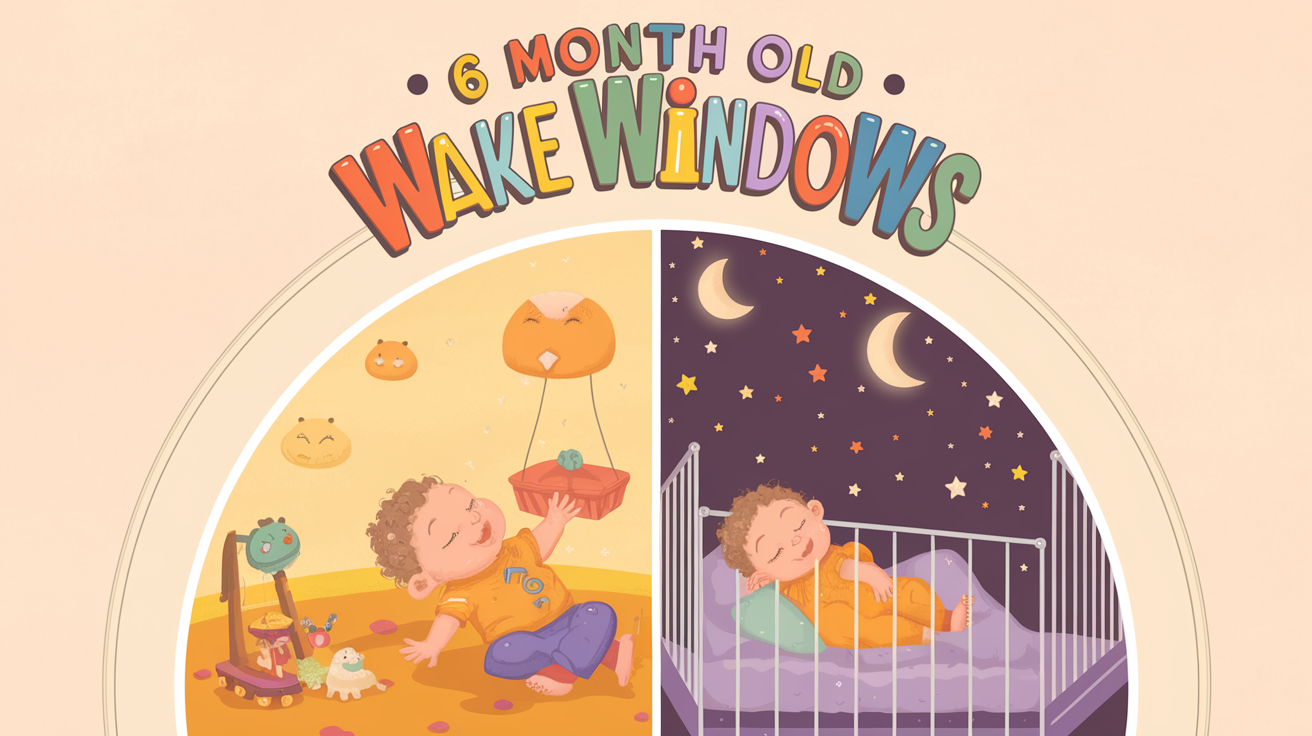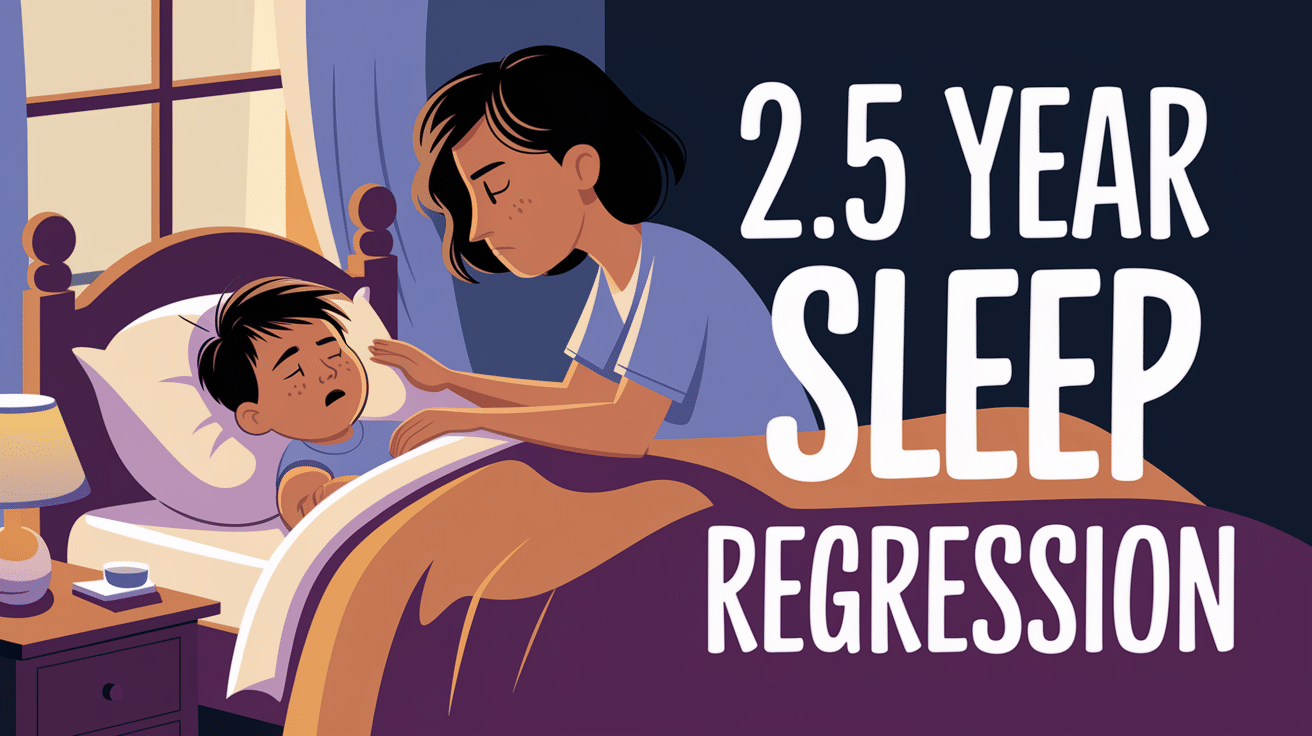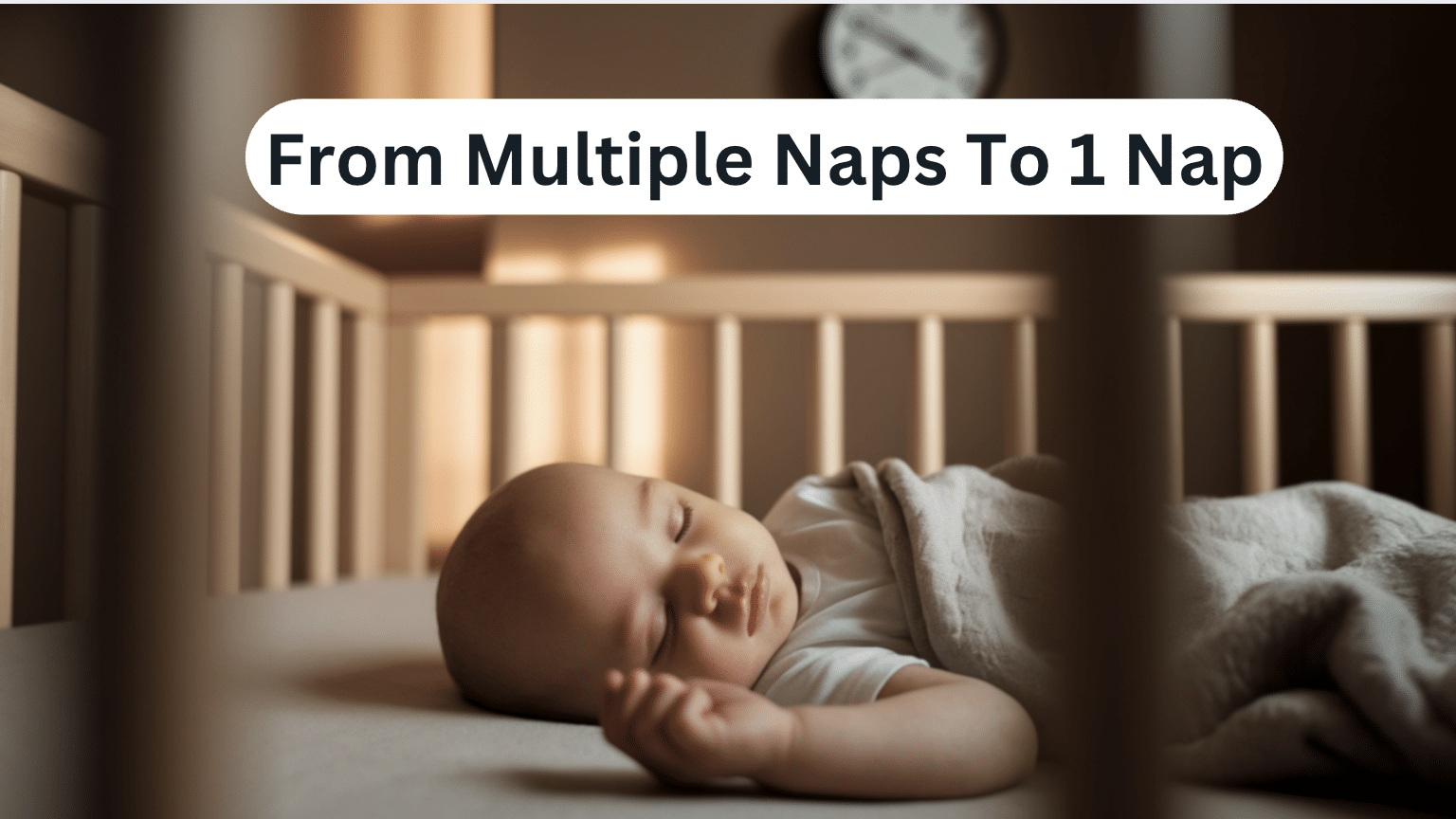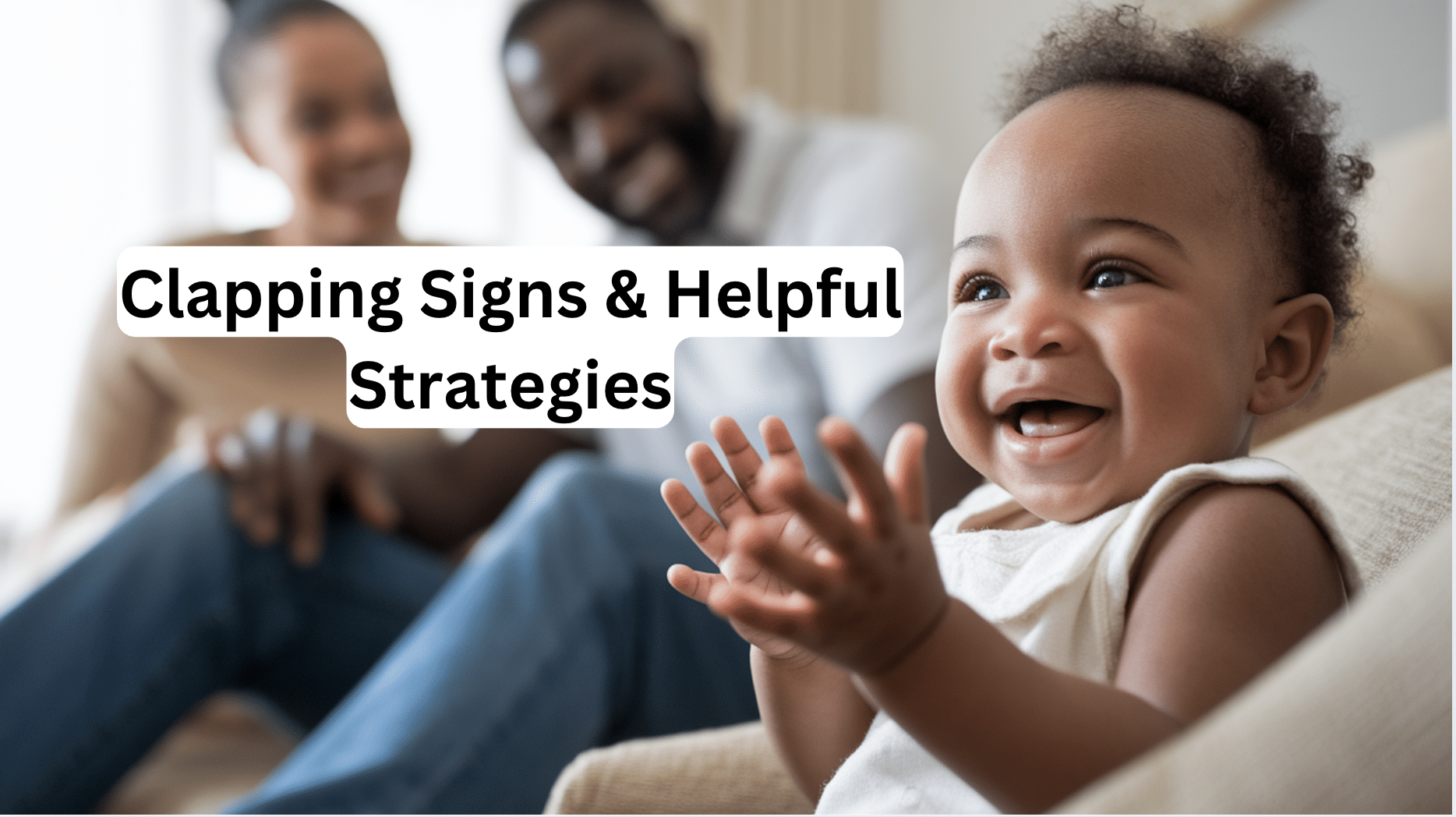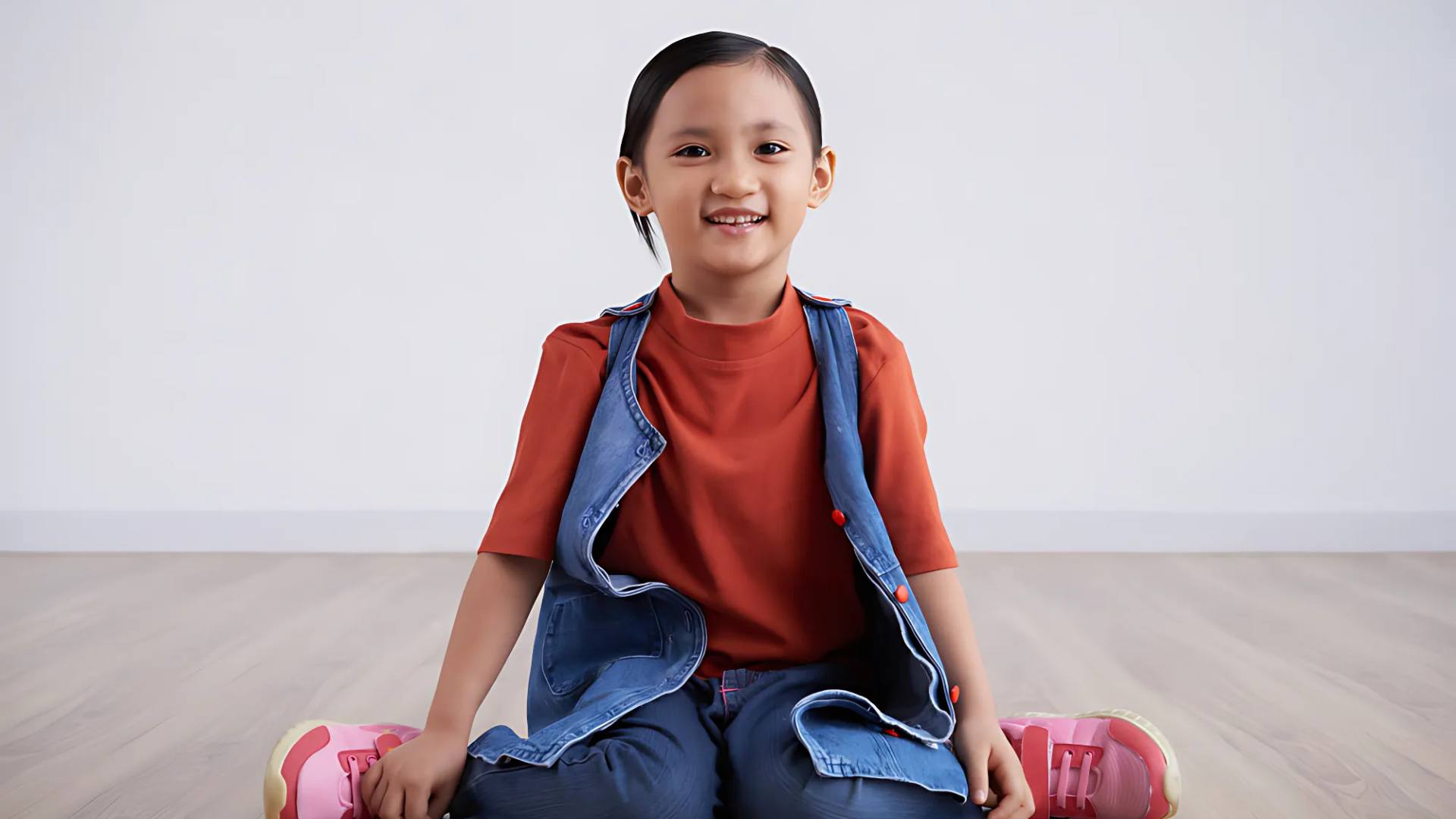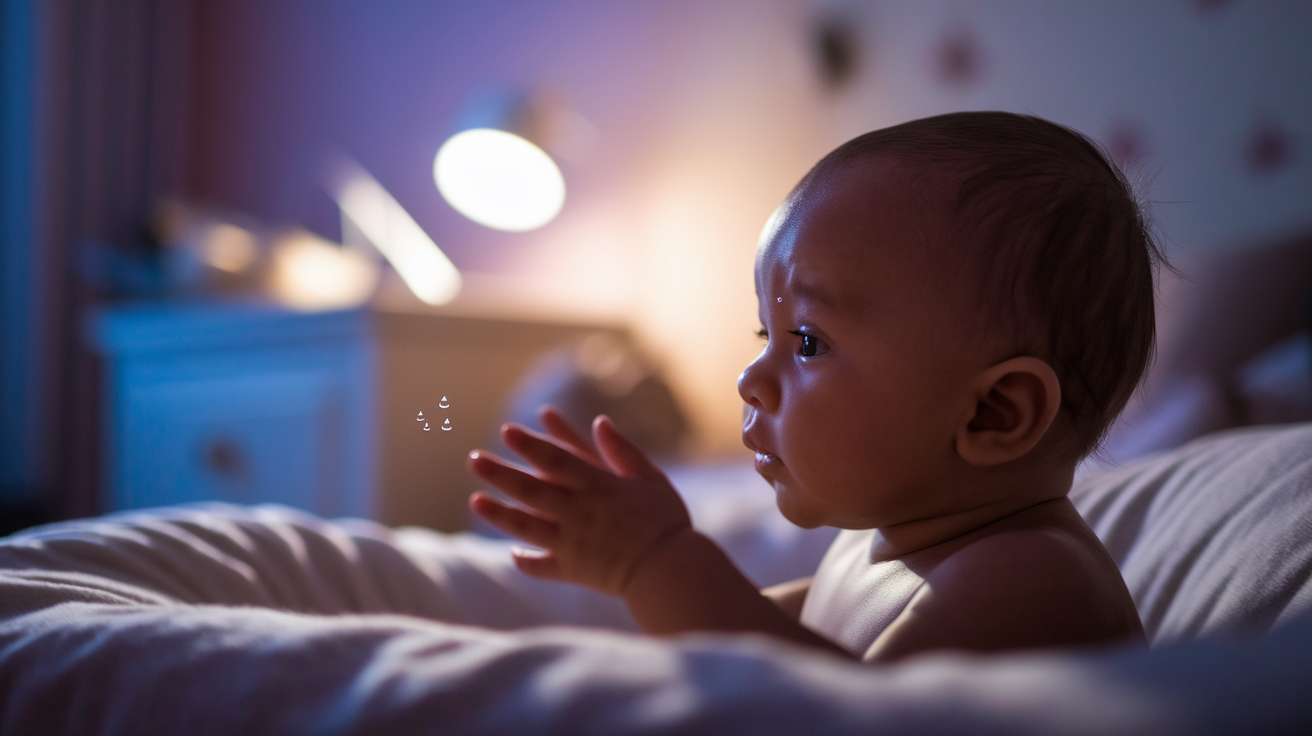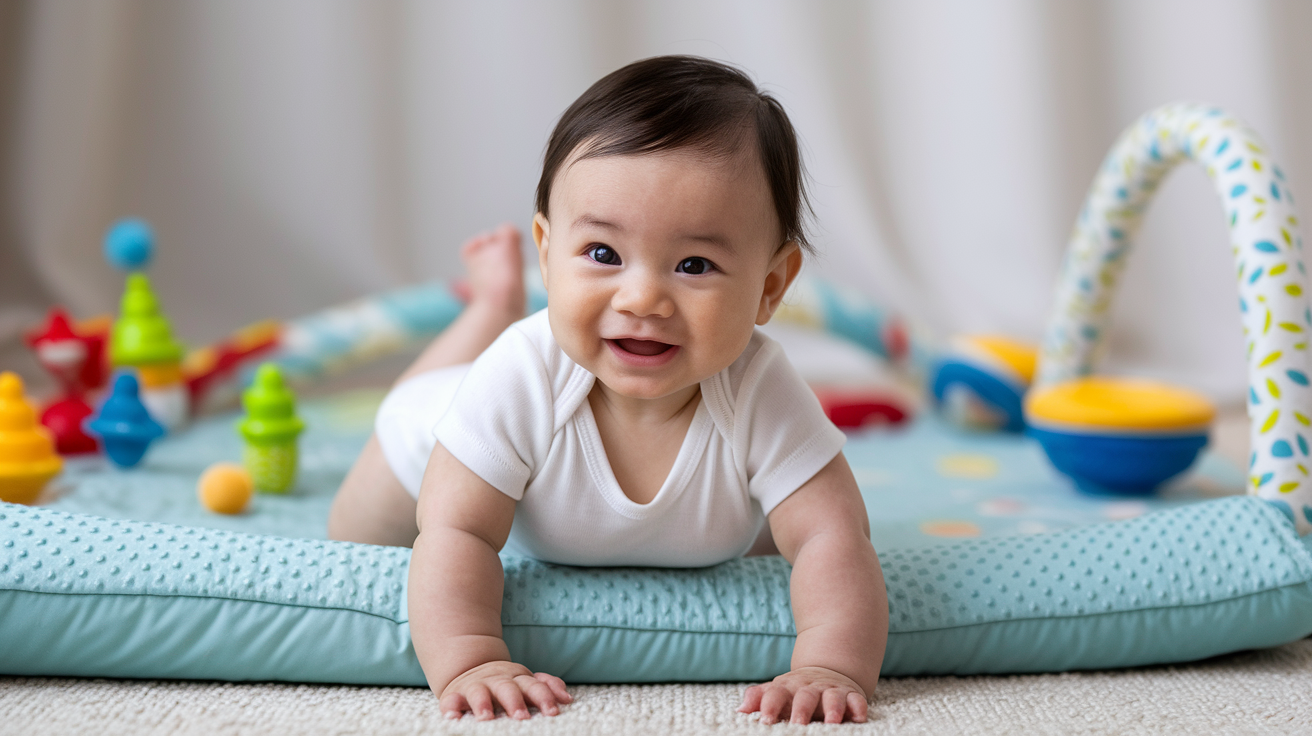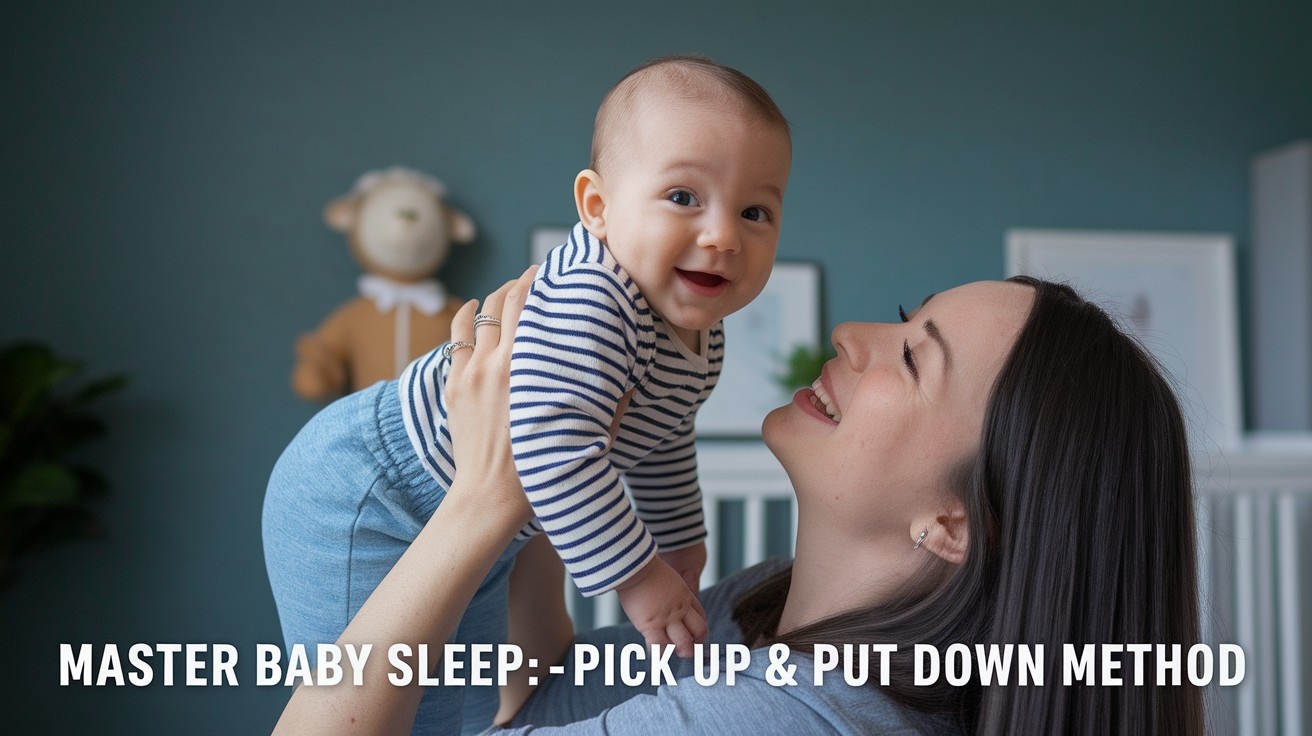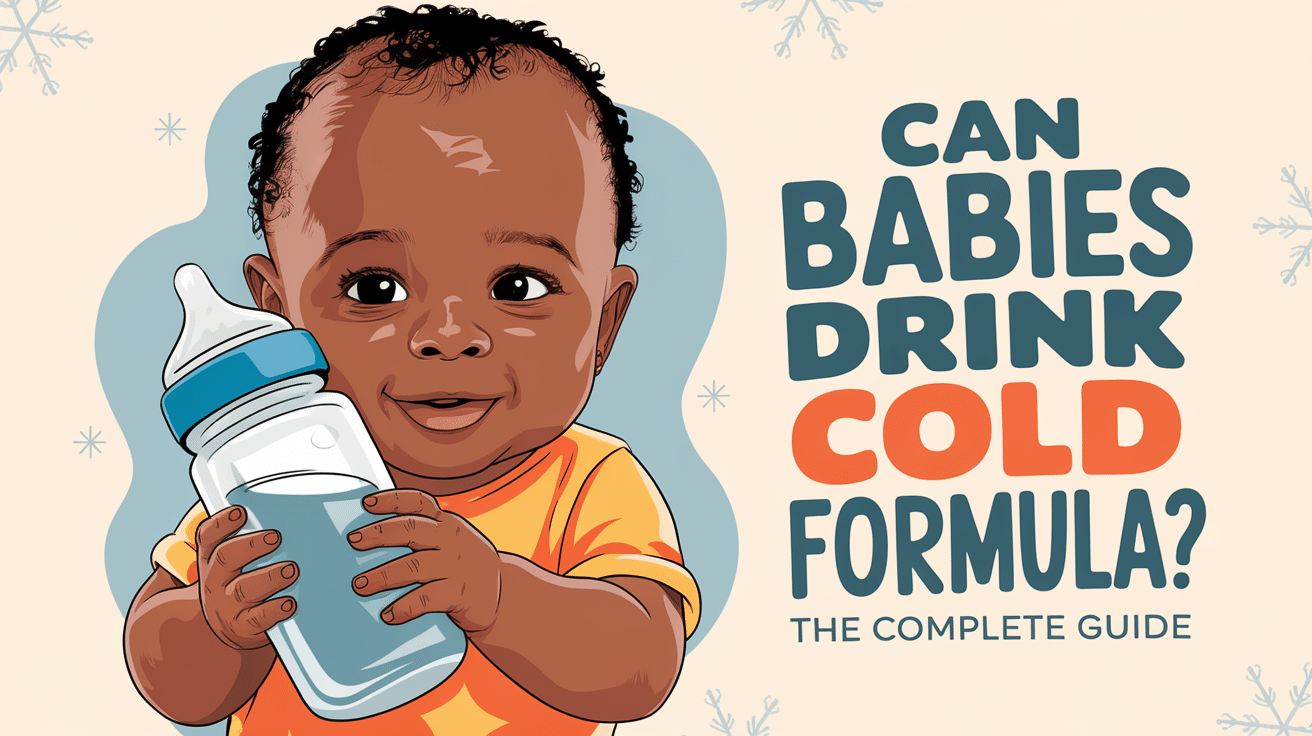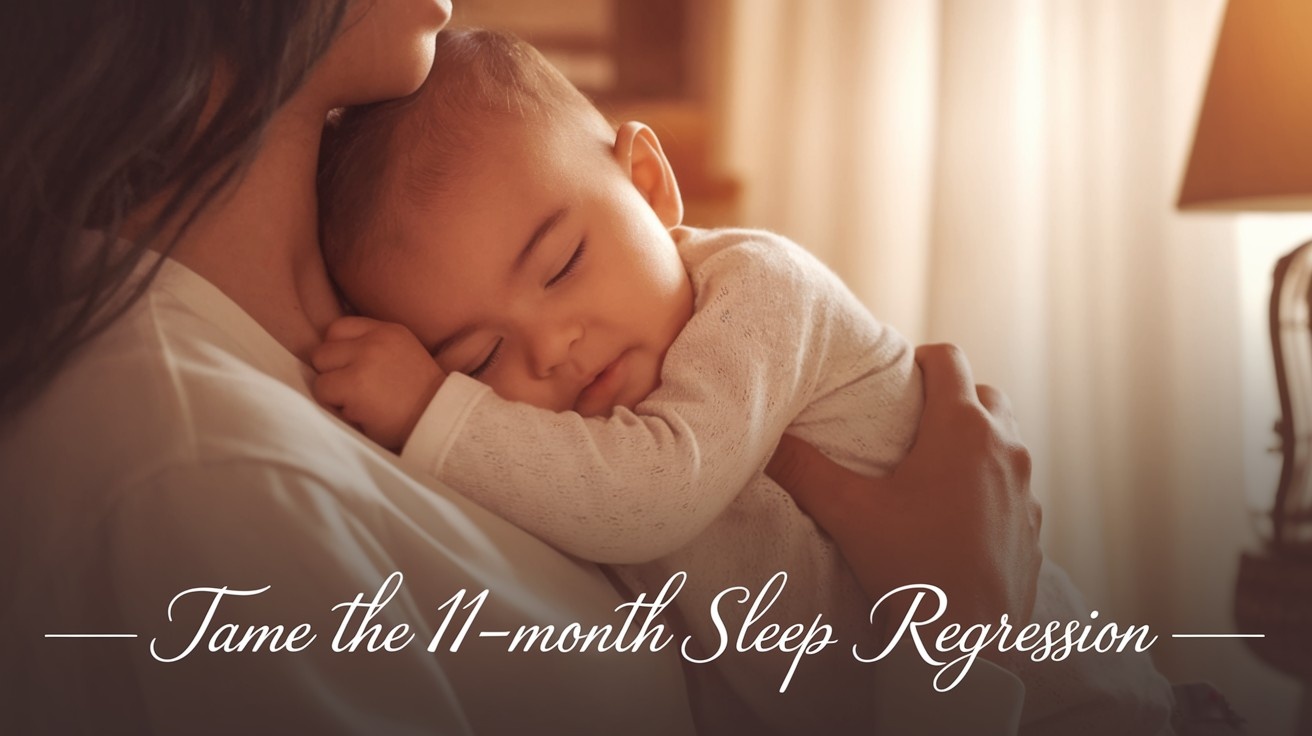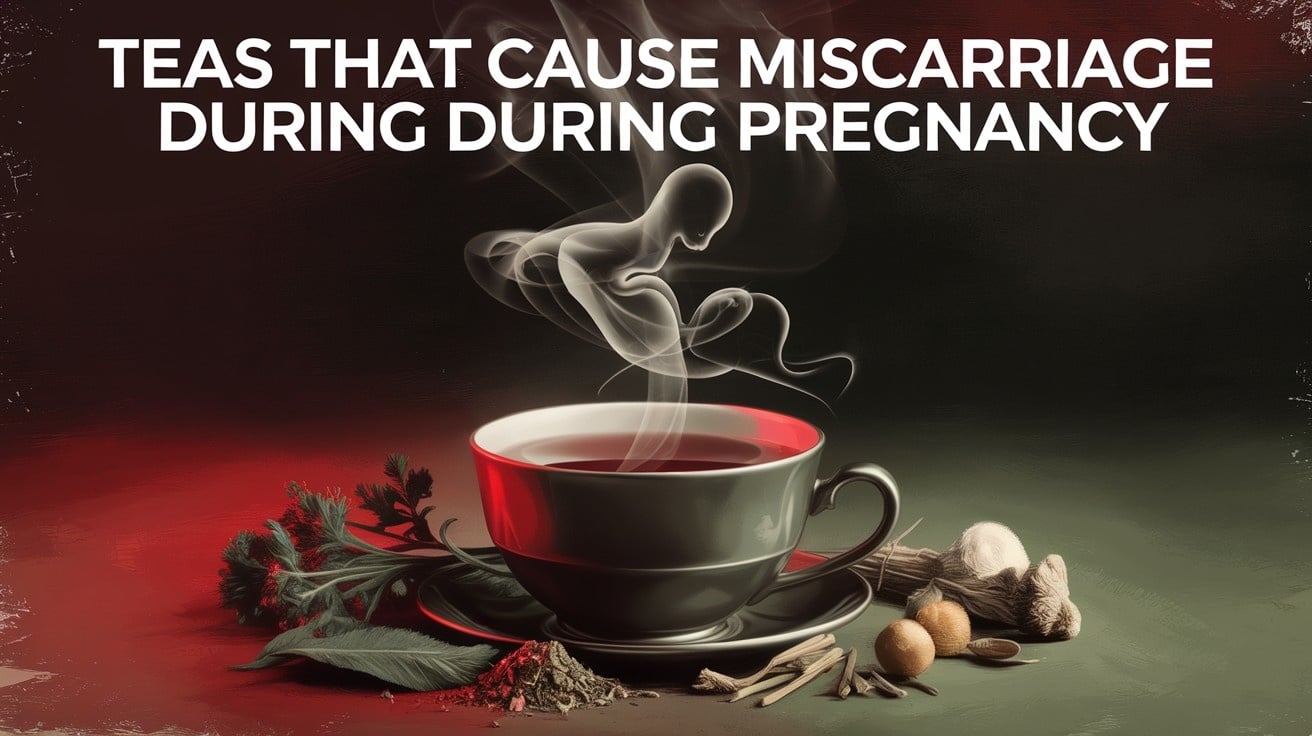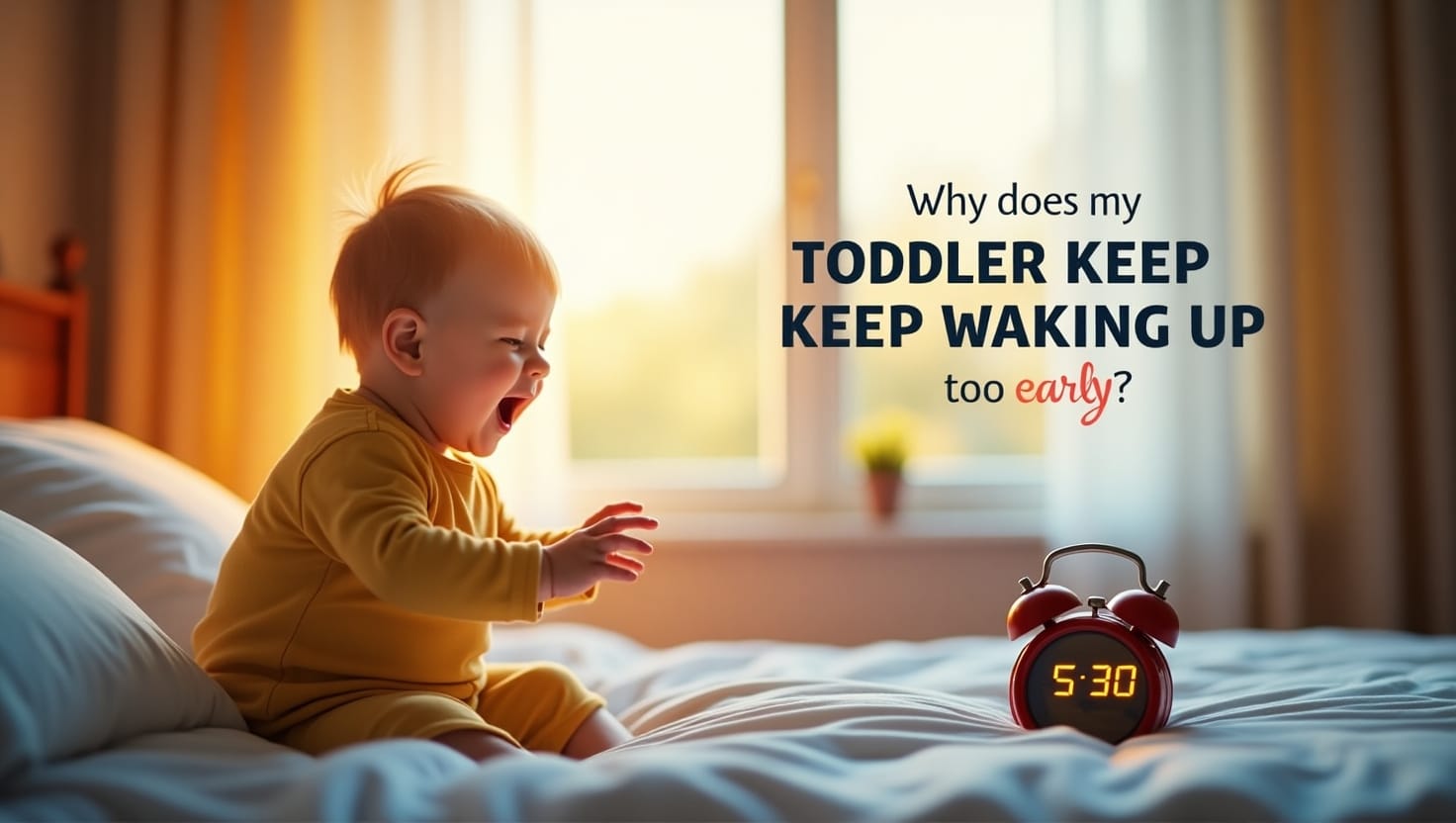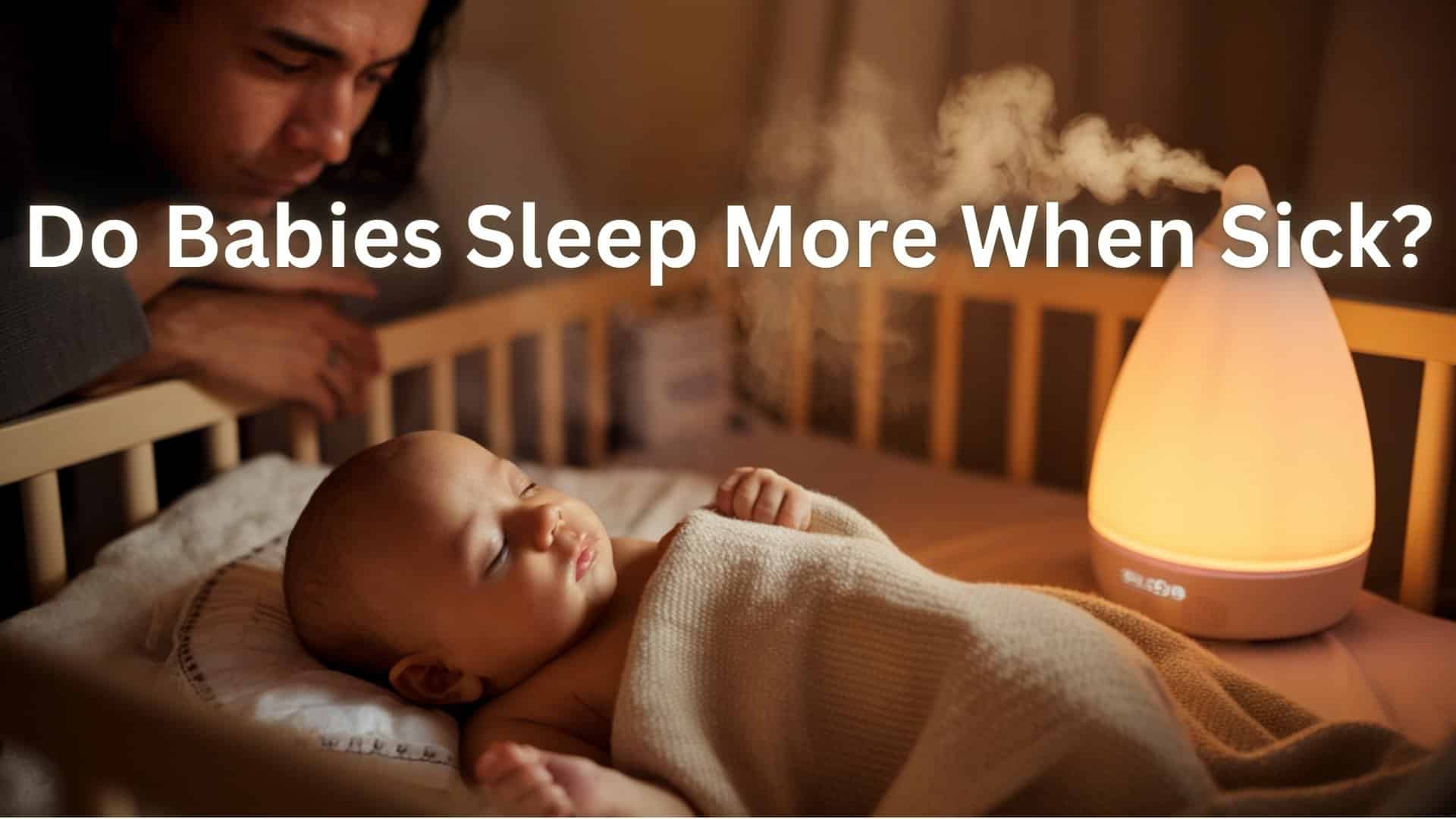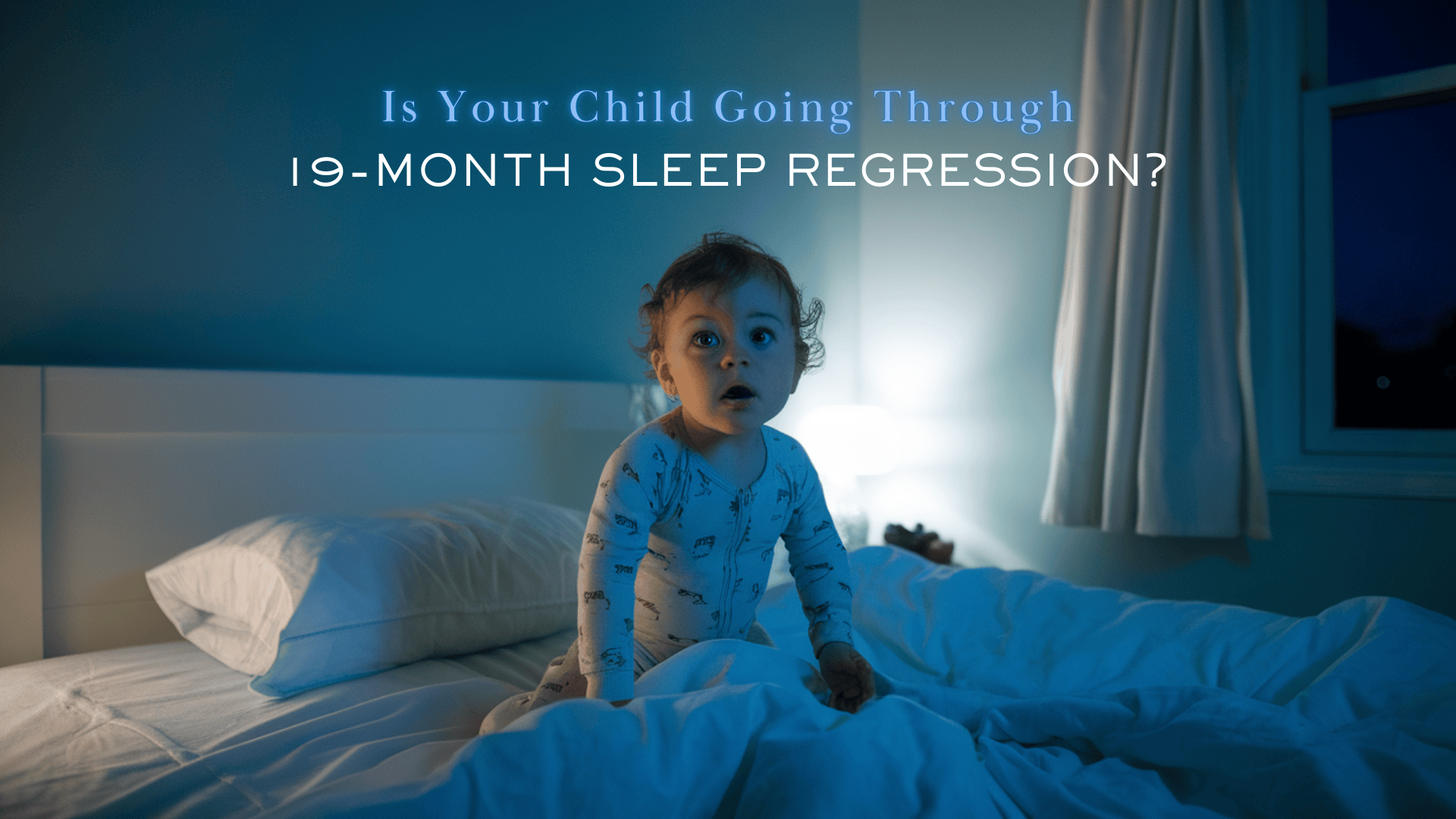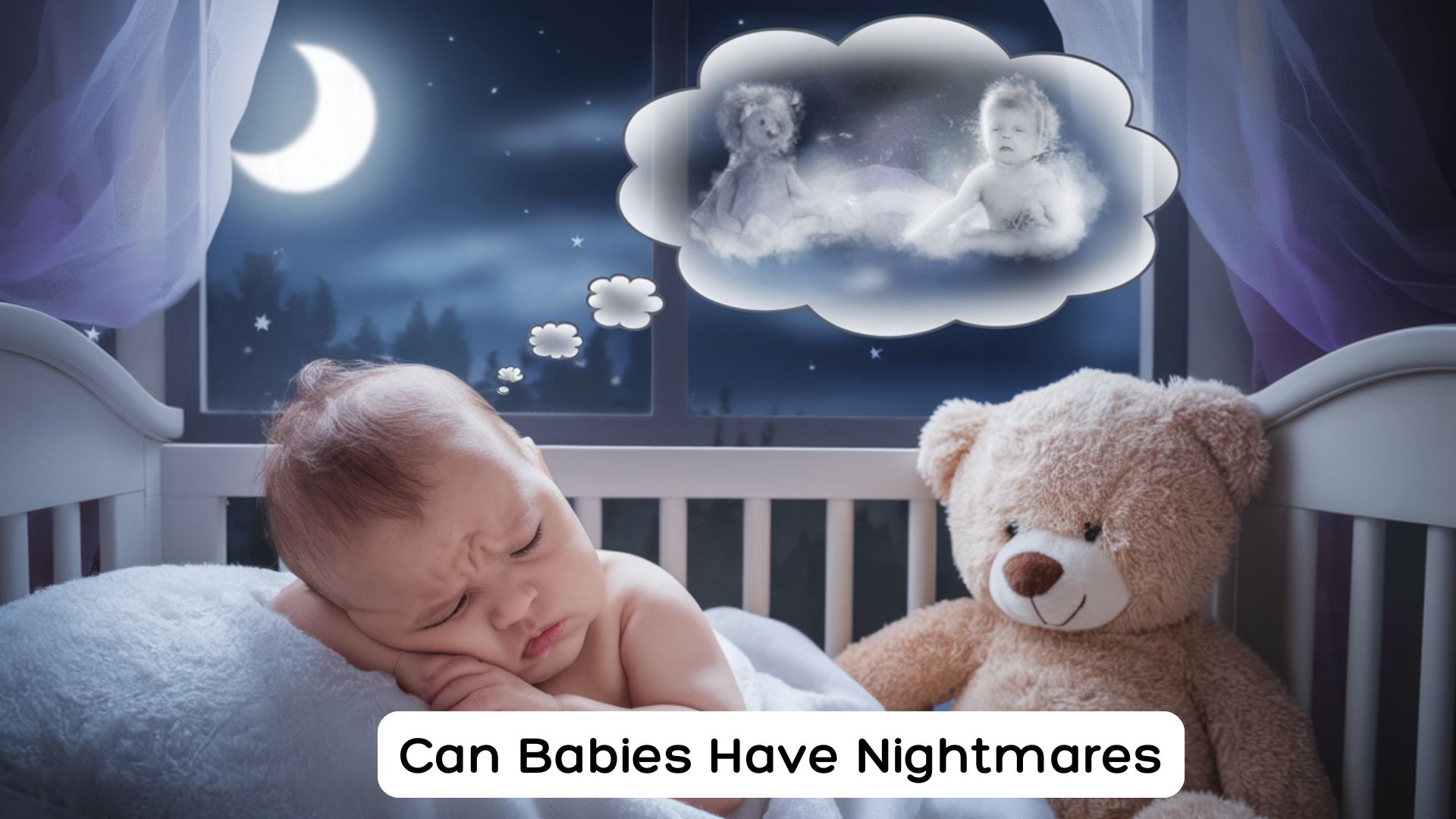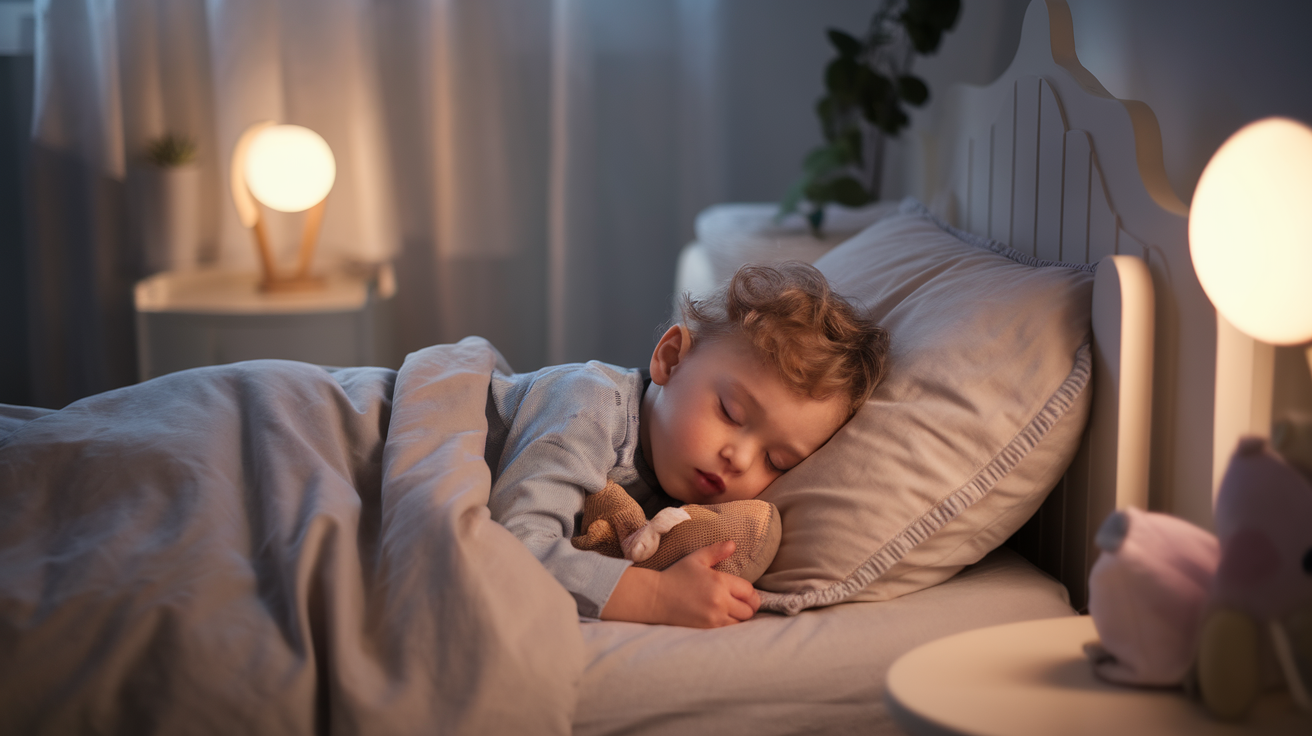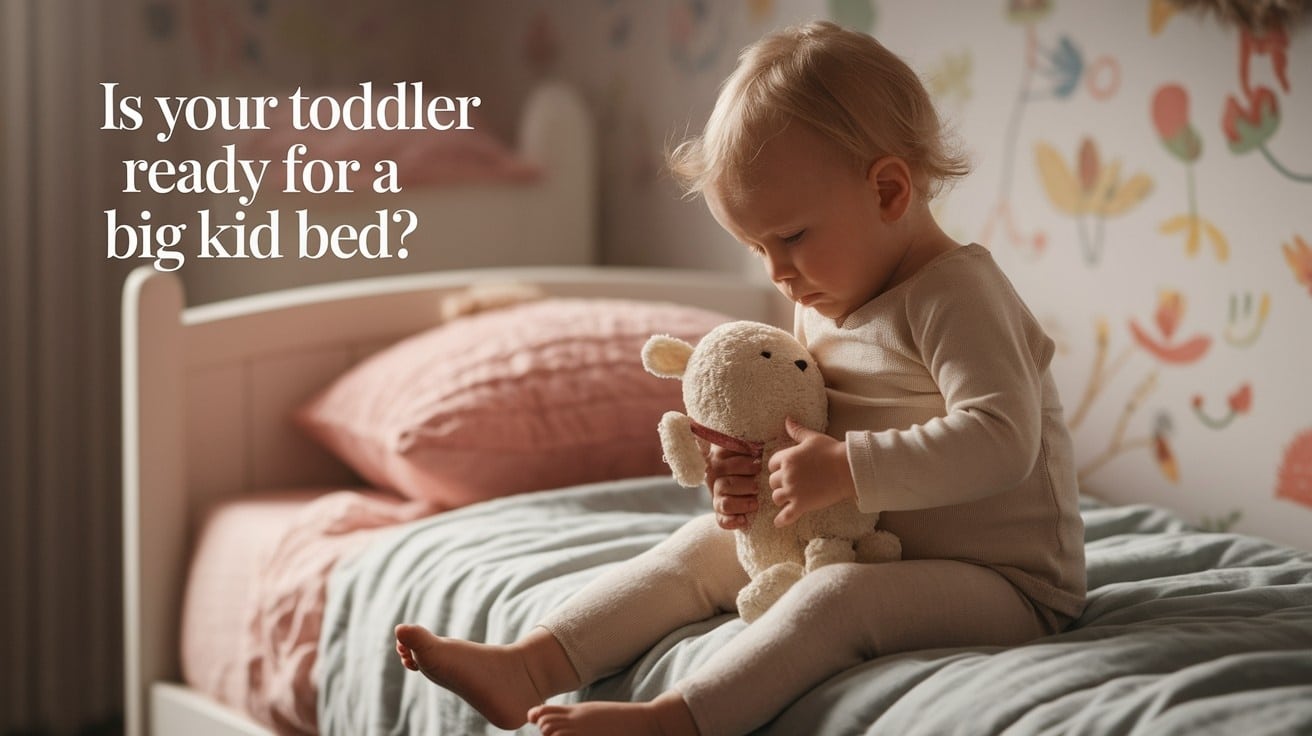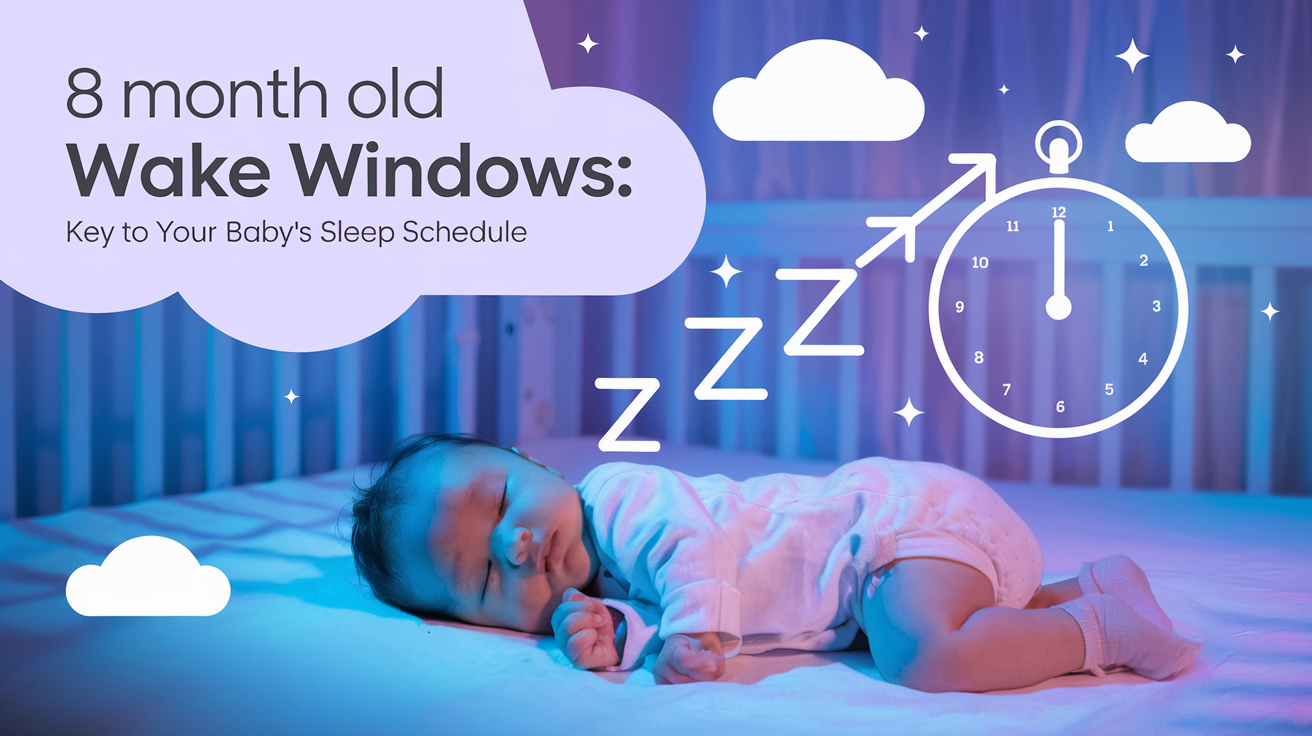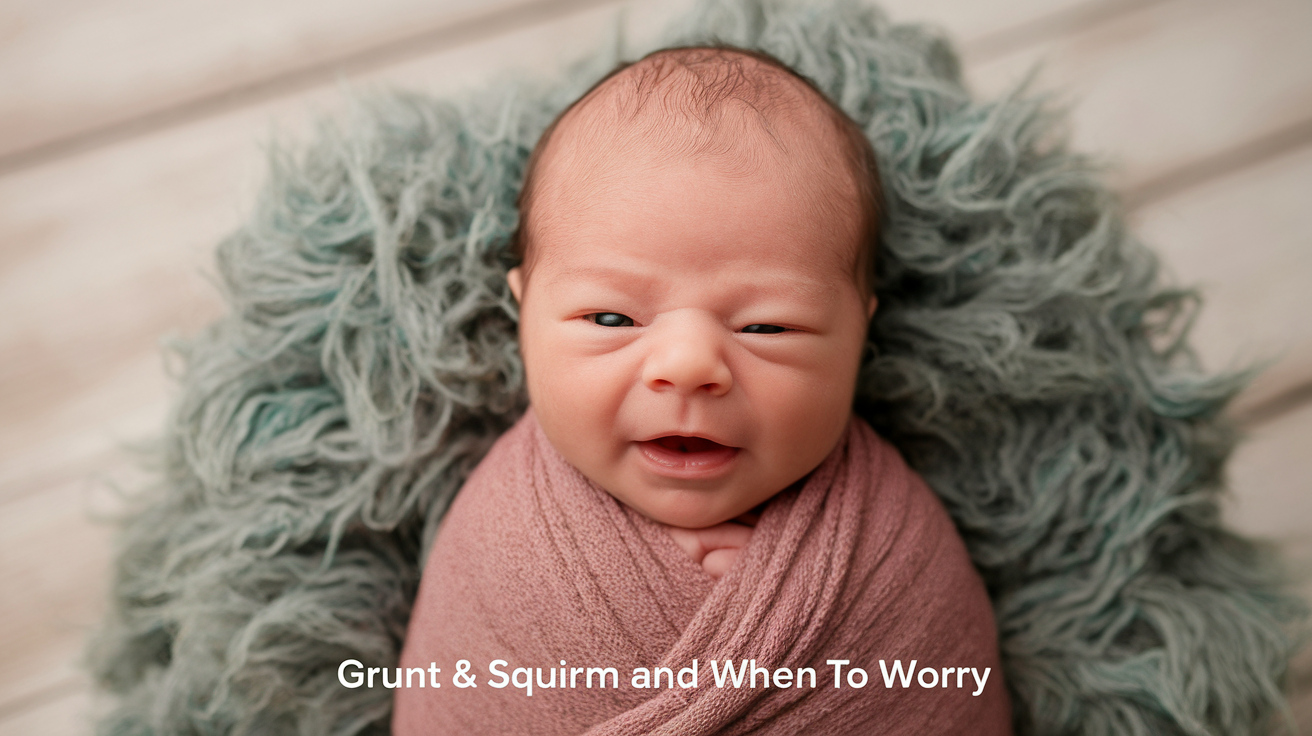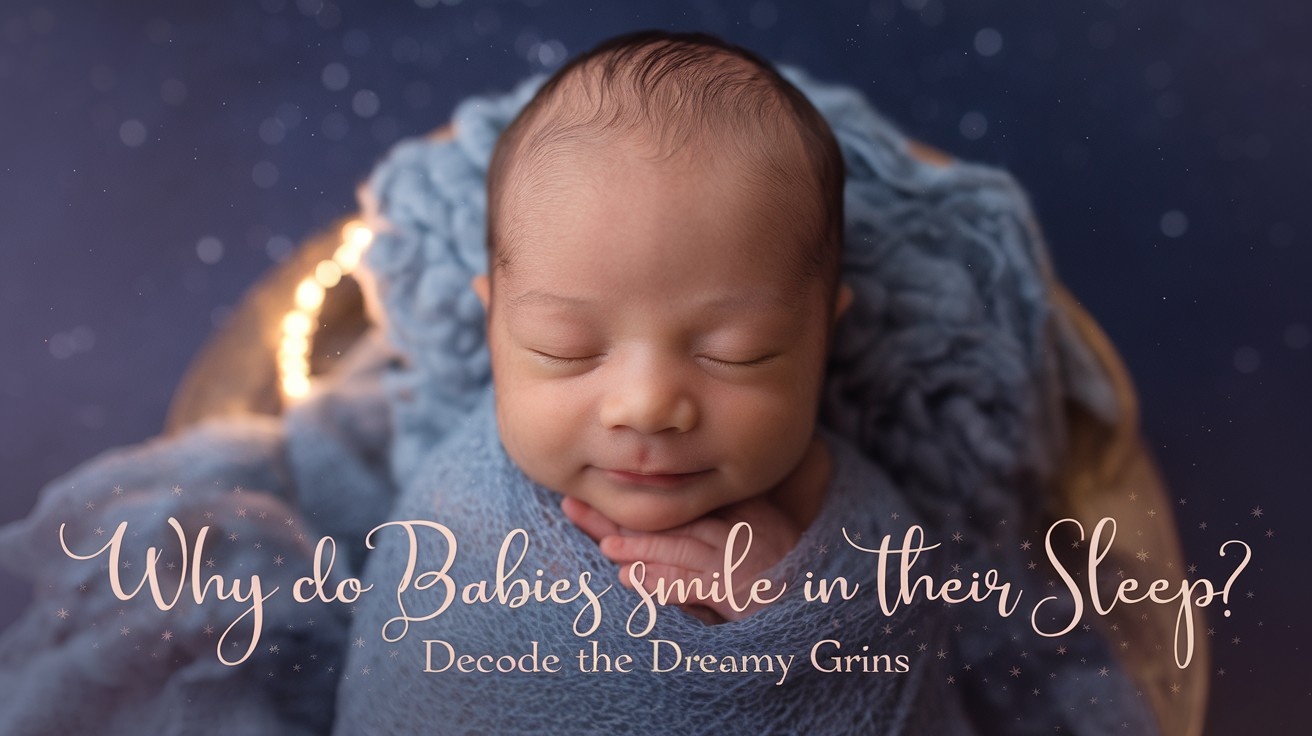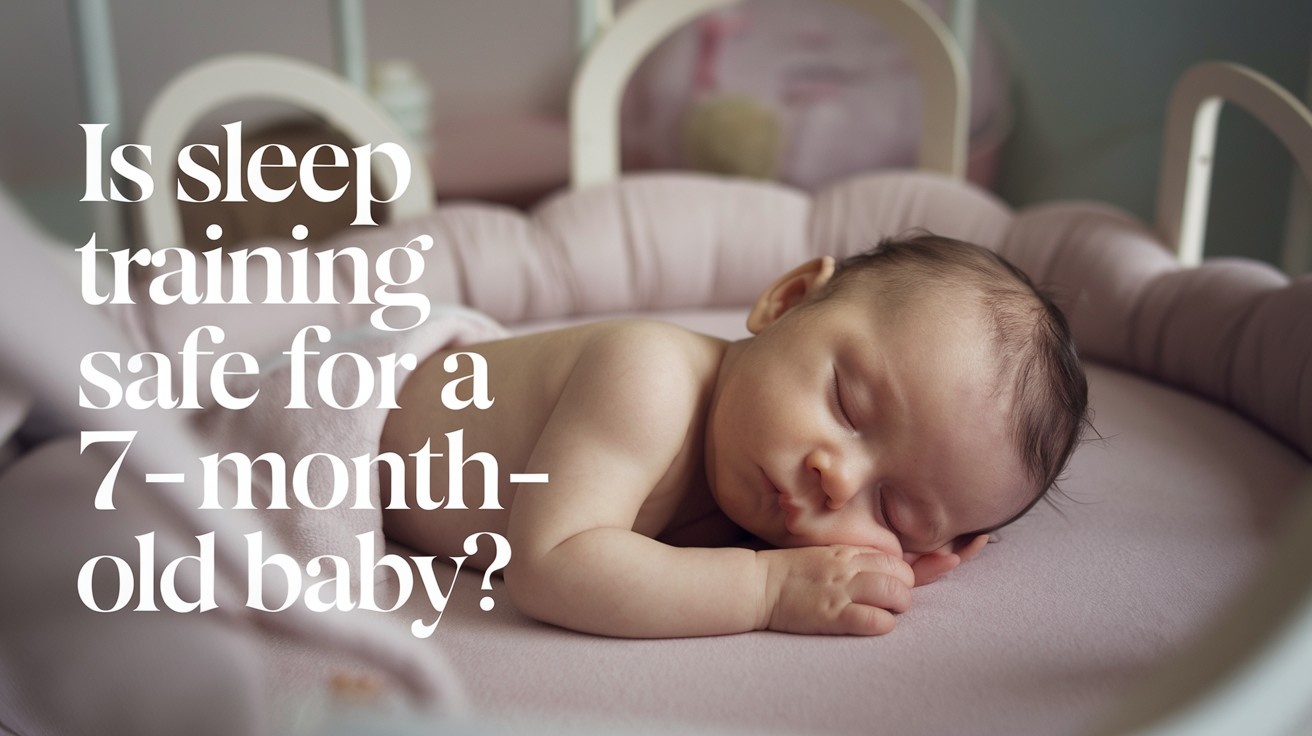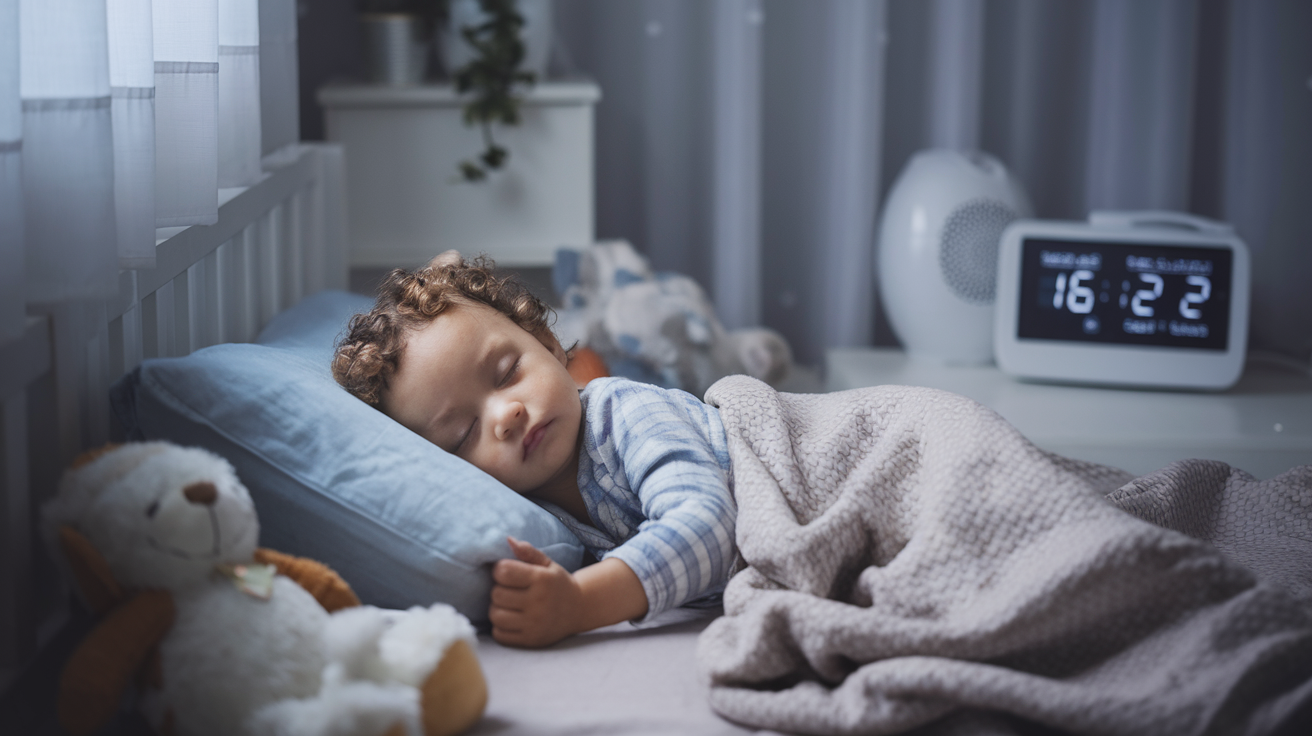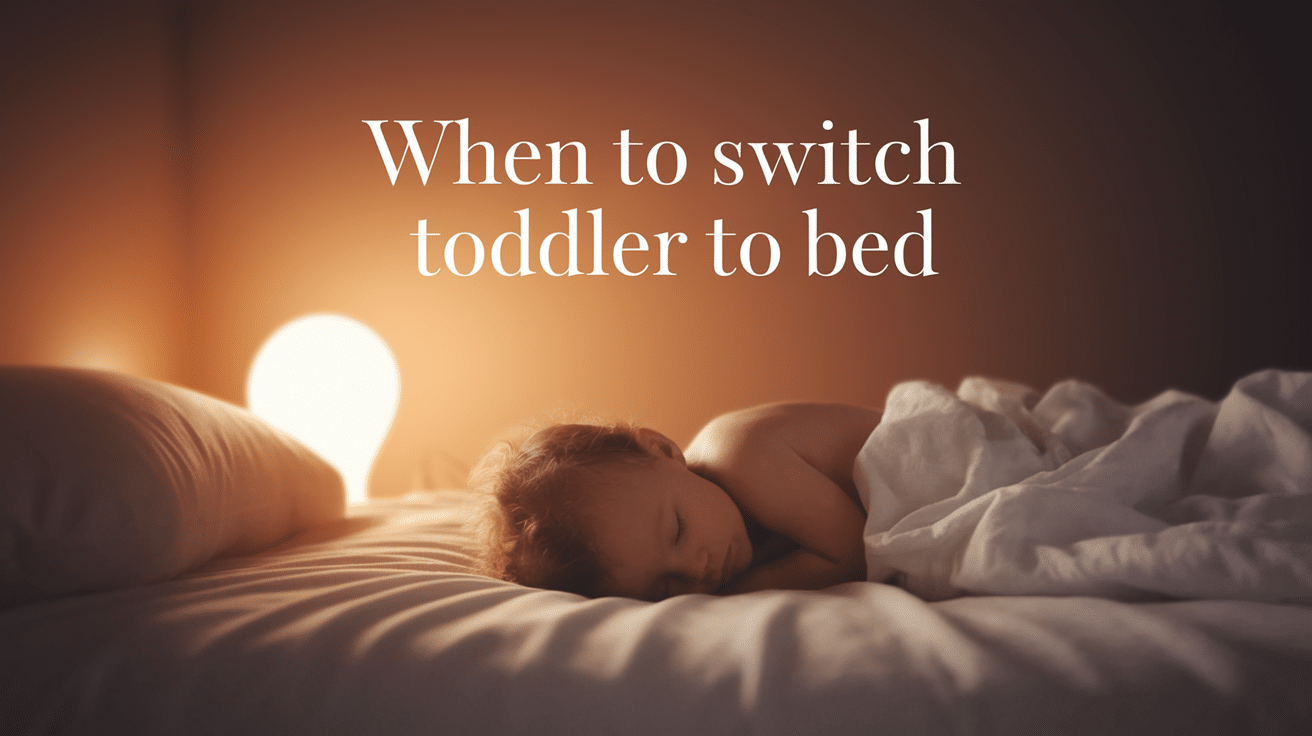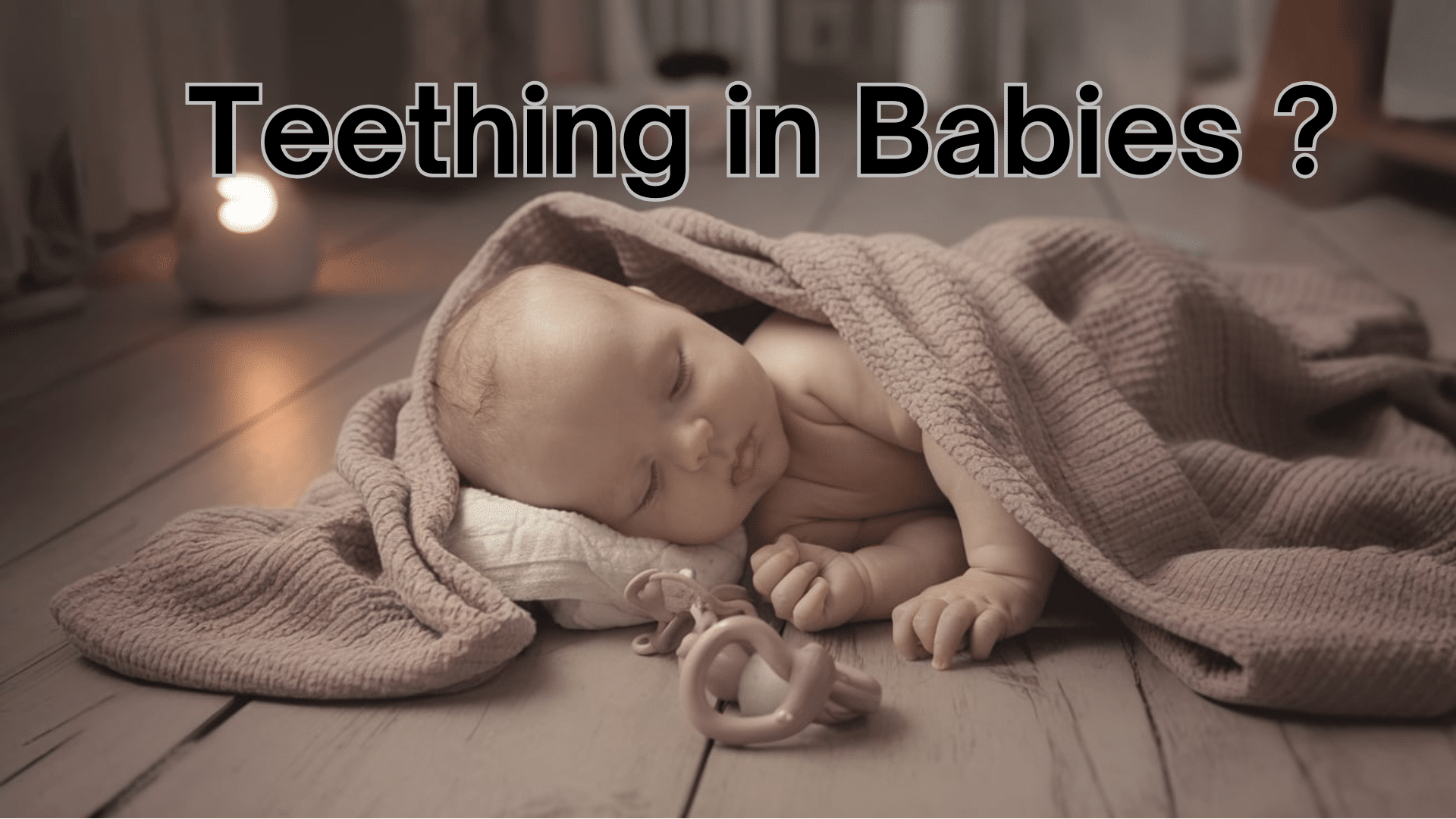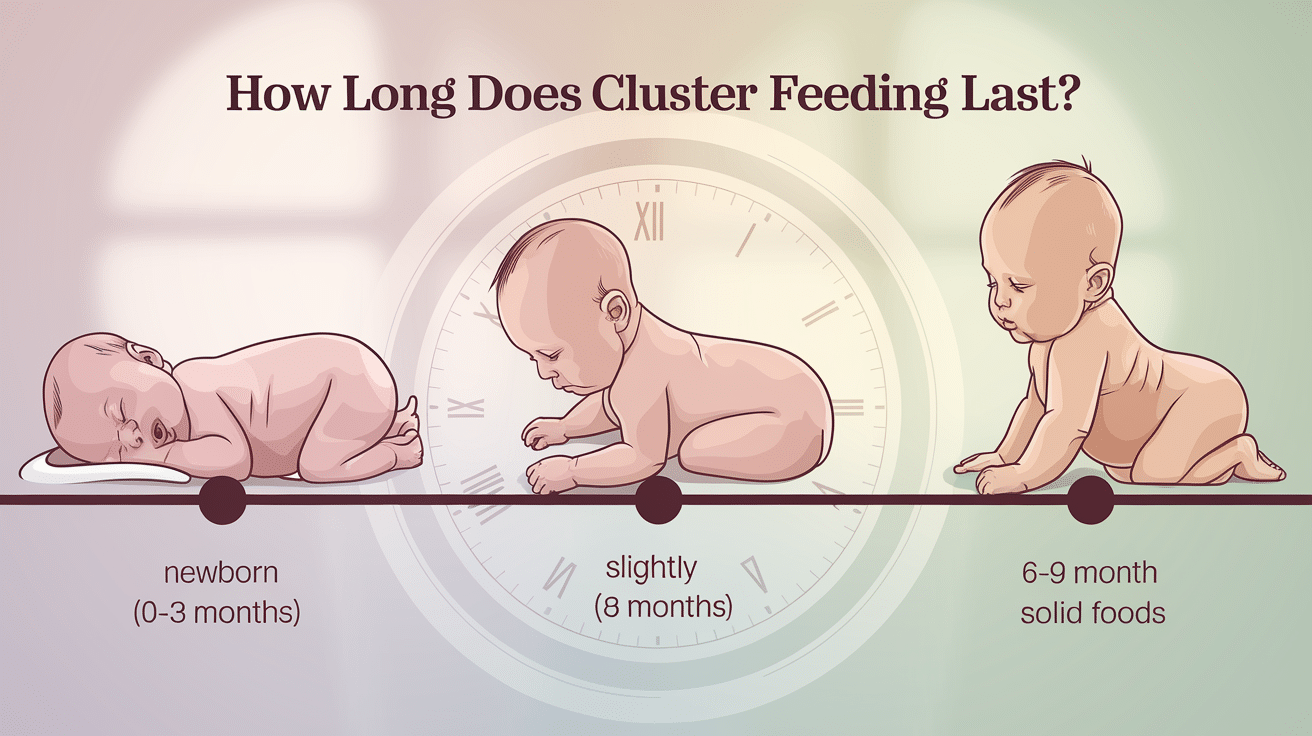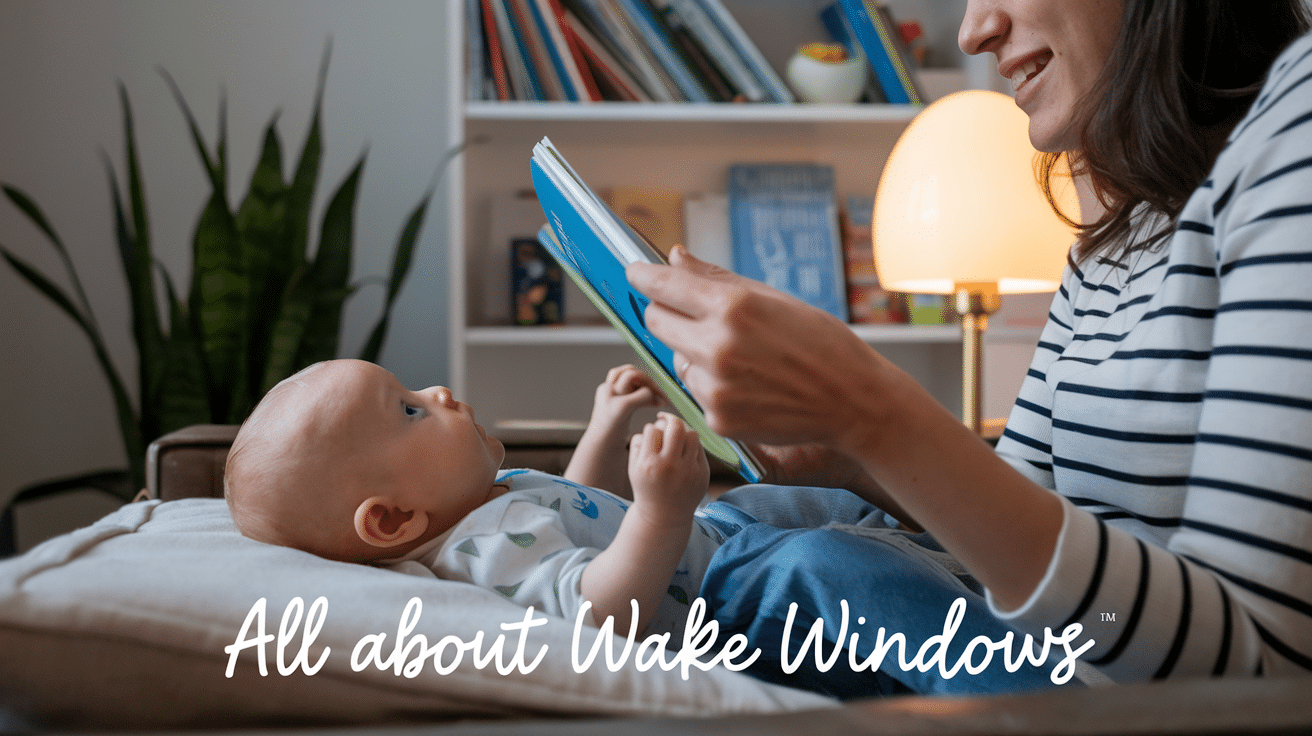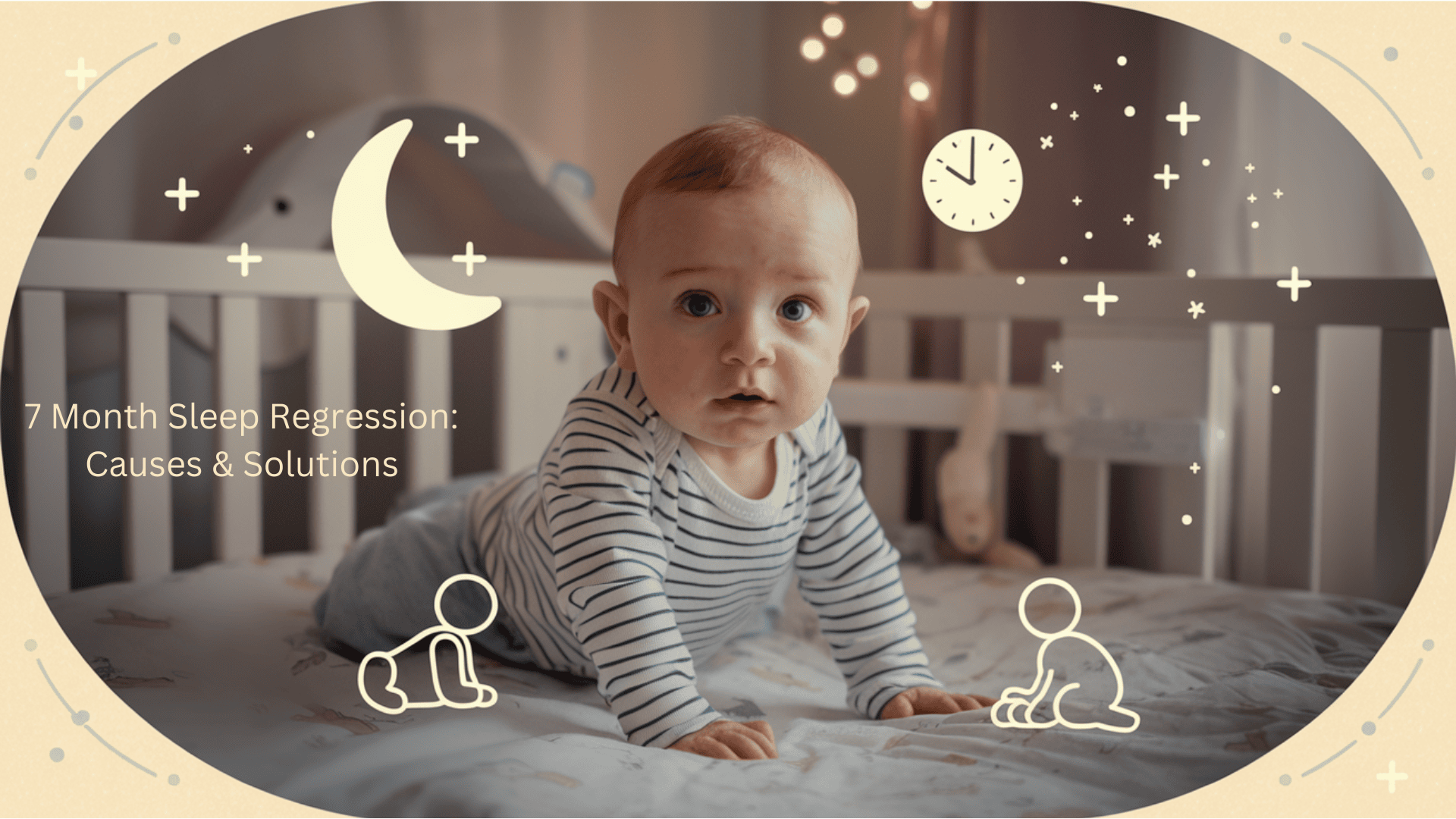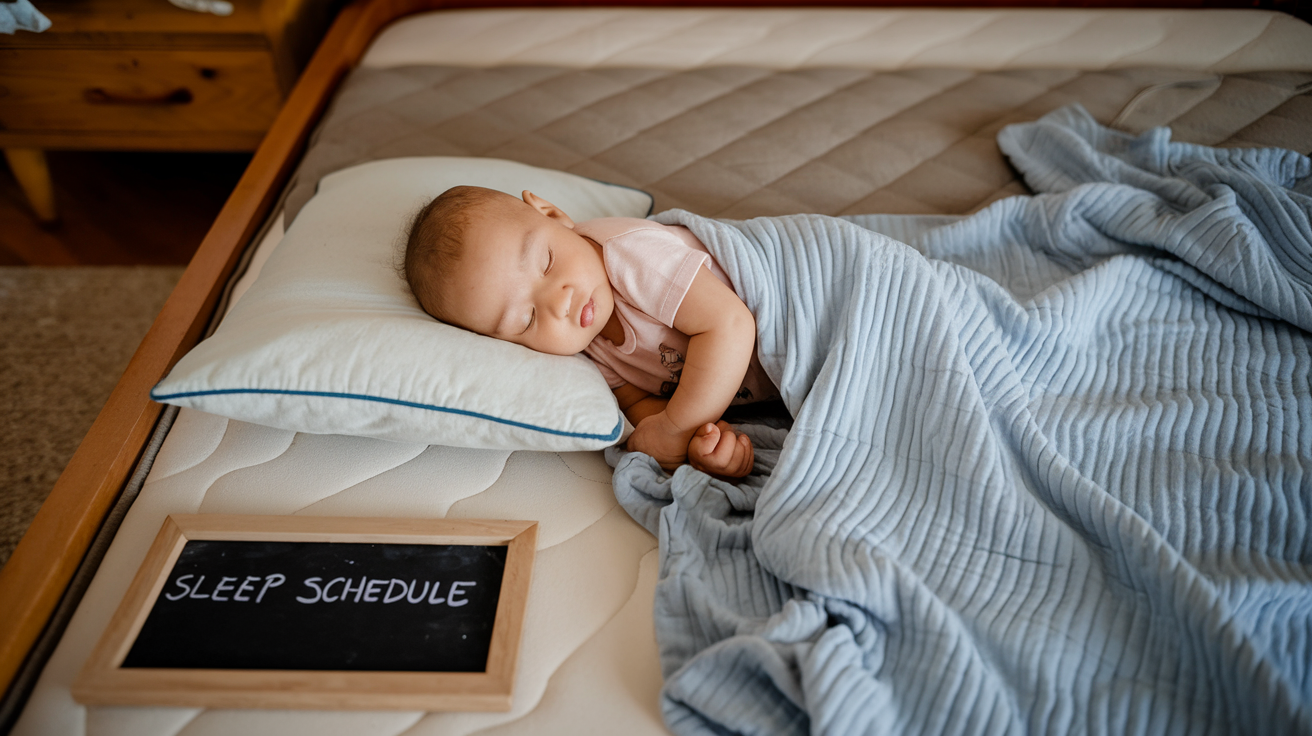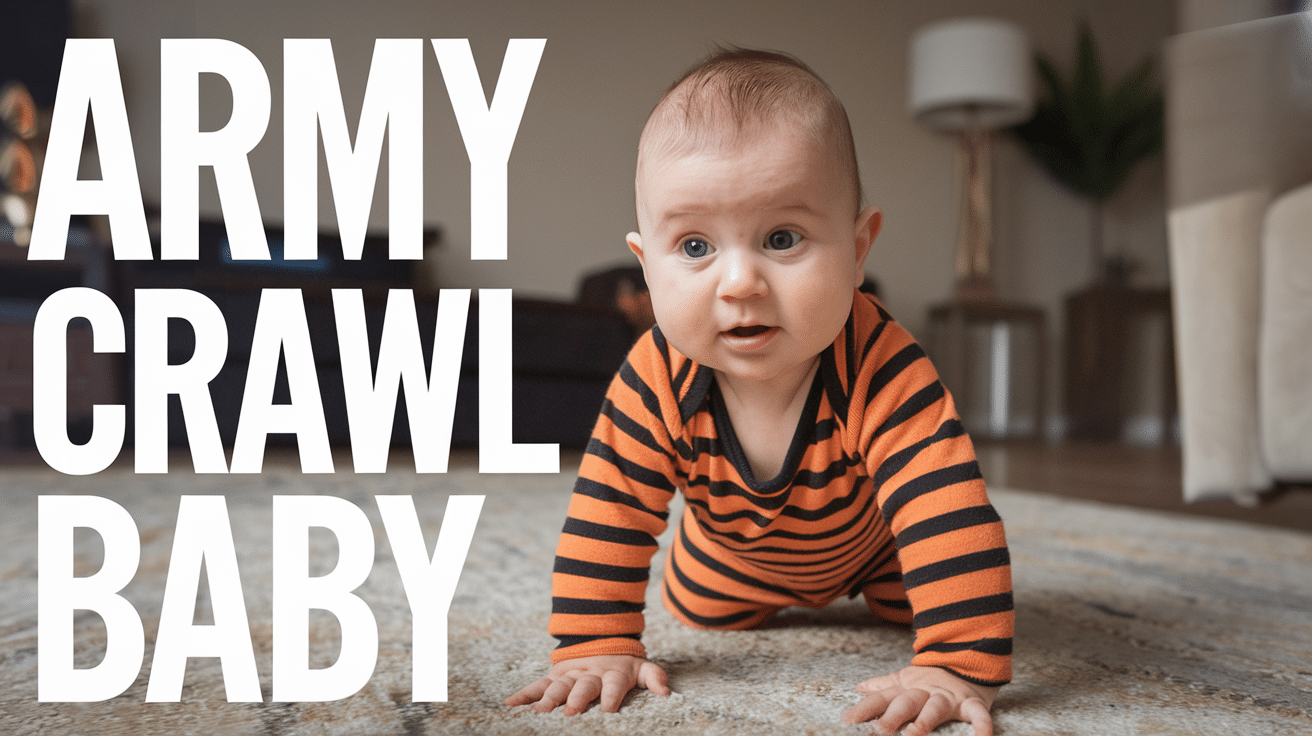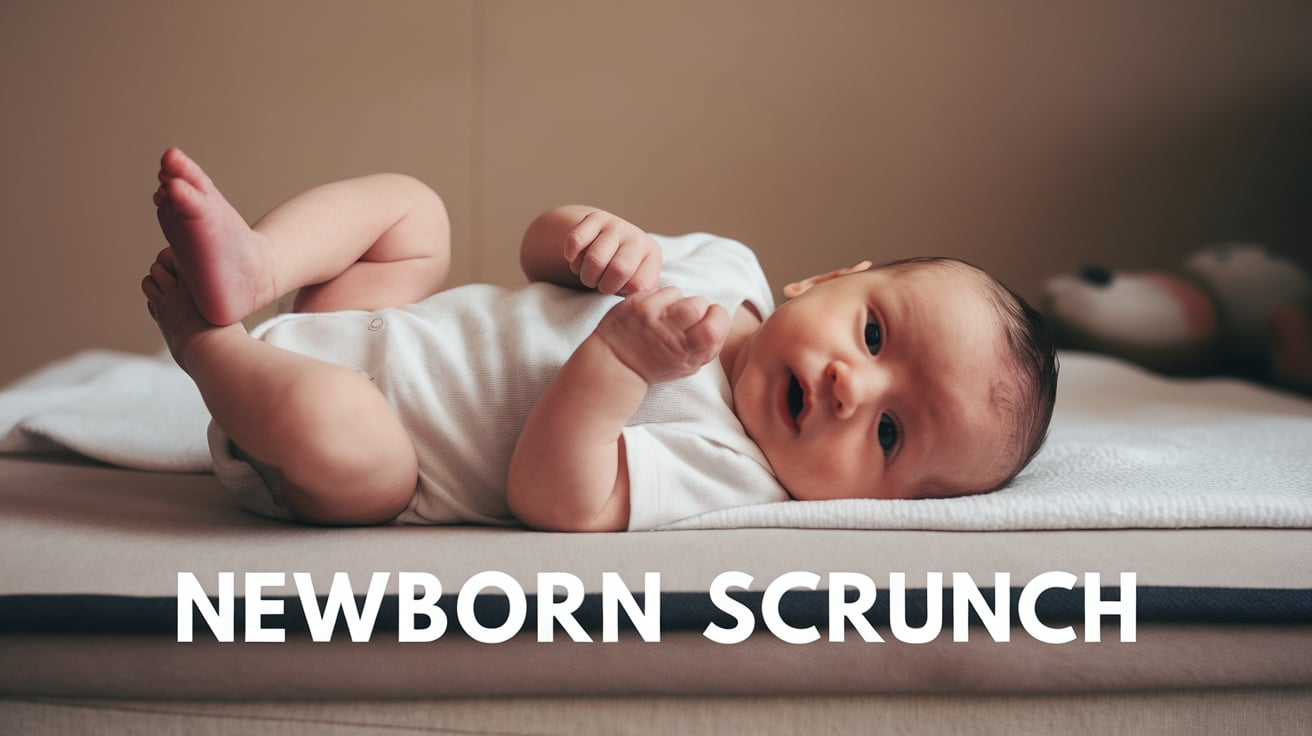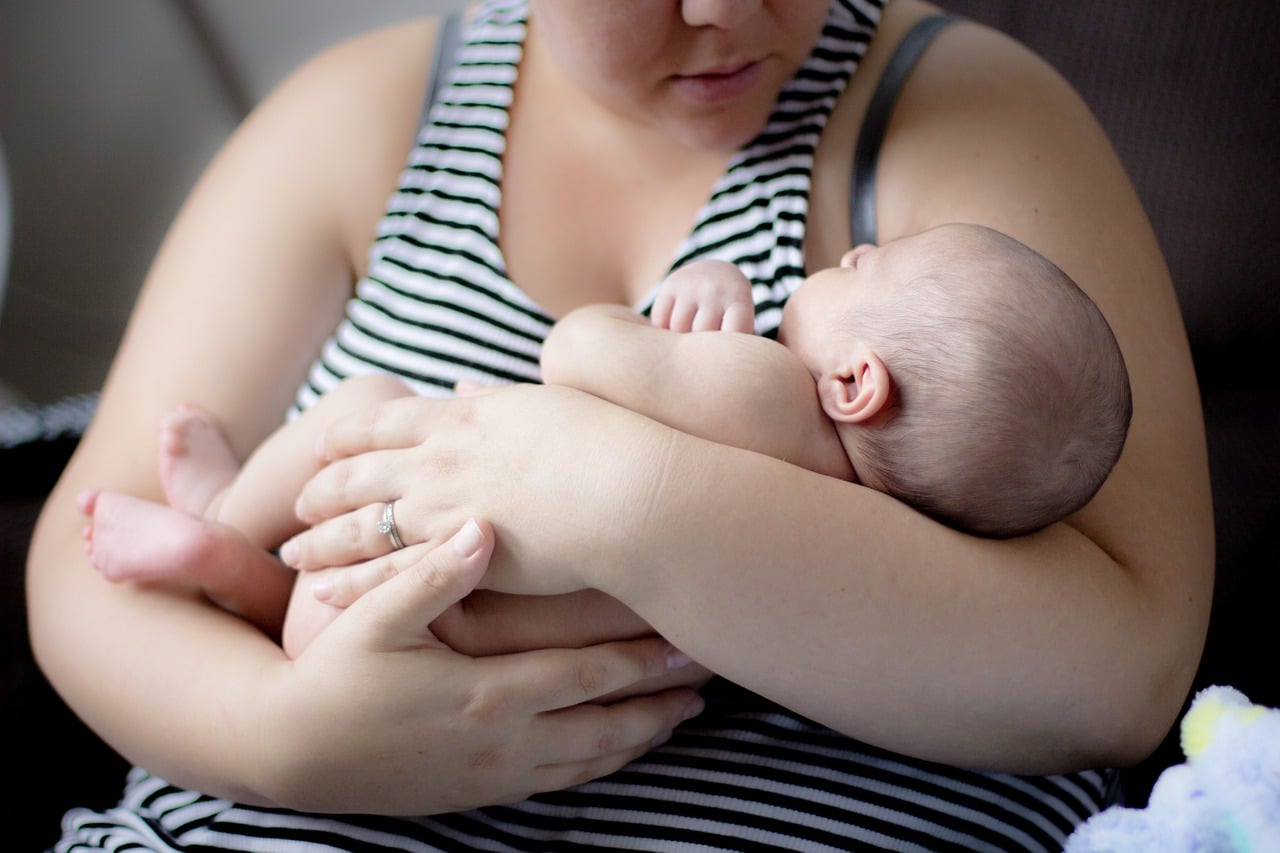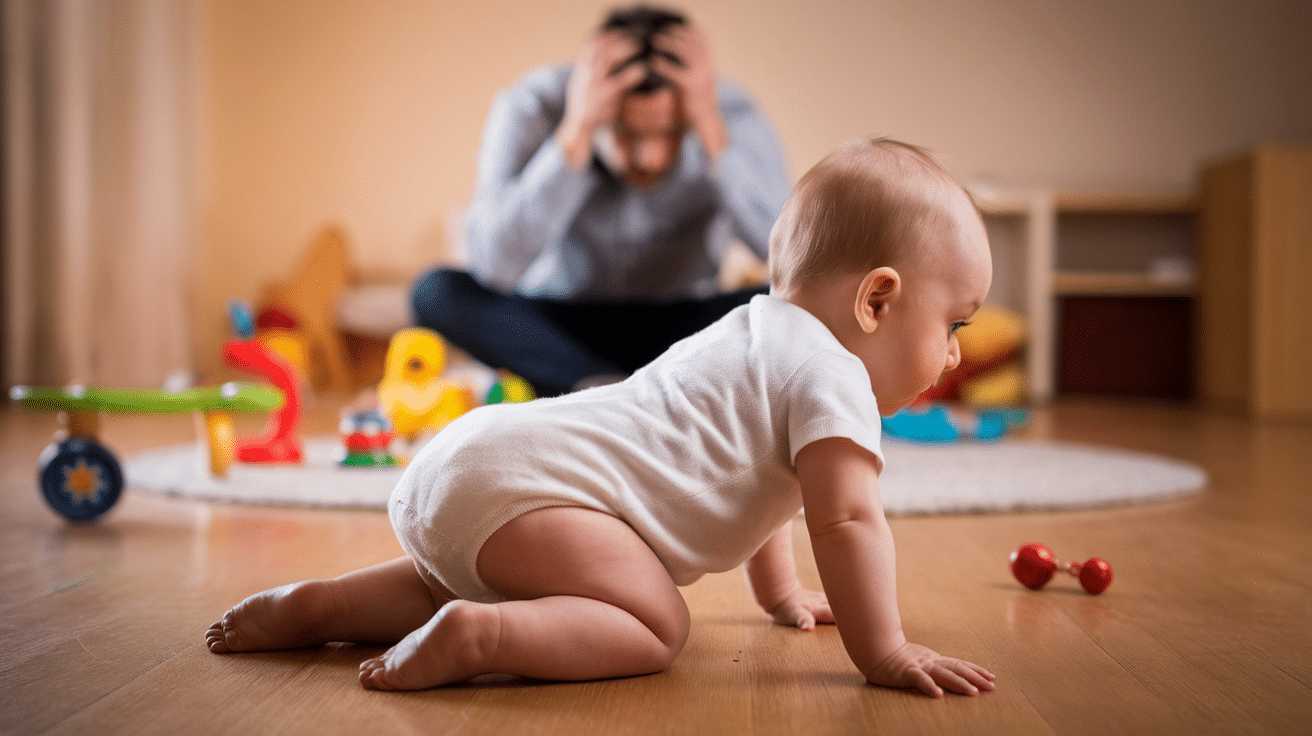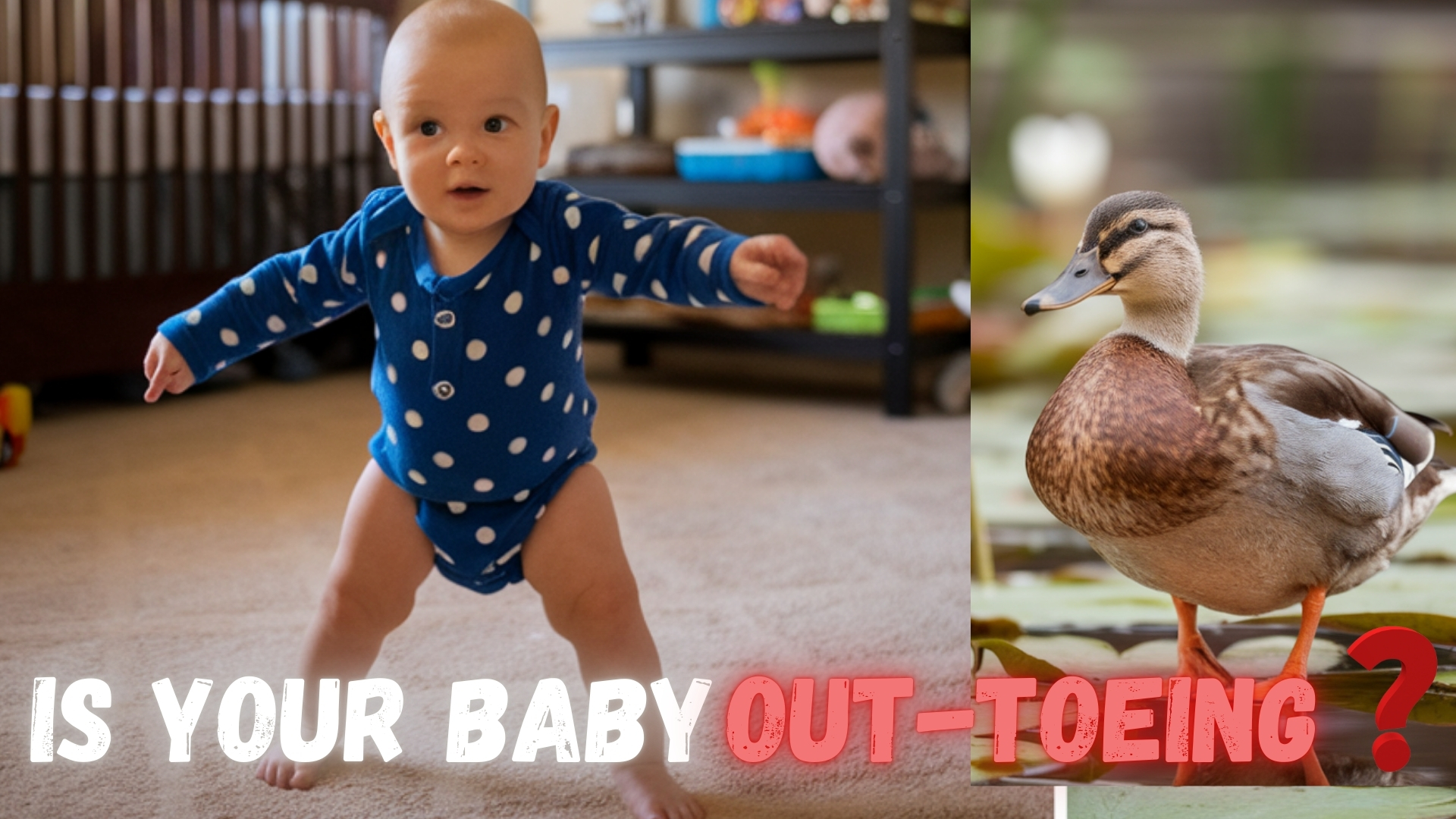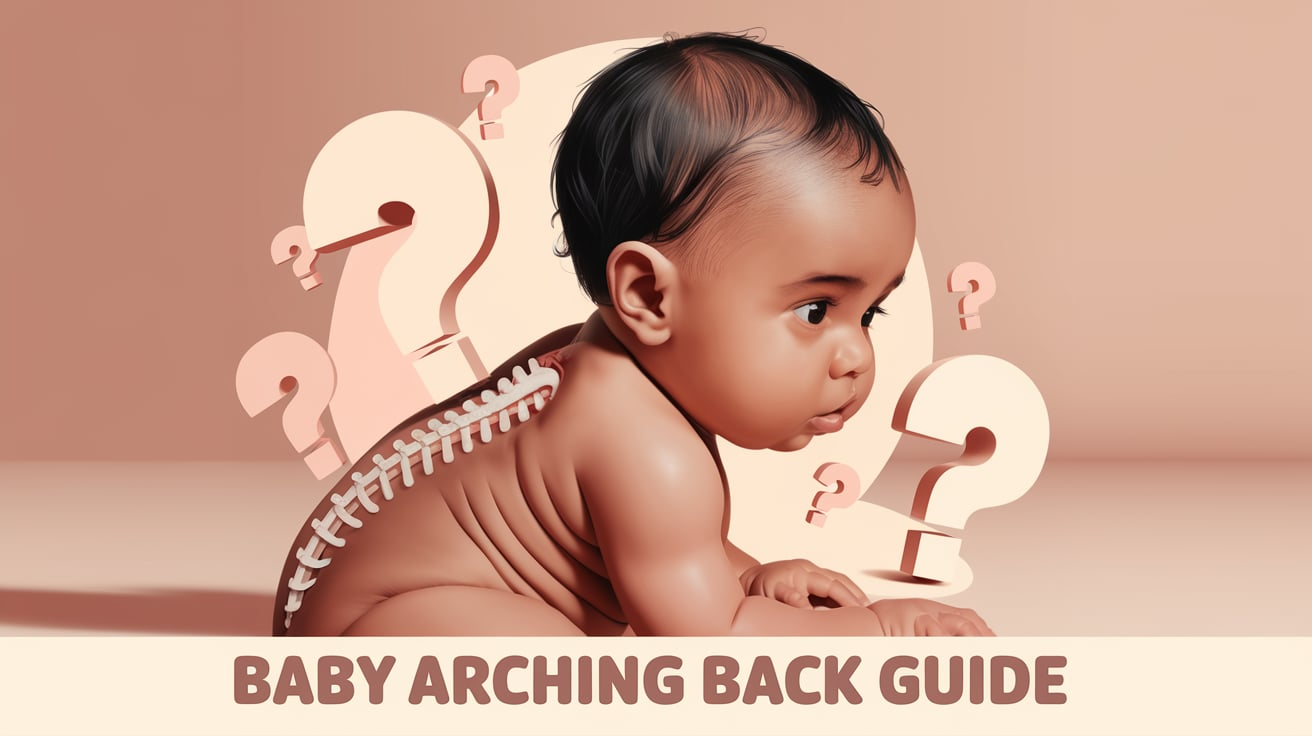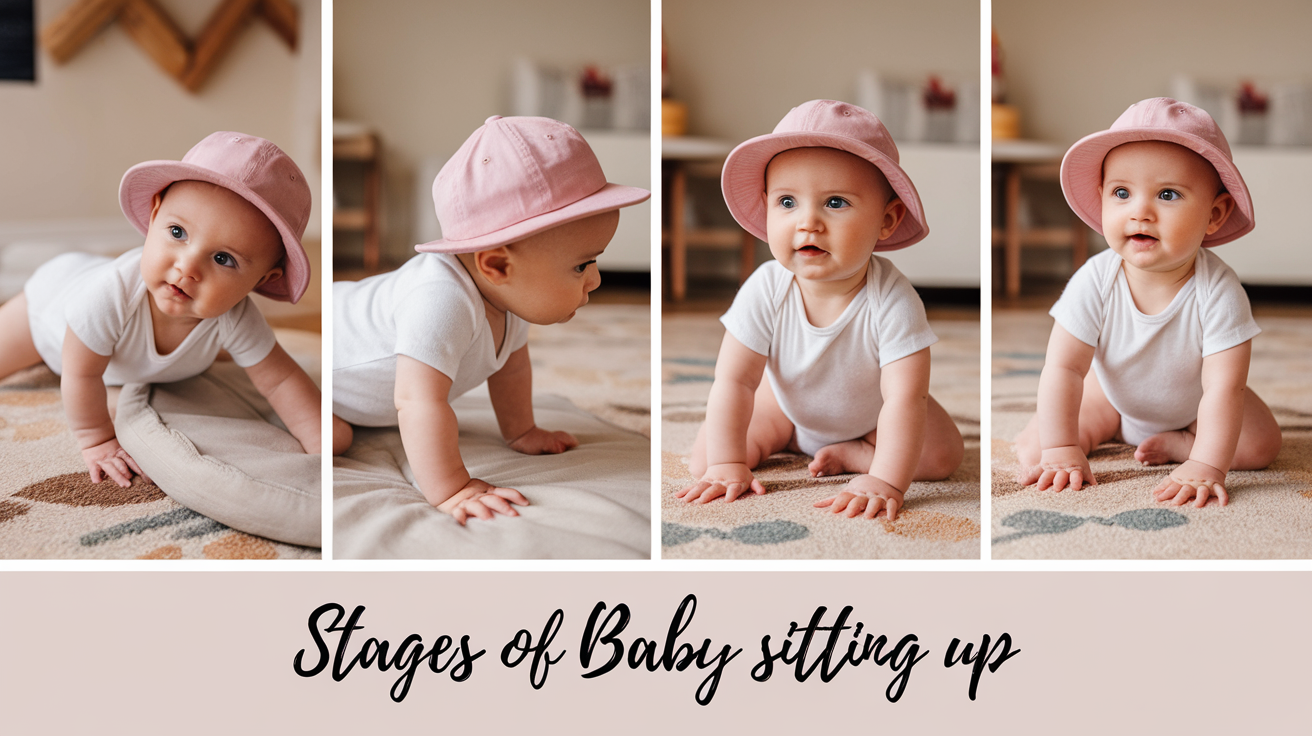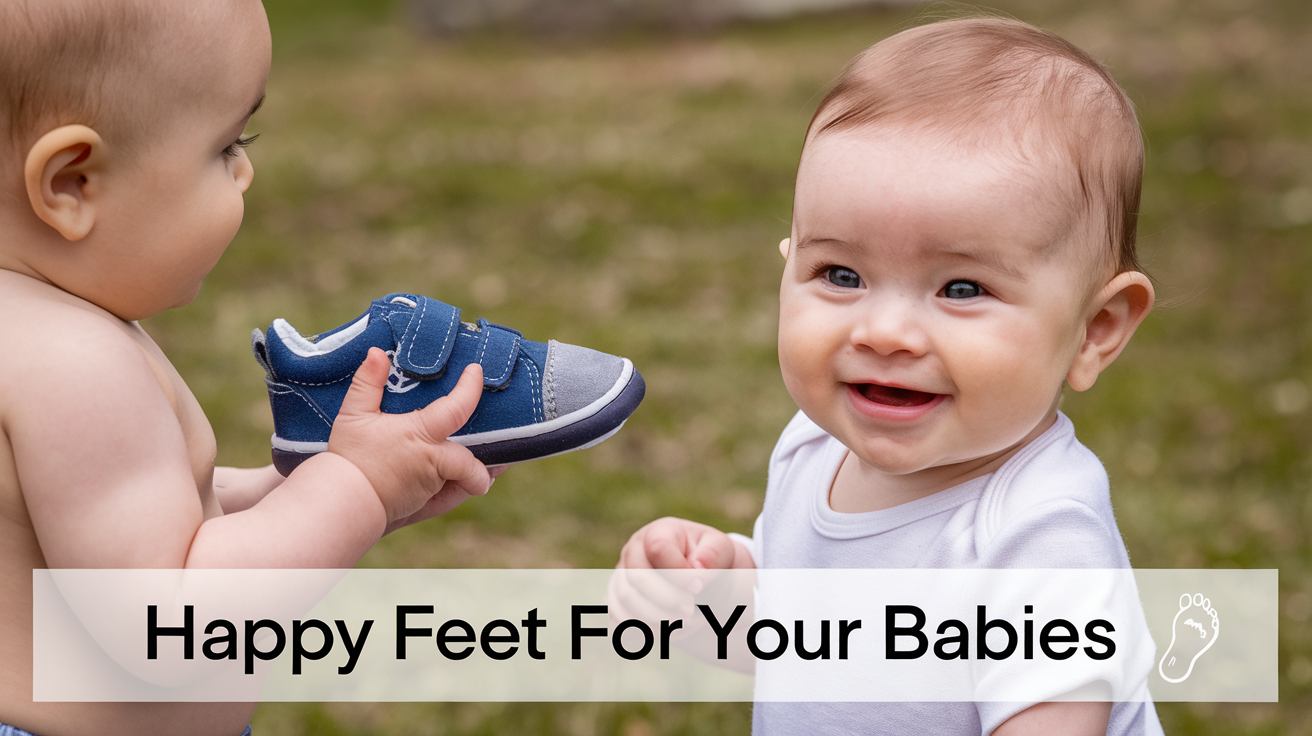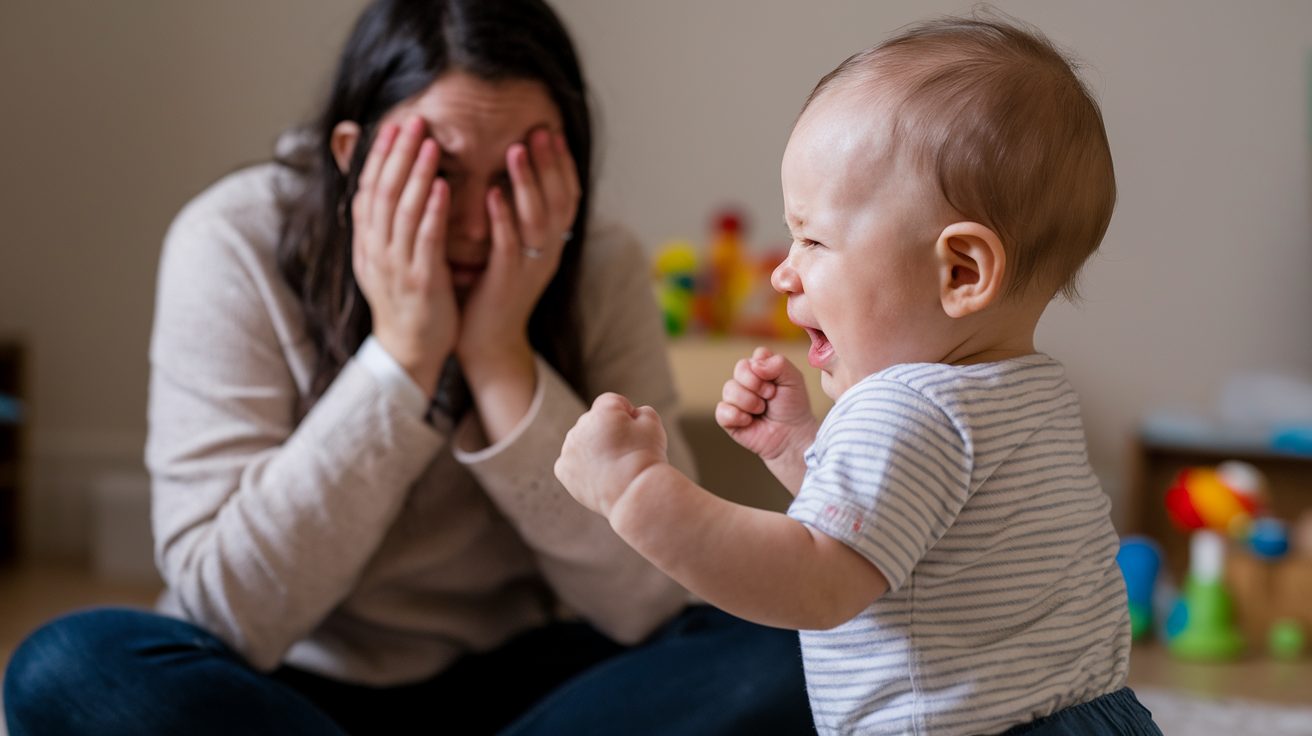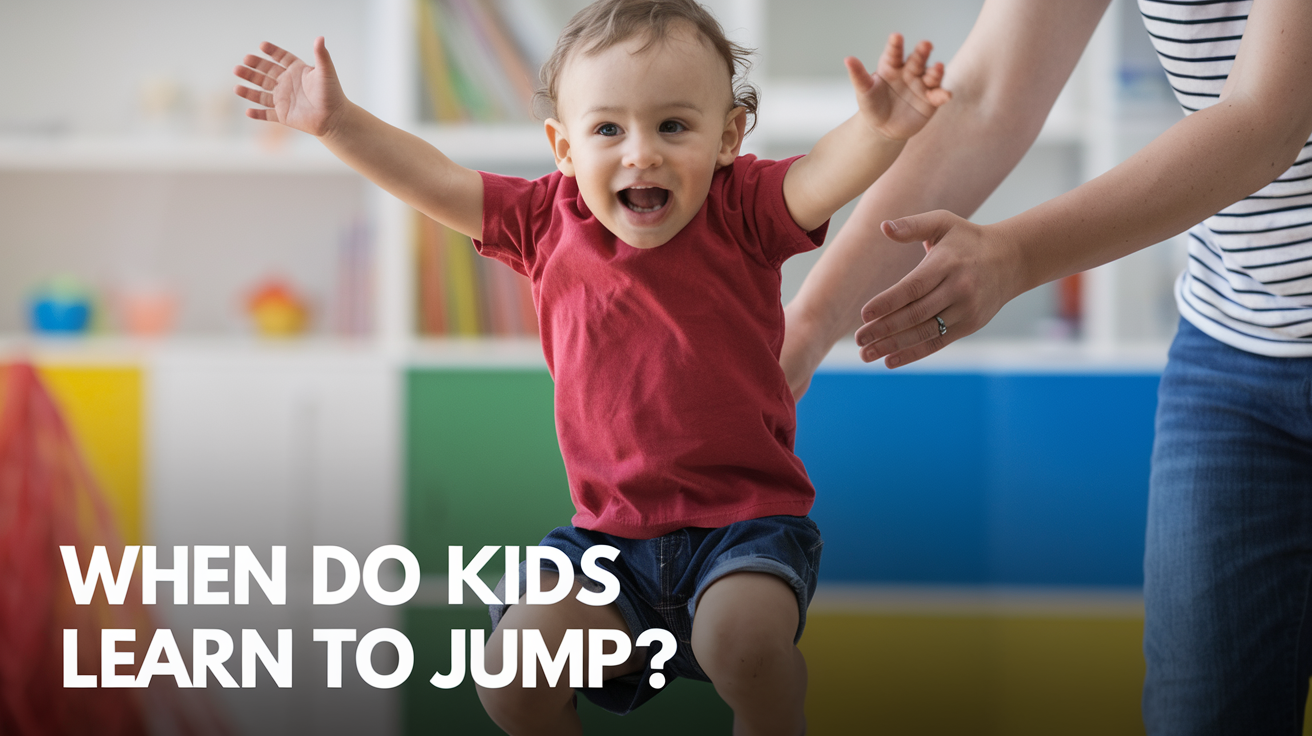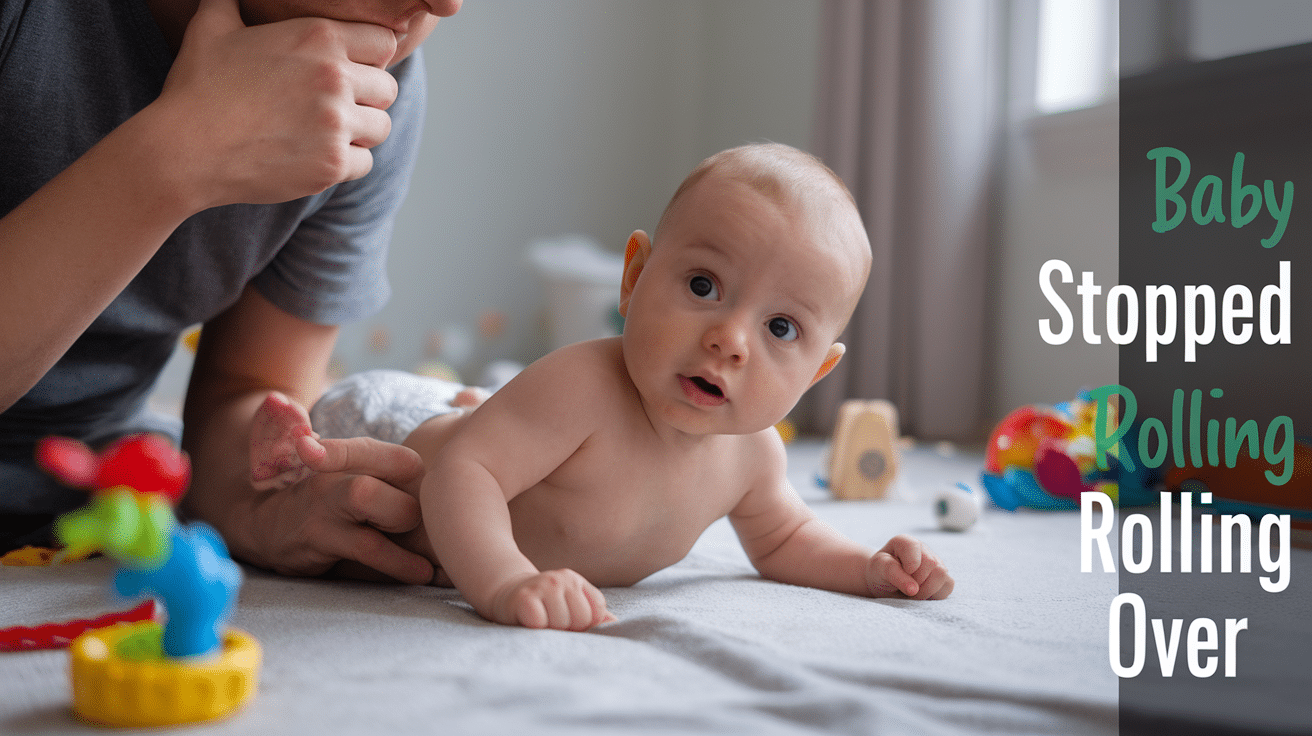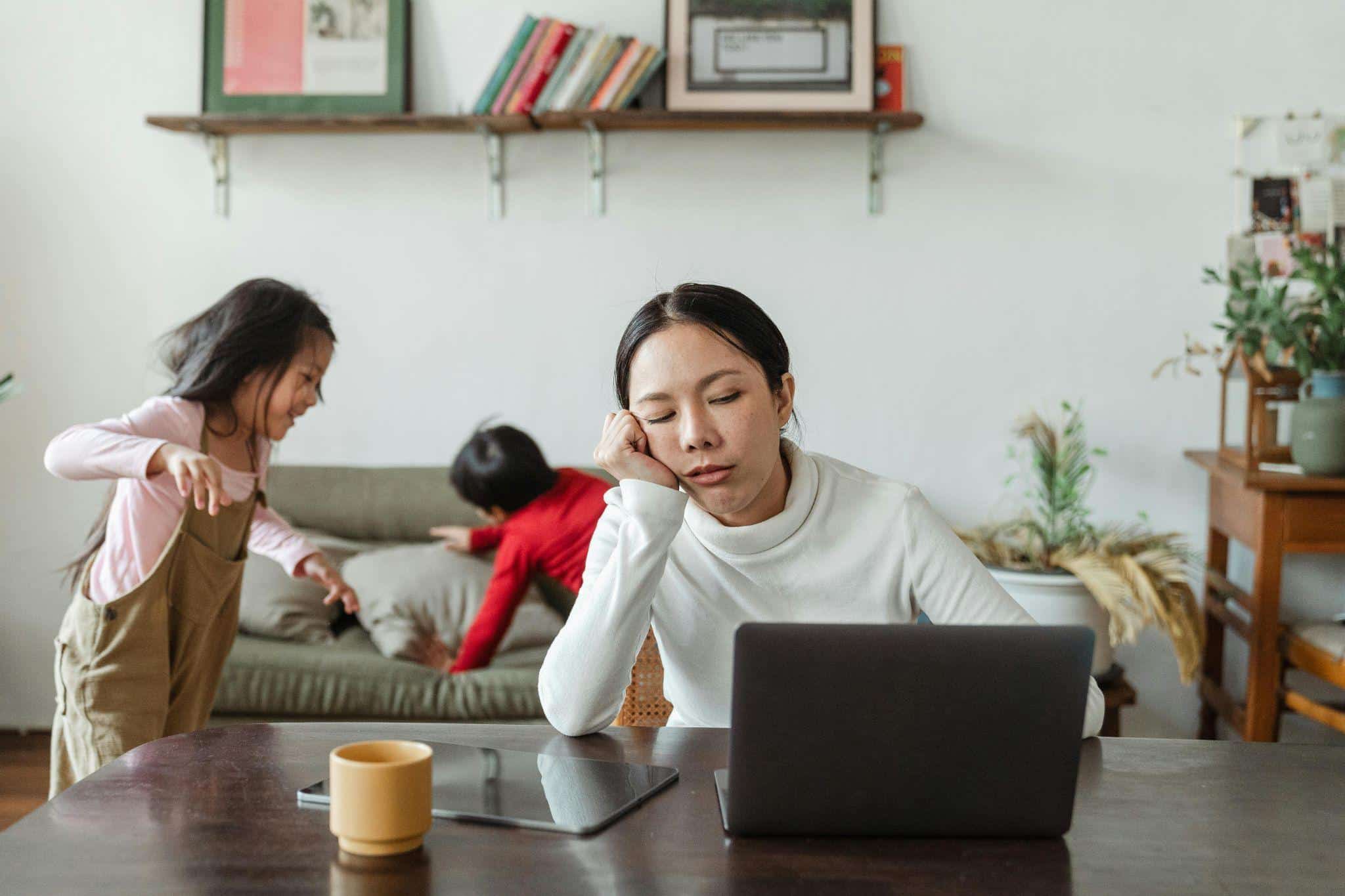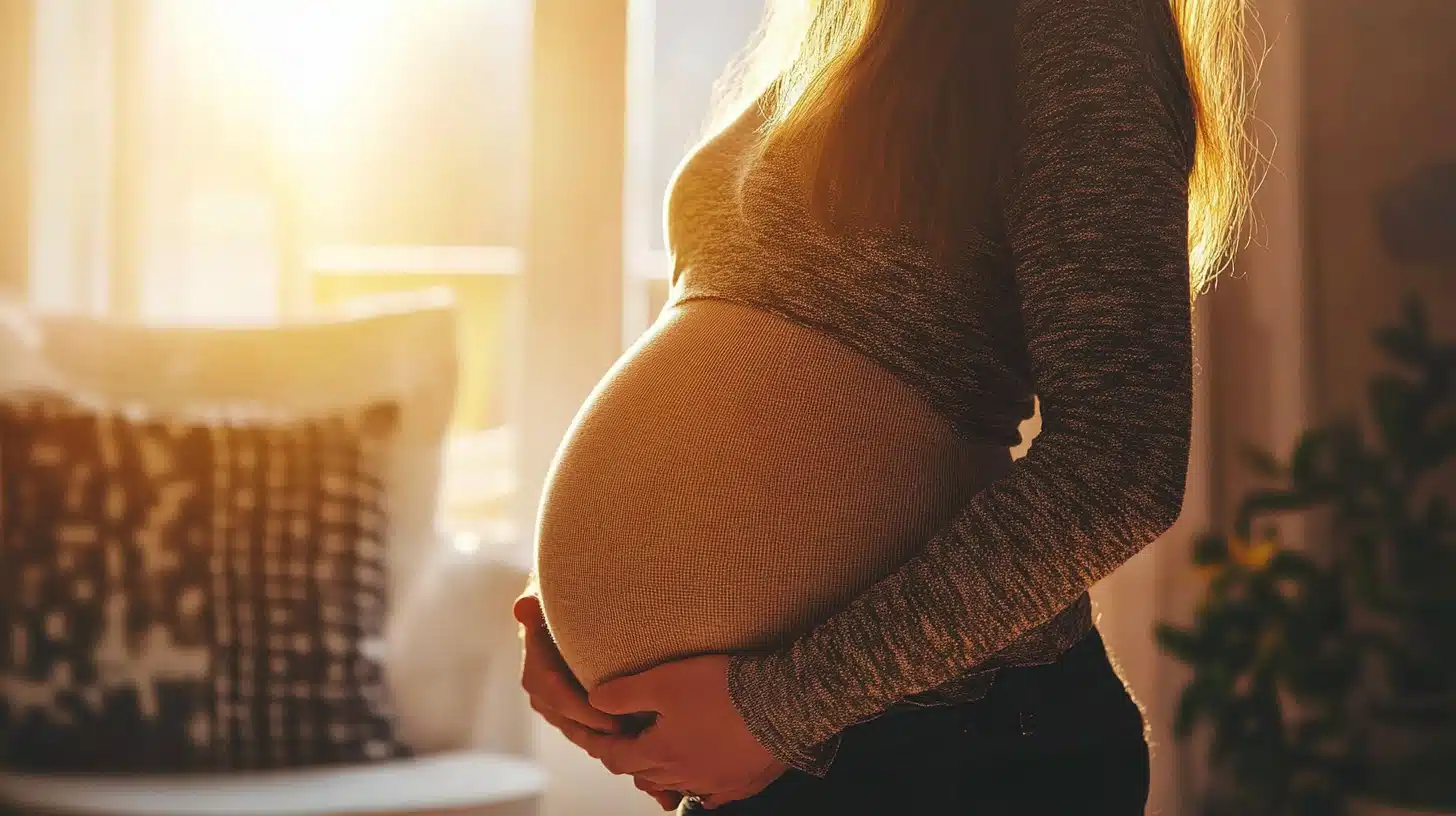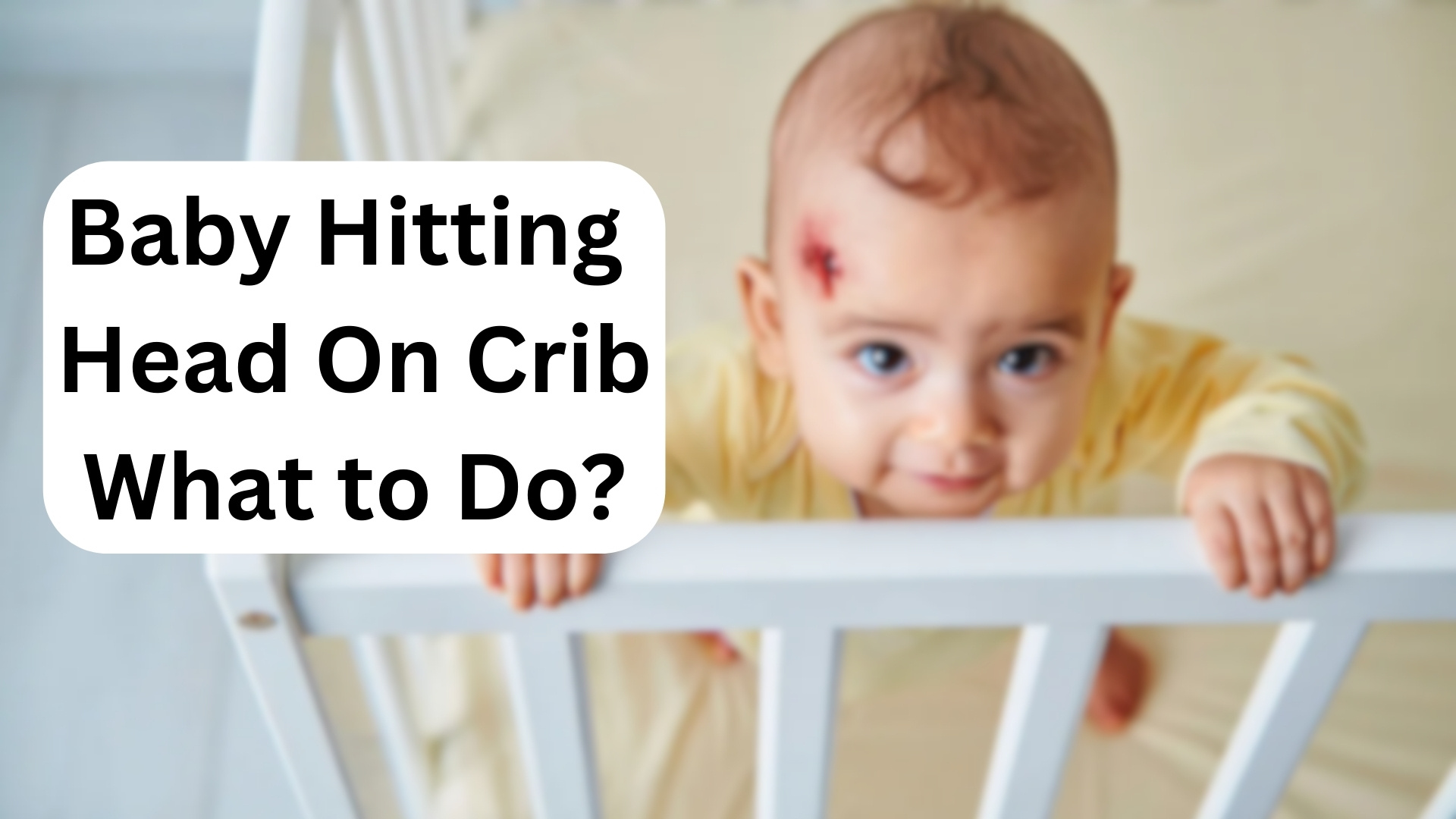
Are you worried because your baby keeps hitting their head on the crib? Many parents feel scared when they see or hear their little one bumping against a hard surface.
It’s completely normal to be concerned about your baby’s safety and well-being.
This guide will help you understand why babies hit their heads, when you should worry, and what steps you can take to keep your little one safe.
Most head bumping is actually a normal part of development, though it can be stressful to watch.
You’ll learn practical ways to protect your baby during sleep time and gain confidence in knowing the difference between normal behavior and situations that might need medical attention.
With the right information, you can help your baby sleep safely while giving yourself peace of mind.
Why Do Babies Hit Their Heads on Cribs?
Babies often hit their heads on cribs as a self-soothing technique. This surprisingly common behavior typically occurs between 6 months and 2 years of age.
When your baby bangs their head against the crib, they’re usually trying to comfort themselves before sleep. The rhythmic motion creates a calming effect similar to rocking. Some babies also use headbanging to release excess energy or express frustration when tired.
Though it looks worrisome, babies rarely hurt themselves – they instinctively control the force of their movements.
This behavior usually disappears by age 3. Until then, ensure crib safety by using a firm mattress and removing pillows or bumpers.
If headbanging seems excessive or happens with other concerning behaviors, consult your pediatrician.
Understanding Head Banging: Normal Patterns and Concerns
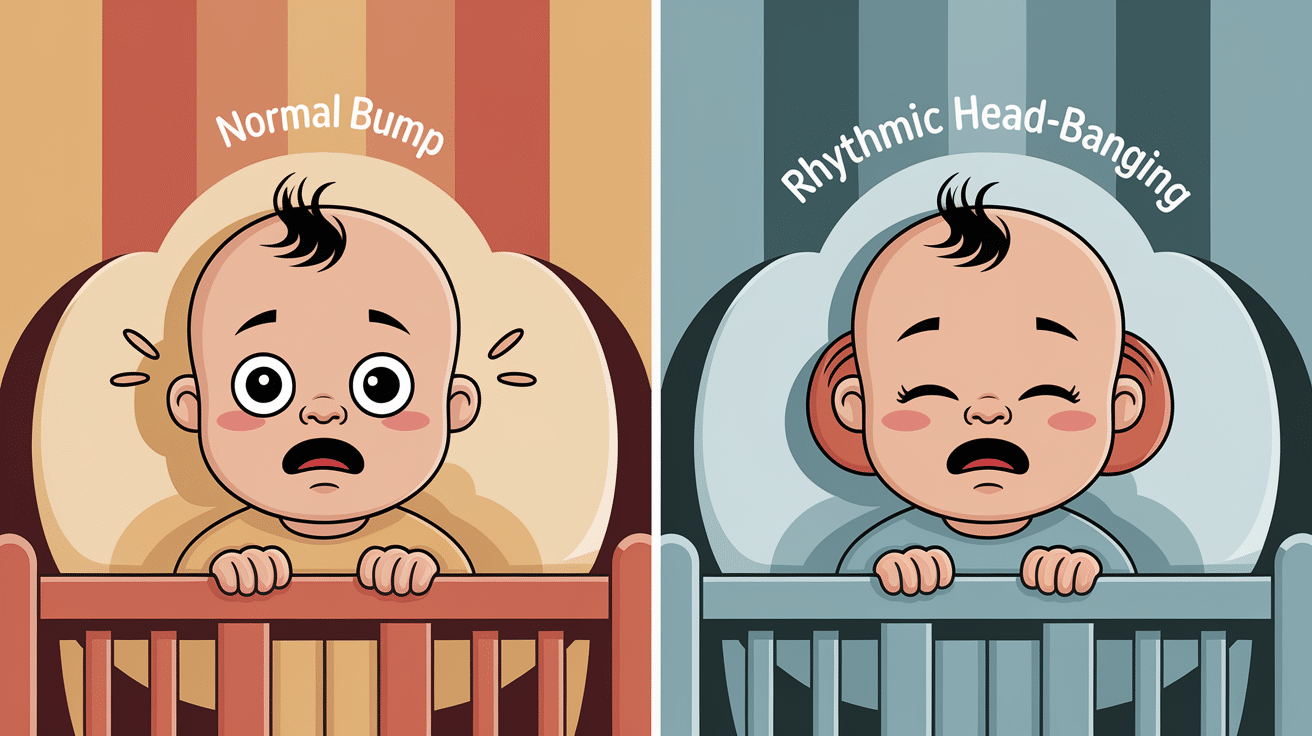
Occasional head bumping while moving in the crib is normal, but excessive force, frequent disruption of sleep, or signs of pain require attention. Head-banging past 18 months or alongside developmental delays may warrant medical consultation.
Typical head-banging patterns
Head banging typically emerges between 6 and 9 months and affects roughly 20% of babies. This behavior often serves as a self-soothing mechanism before sleep, a way to release energy or express frustration, a response to pain, such as teething discomfort, or a means to create calming rhythmic sensations.
Most children naturally moderate the force to avoid injury and outgrow this habit by age 3.
Warning signs that might require medical attention
Seek medical advice if head-banging becomes extremely intense, causes visible injuries, or is accompanied by developmental delays. Be concerned if this behavior persists beyond age 3, suddenly intensifies, or interferes with normal activities and sleep patterns.
Difference between occasional bumps and rhythmic head-banging
Occasional bumps happen accidentally and cause distress, while rhythmic head-banging is deliberate, consistent, and often appears calming to the child. Rhythmic banging typically occurs during specific situations like bedtime or frustration and may accompany other self-soothing behaviors.
How Common Is Head Banging?
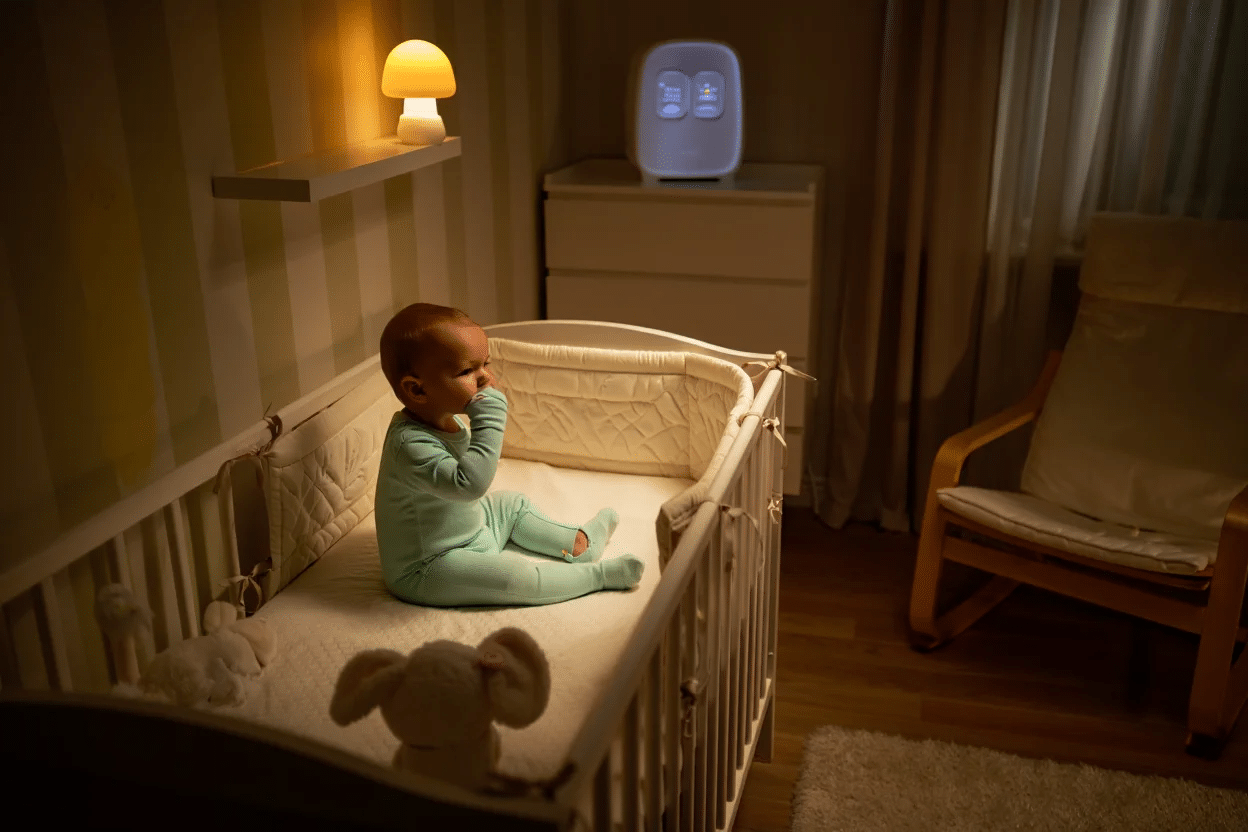
Head banging in babies and toddlers is actually quite normal and happens more often than many parents realize.
According to the American Academy of Pediatrics (AAP), head banging is one of the most common self-comforting habits in infancy, like thumb sucking. This behavior usually starts around 6 months of age and can continue until 3 years old, with most children outgrowing it by age 2.
Boys are about three times more likely than girls to bang their heads. Most children who do this are otherwise perfectly healthy and developing normally.
According to pediatric experts, headbanging is just one of several rhythmic behaviors that young children might try as they grow.
Parents should know that while it may look scary, in most cases, headbanging is not harmful and does not cause brain damage or indicate a serious problem.
Could Head Banging Be a Sign of Autism?
While headbanging can occur in some children with autism, it’s important not to jump to conclusions. Most babies who hit their heads on cribs show normal developmental behavior. Head-banging alone is not enough to diagnose autism.
In typical babies, headbanging often starts around 6 months and usually stops by age 3. It’s frequently a self-soothing behavior or a way to release energy.
For autism concerns, look for additional signs like:
- Limited eye contact
- Not responding to their name
- Delayed speech or language skills
- Repetitive movements beyond headbanging
- Strong reactions to certain sounds, textures, or lights
If you’re worried about your baby’s development, talk to your pediatrician. They can help determine if further evaluation is needed.
Tips to Help Improve Baby Sleep While Banging Head
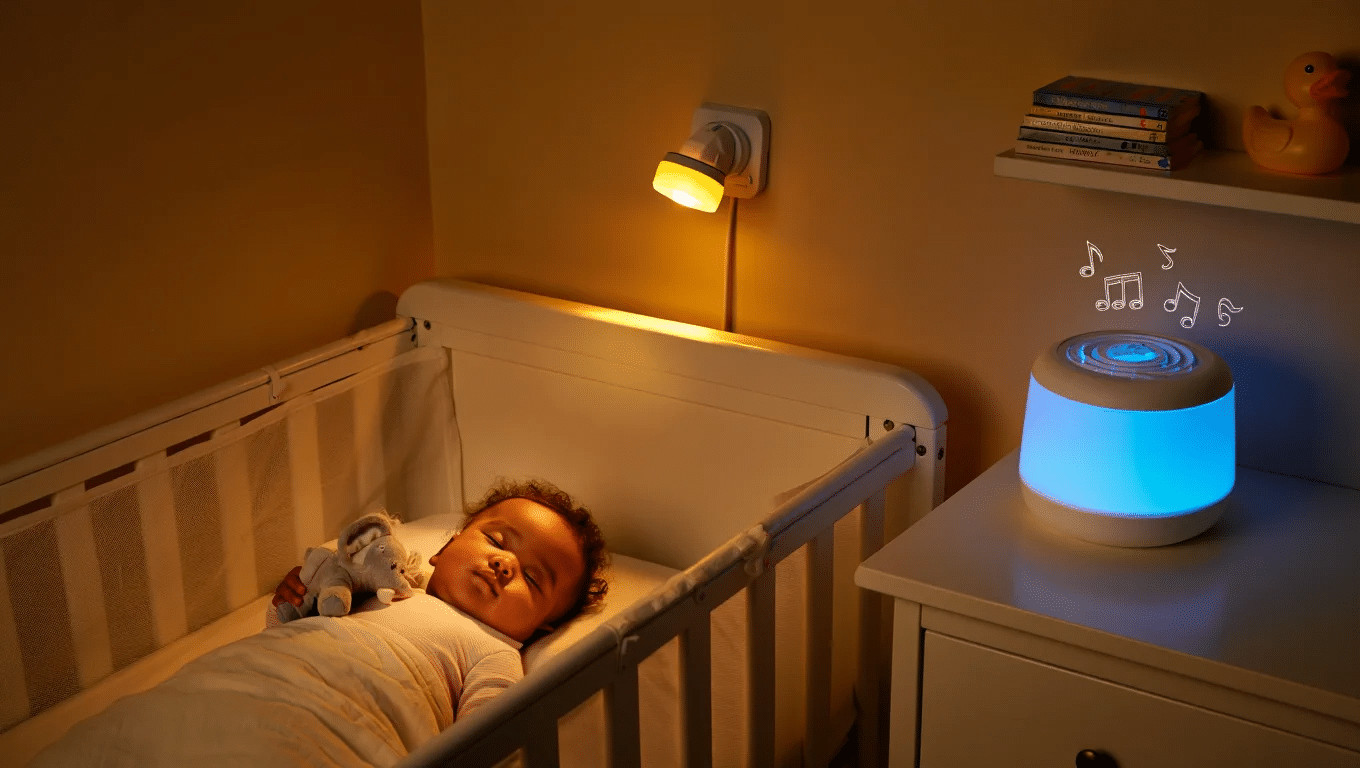
This behavior is usually normal but can be concerning for parents. Here are some helpful strategies to improve your baby’s sleep while managing headbanging:
- Set up a consistent bedtime routine every night. Babies thrive on predictable patterns. A warm bath followed by a story and gentle rocking can signal to your baby that it’s time to sleep.
- Use white noise machines or soft lullabies in the nursery. These gentle sounds can mask household noises and provide comfort to babies who bang their heads as a self-soothing technique.
- Make sure the crib is safe, with properly fitted sheets and no loose bedding. Consider using mesh crib liners or bumpers specifically designed for safety to provide cushioning.
- Reduce stimulation before bedtime by dimming lights and avoiding active play. Too much excitement can make it harder for babies to settle down and may increase headbanging.
- Teach gentle self-soothing methods like holding a small comfort blanket or soft toy. These alternatives can help your baby learn to calm themselves without needing to bang their head.
When to Consult a Pediatrician?
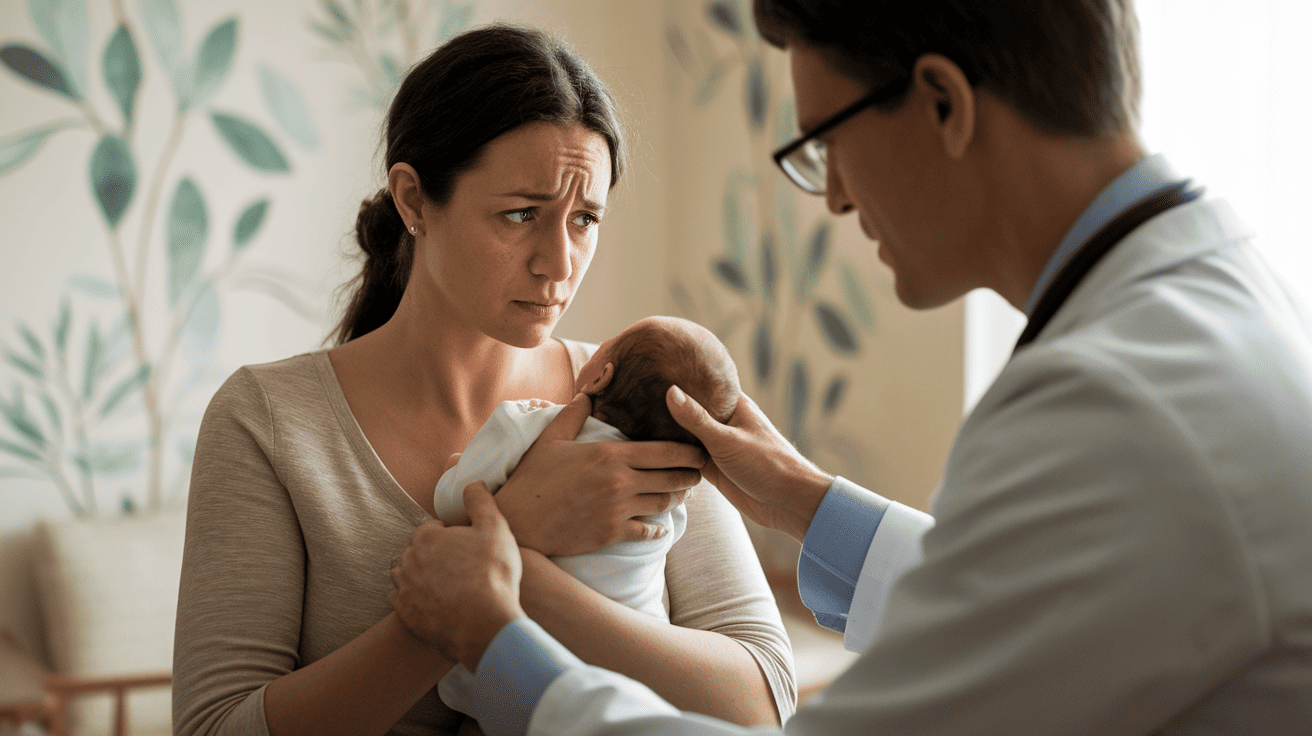
Head banging is usually a behavior that stops on its own as babies develop. However, parents should contact a doctor when they notice certain concerning signs:
- Injuries such as bruising, swelling, or cuts from the head banging
- Extremely frequent headbanging that occurs throughout most of the day
- Signs that your baby is in pain, like crying during or after headbanging
- Loss of skills your baby once had
- Headbanging that continues past age three
If you notice any of these red flags, don’t hesitate to contact your pediatrician. They can check for underlying medical issues or refer you to a developmental specialist if needed.
Most cases aren’t serious, but it’s always better to get professional advice when you’re worried about your baby’s health and development.
The Bottom Line
Don’t worry—babies hitting their heads on cribs is usually just a normal part of growing up. This behavior typically disappears on its own as your baby develops.
Keep your little one safe by adding padding to crib rails and making sure the crib is up to safety standards. Pay attention to warning signs that might need medical help, such as if your baby seems hurt or if the head hitting becomes more intense.
You are the expert on your baby. If something seems off, call your doctor right away. They can help determine if there’s a reason to be concerned.
Most babies stop hitting their heads by toddlerhood. With your loving support, your baby will move past this stage just like millions of other children have done.
This phase is temporary, and your careful watching and care will help your baby through it.
If you’re interested in more informational content on mothers and babies, feel free toclick here and explore other blogs that you might enjoy.

